Watercolor Boot Camp
Students were taken through a series of watercolor tasks such as creating a watercolor mixing grid, watercolor scales, and watercolor techniques.
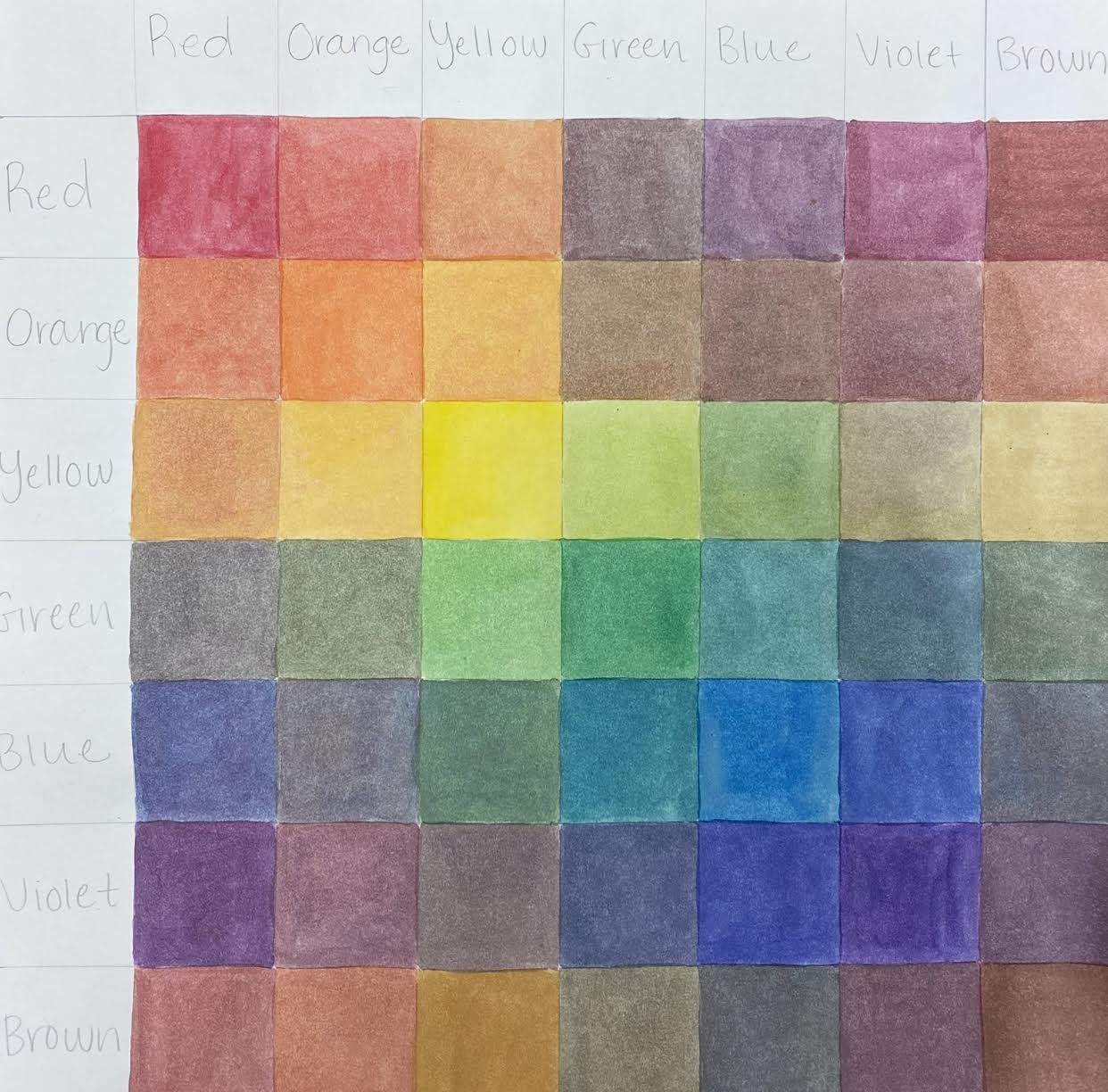
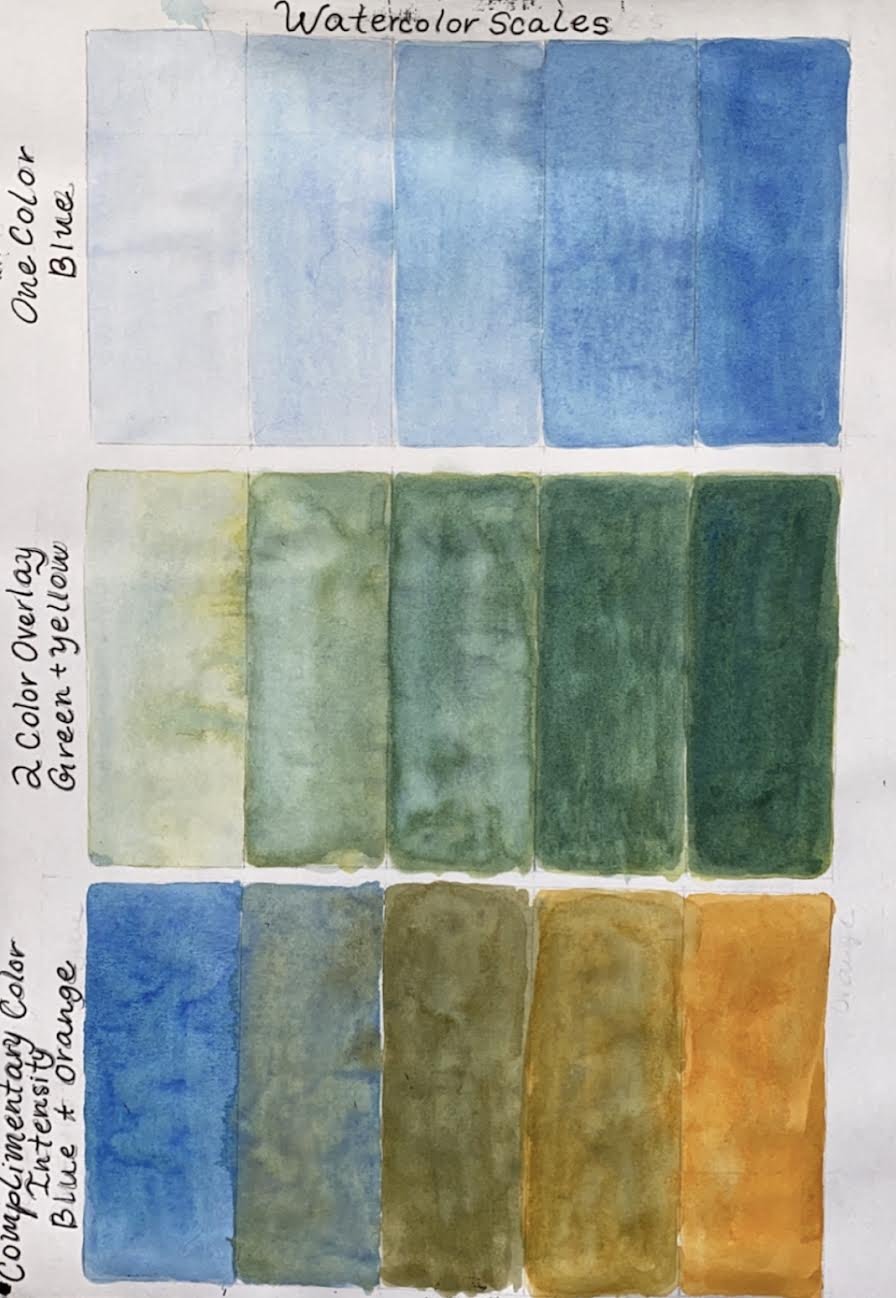
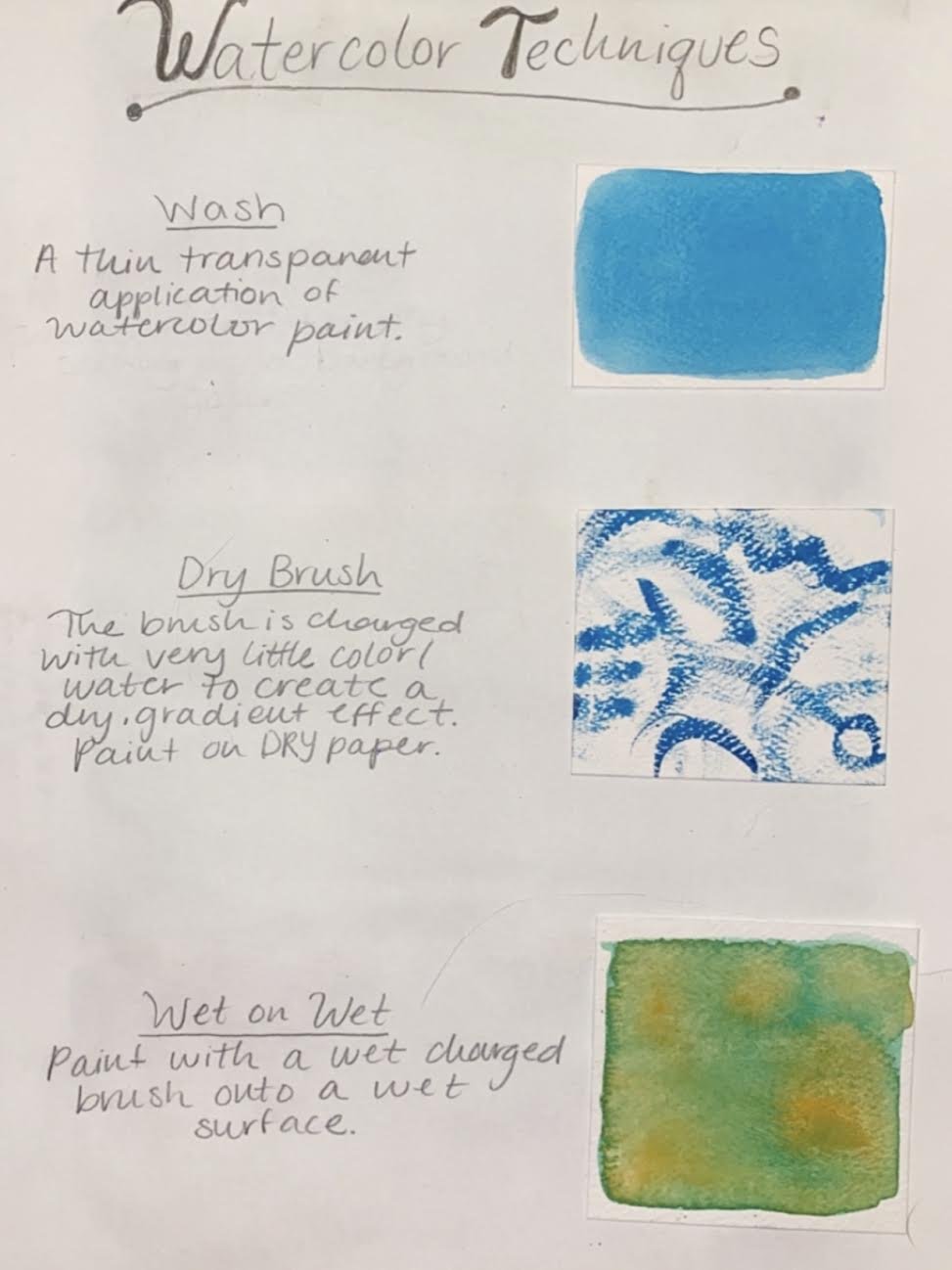

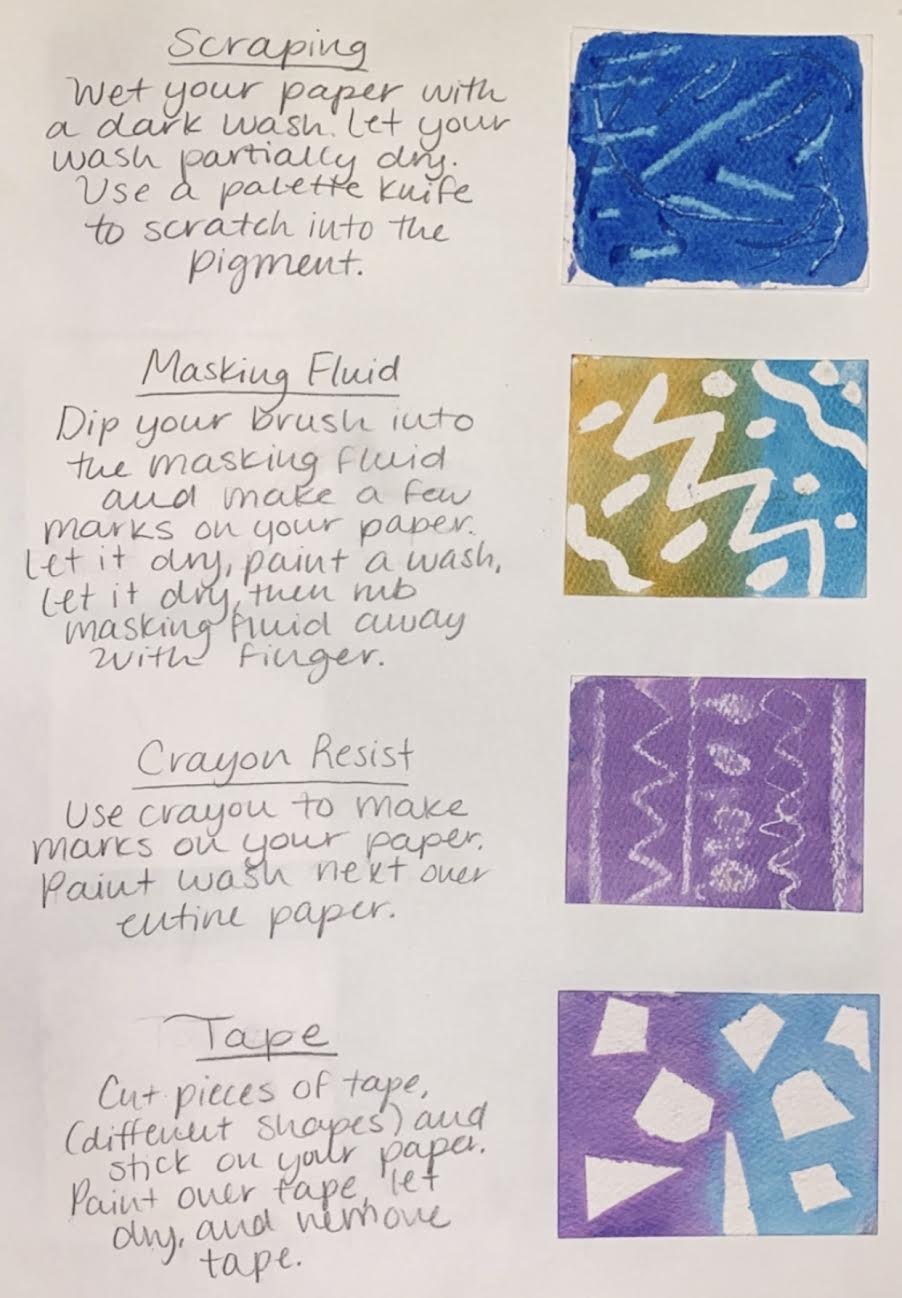
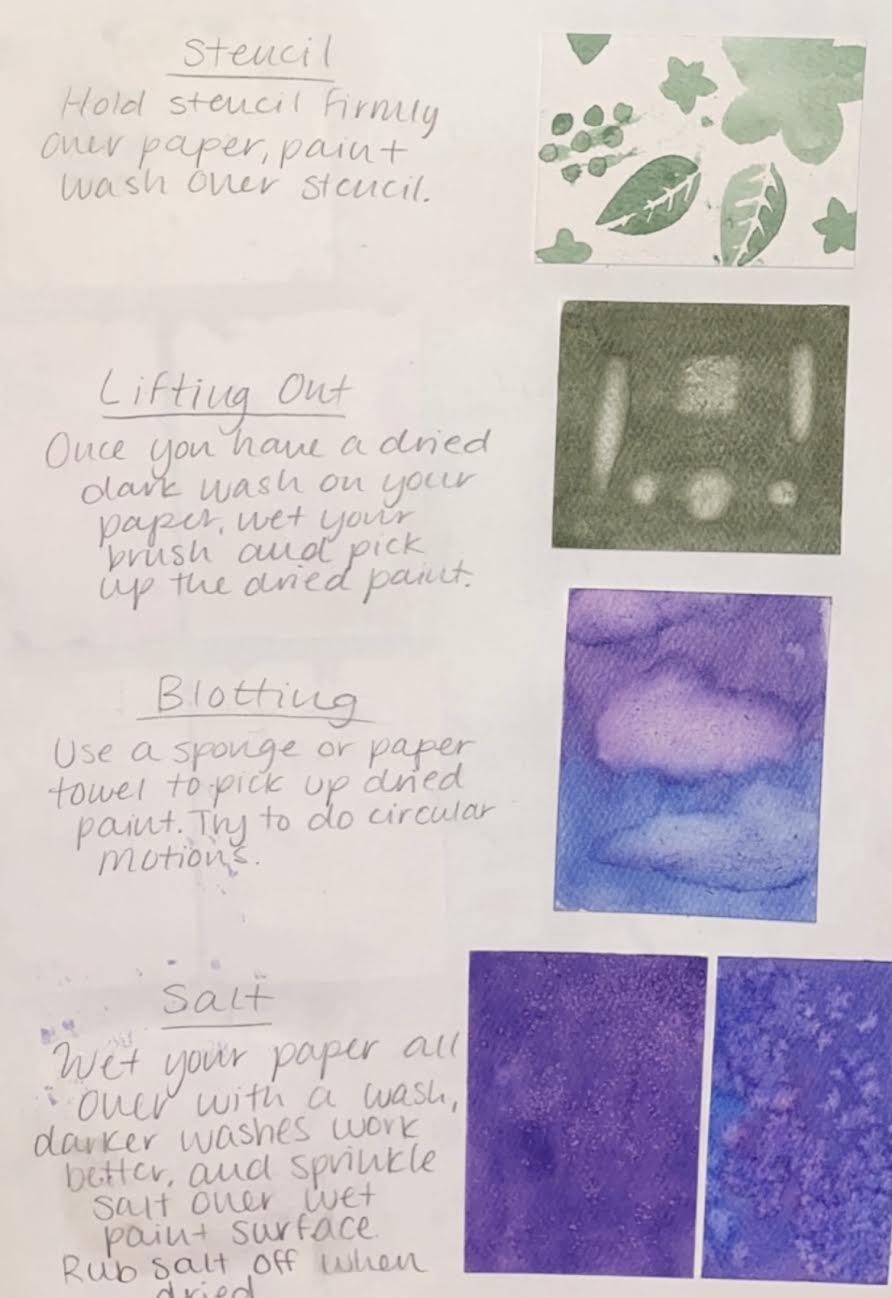
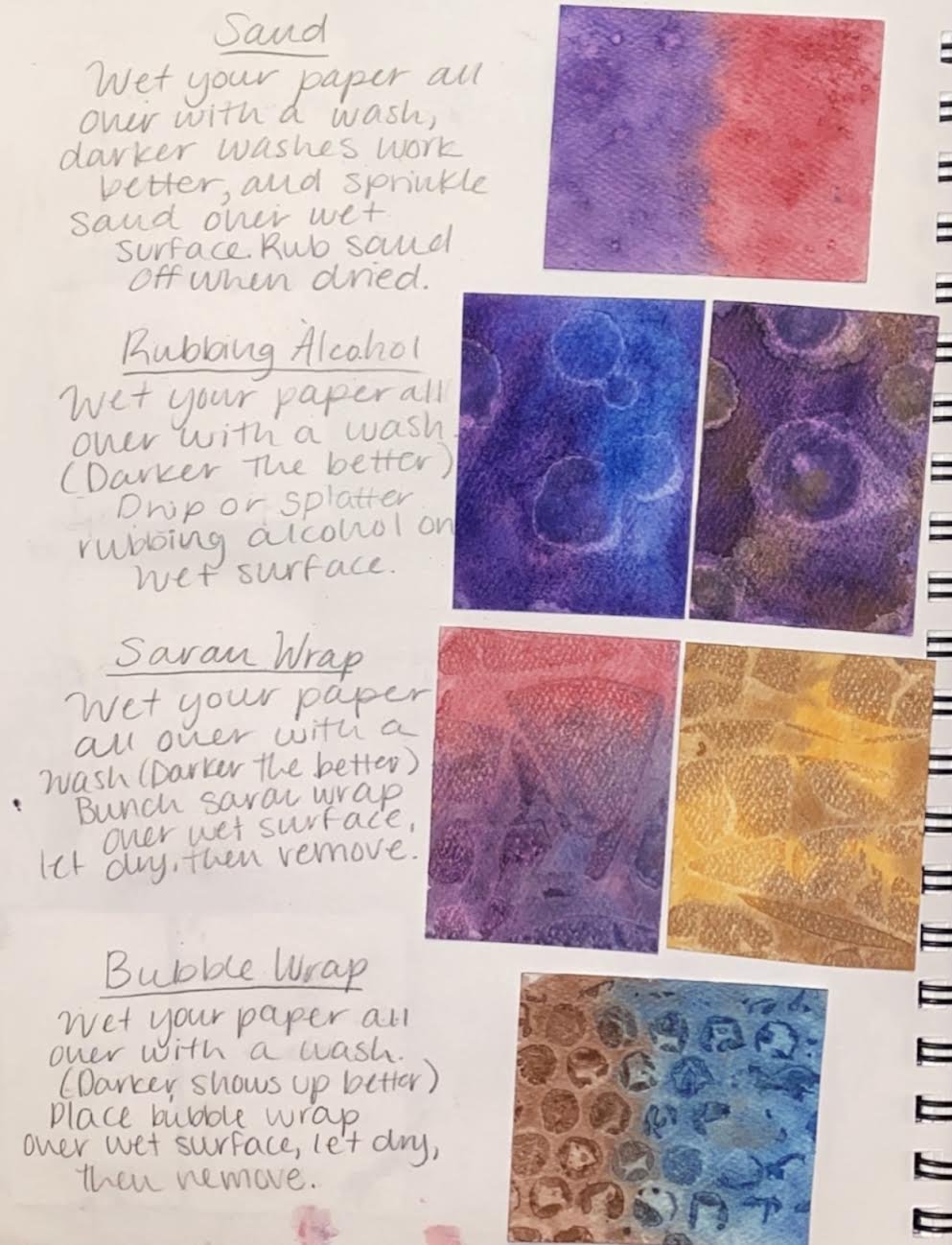
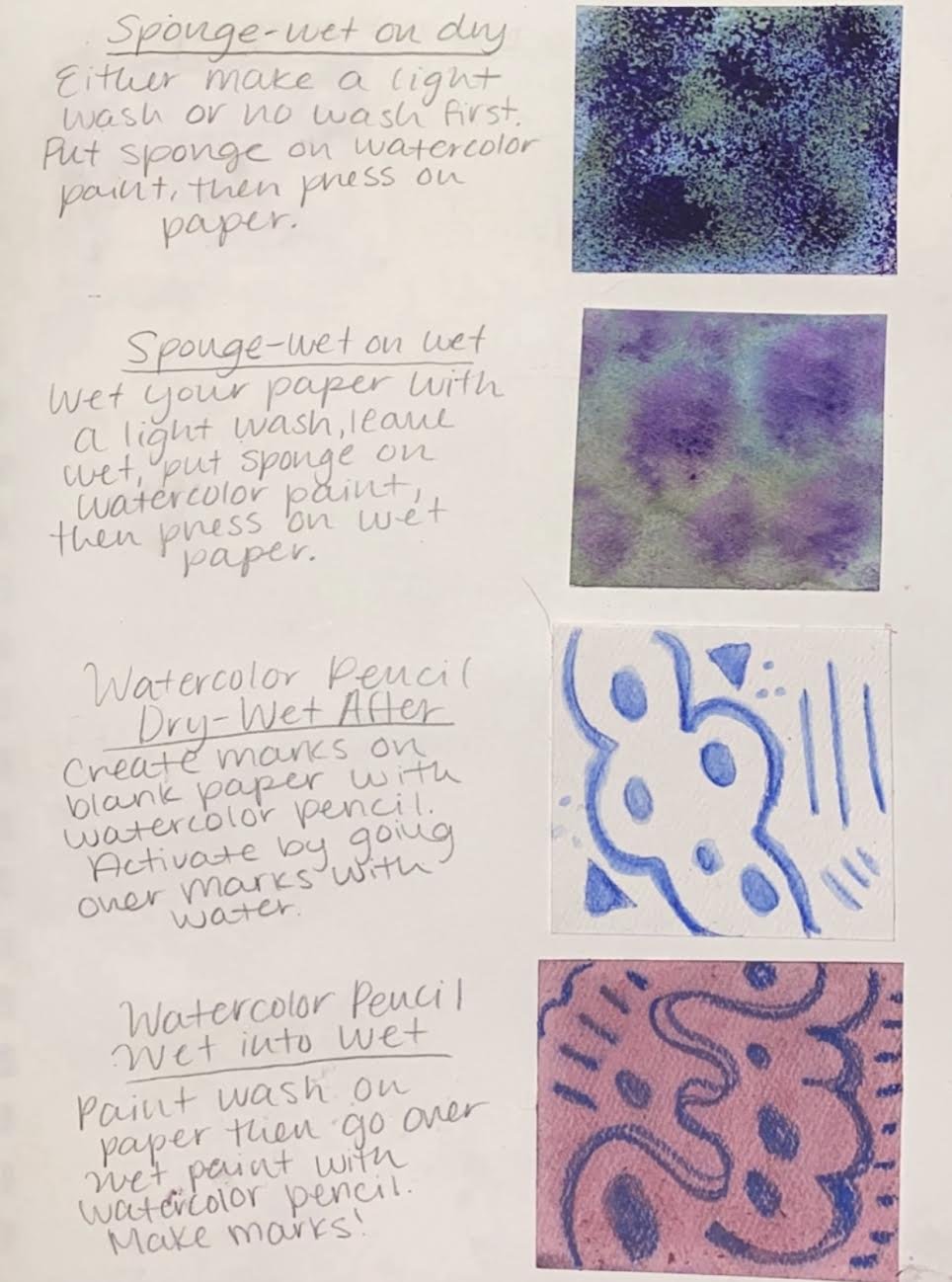
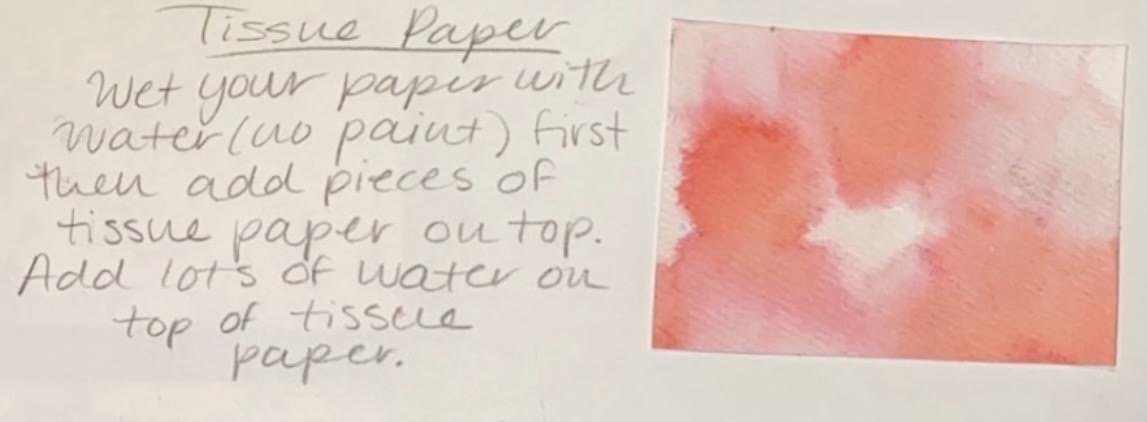
Watercolor Fur, Feathers, & Scales Exercise
Students practiced fur, feathers, and scales to prepare them for their watercolor spirit animal project. Students were given a variety of close ups of different animals and chose which area they would like to focus on for their fur, feathers, and scales exercise. Students sketched each one before starting the painting process using the grid method to help them achieve accuracy.
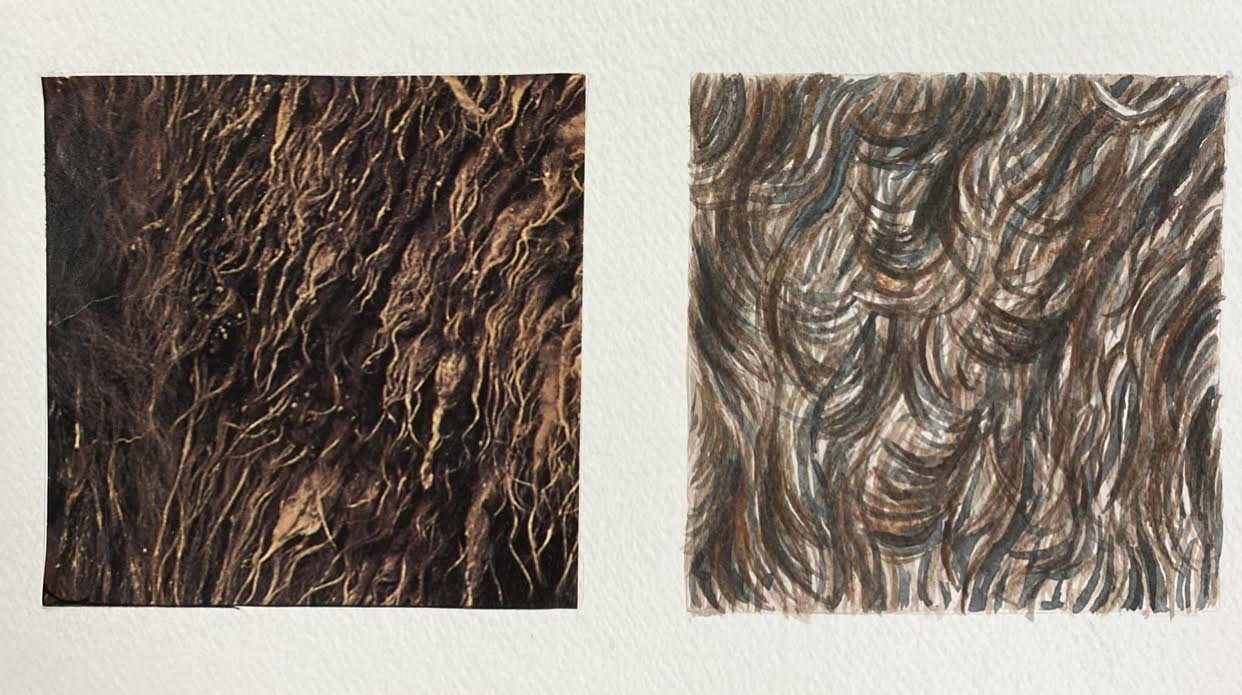
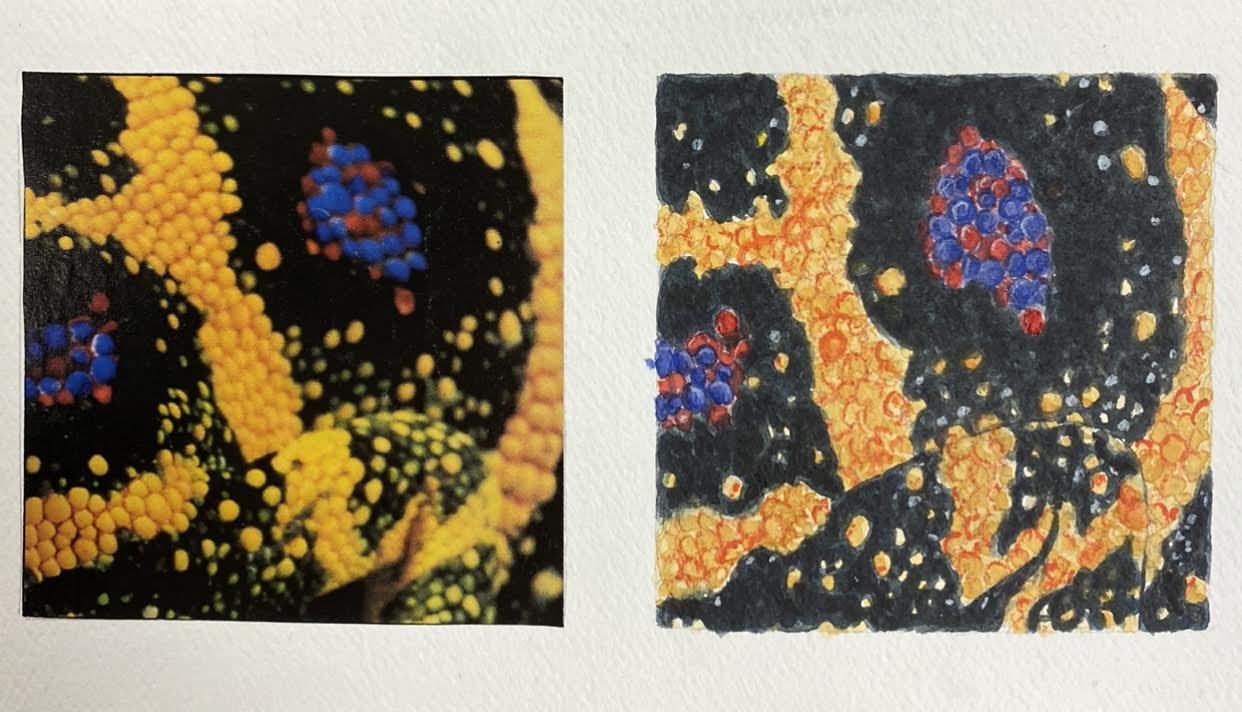
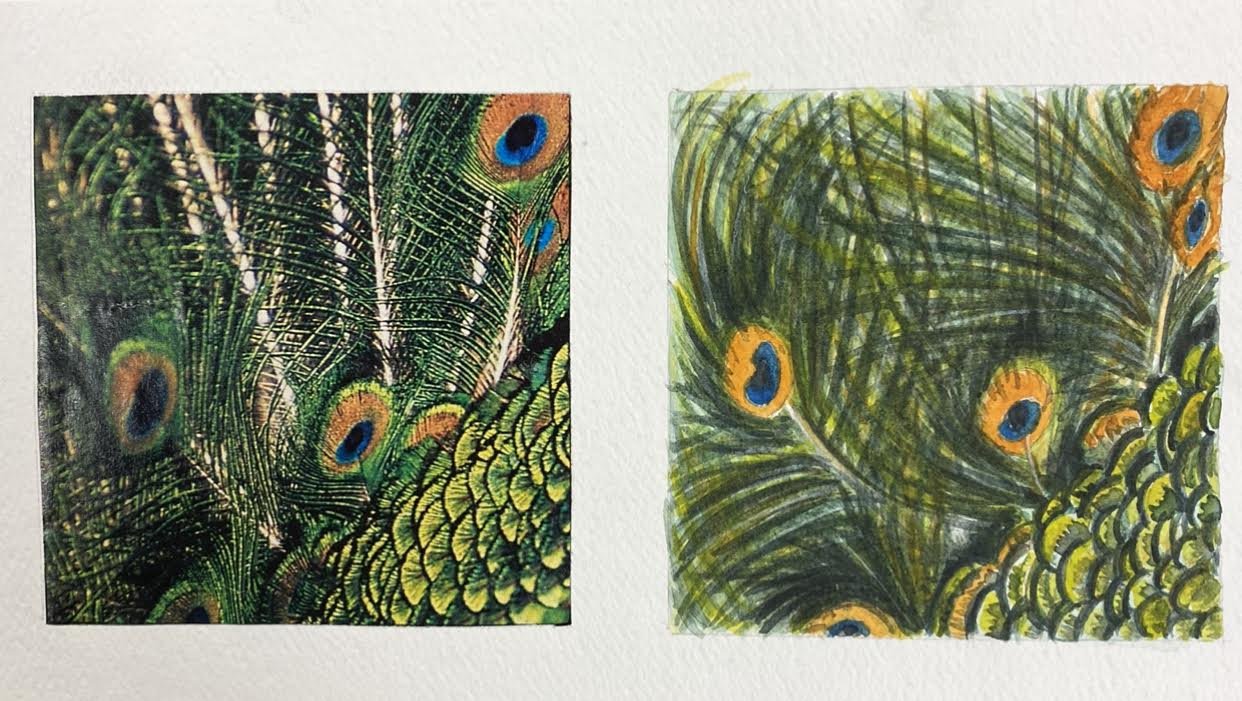
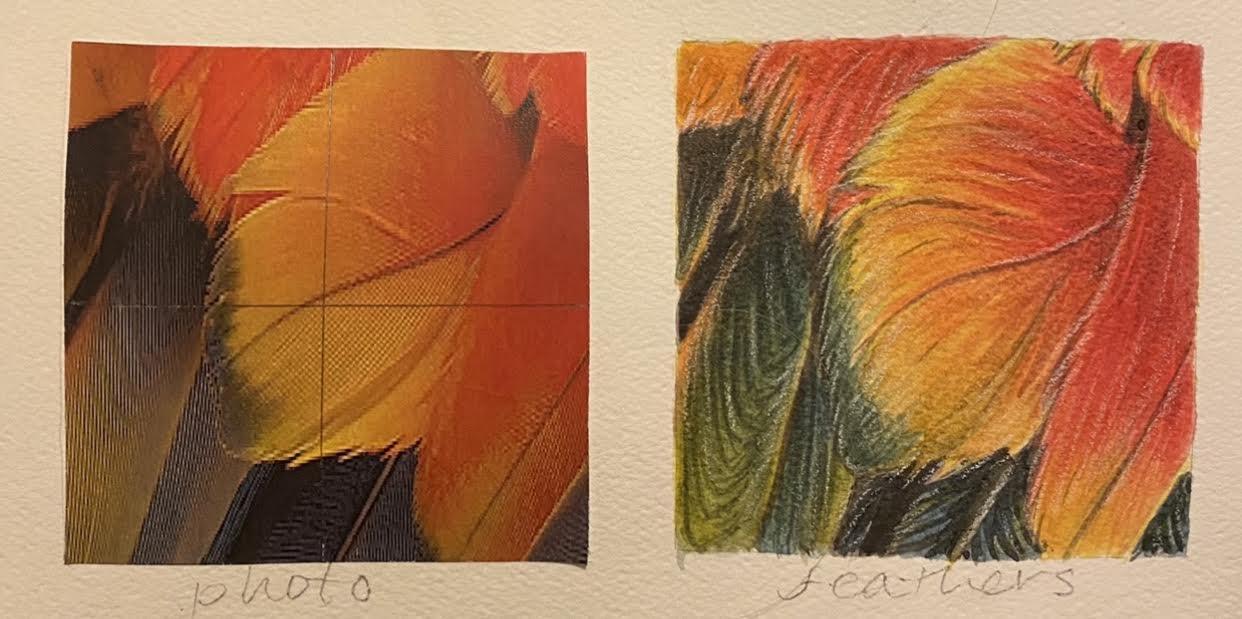
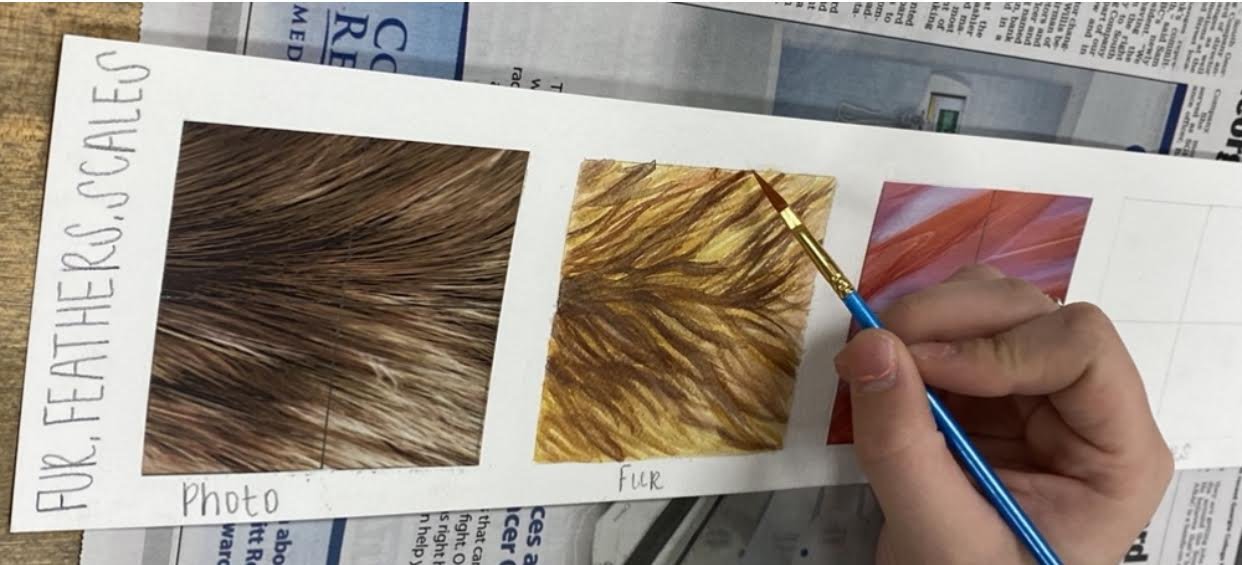

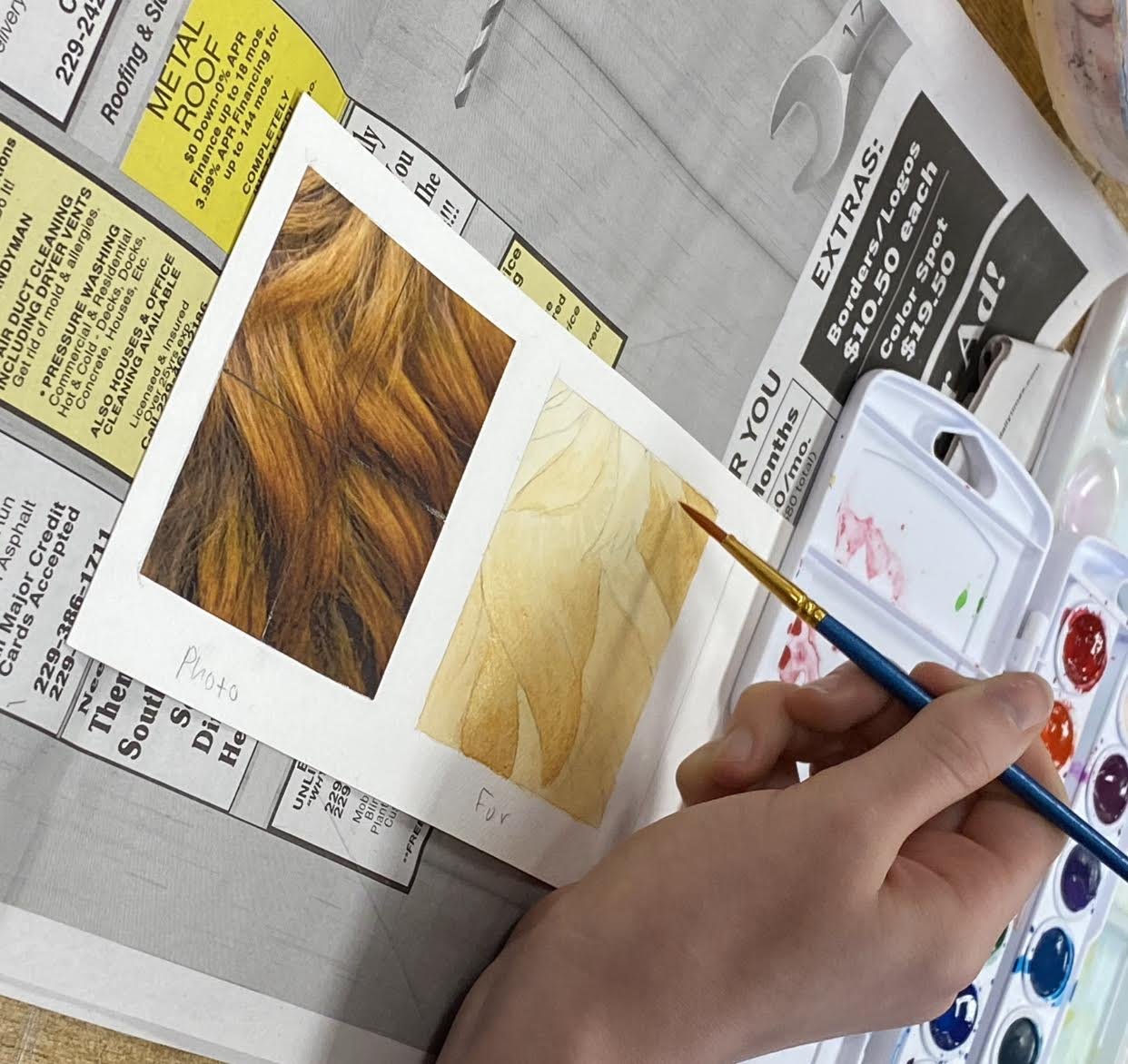
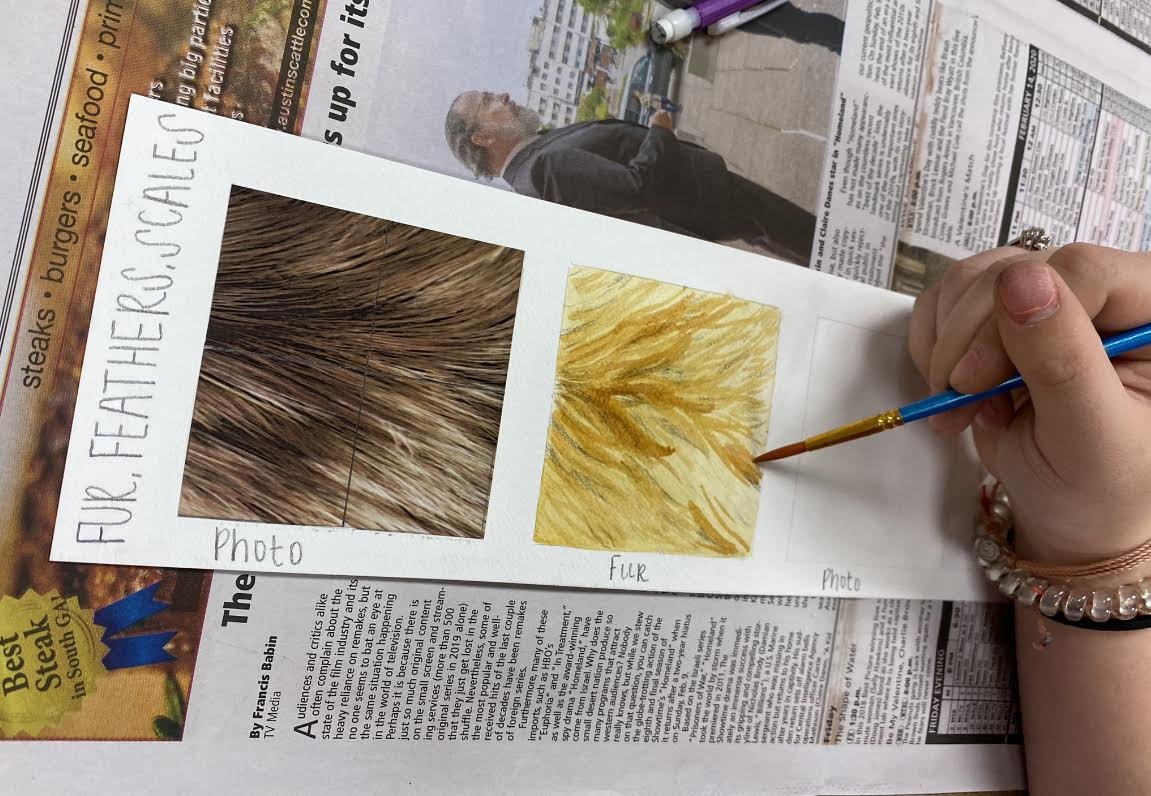
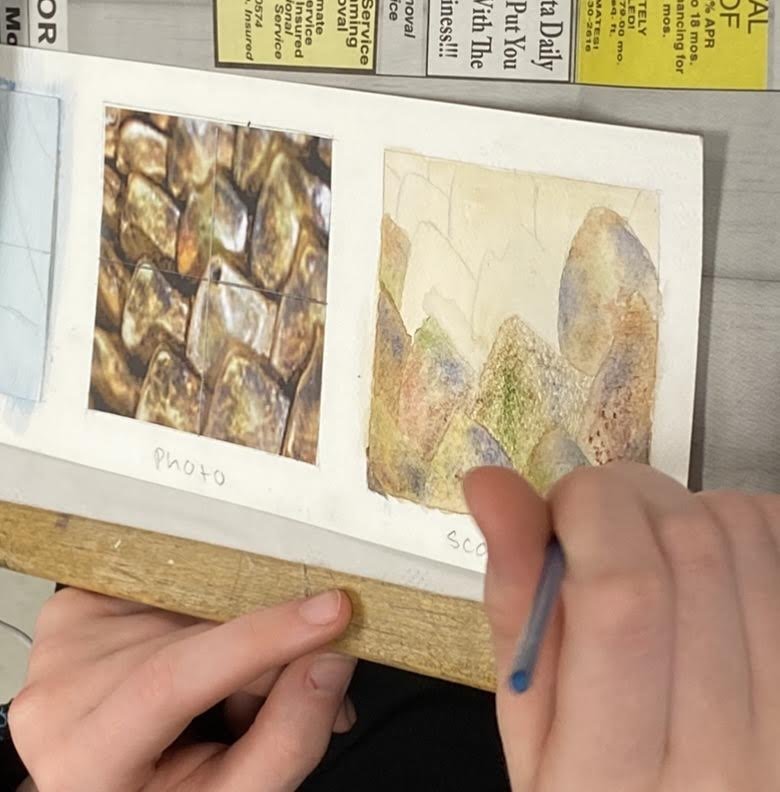
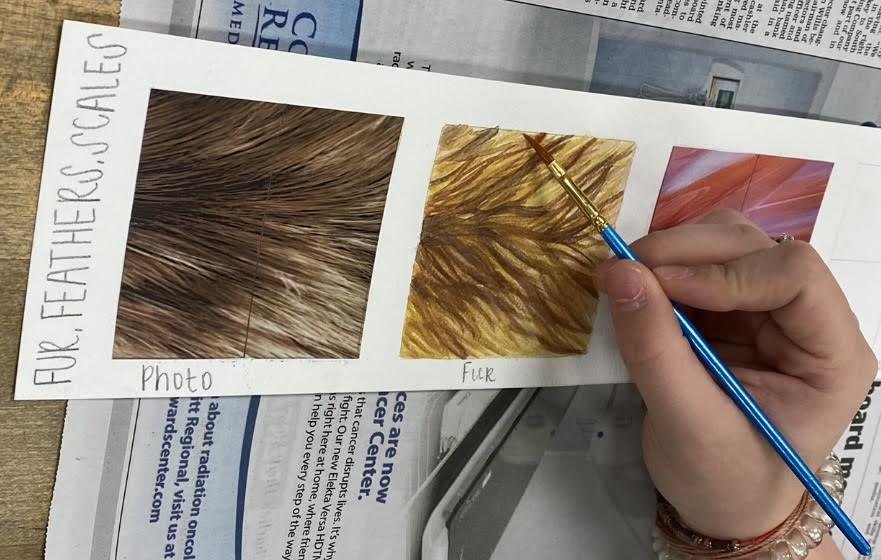
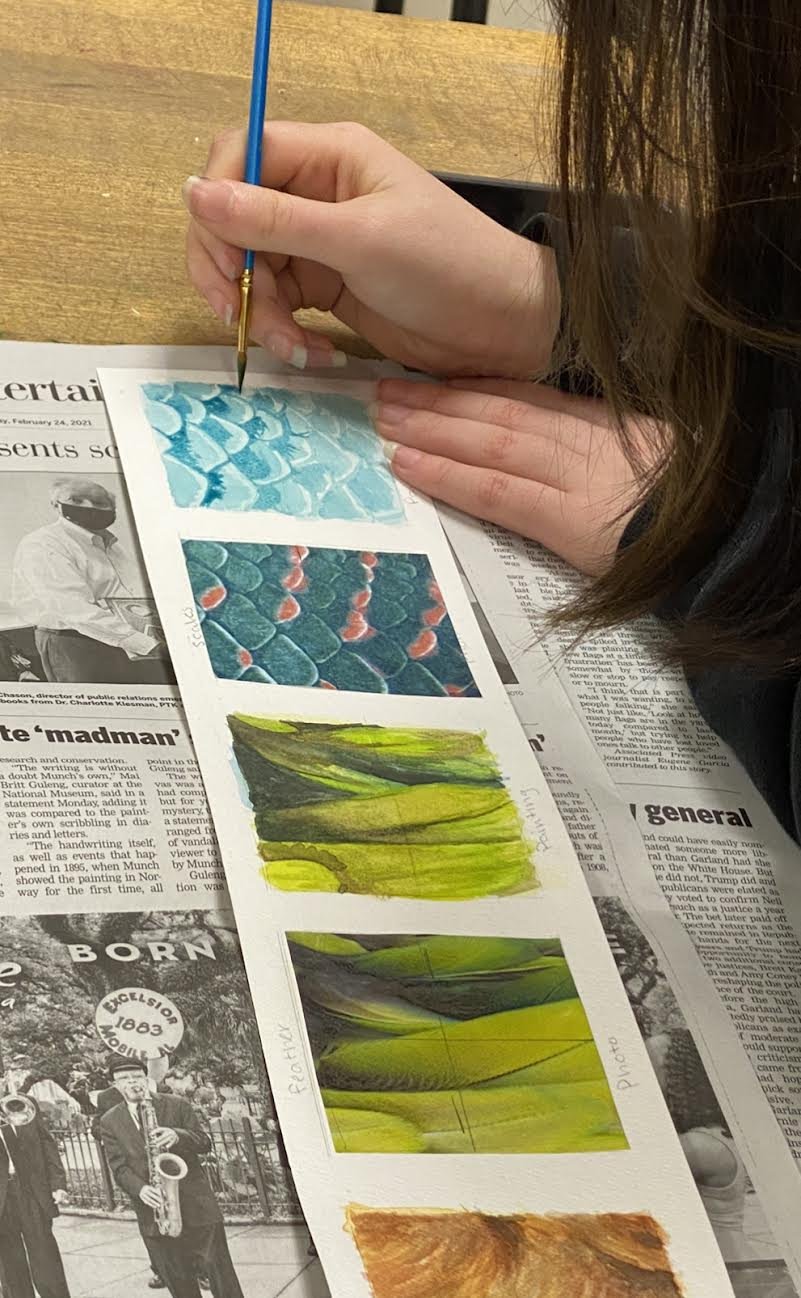
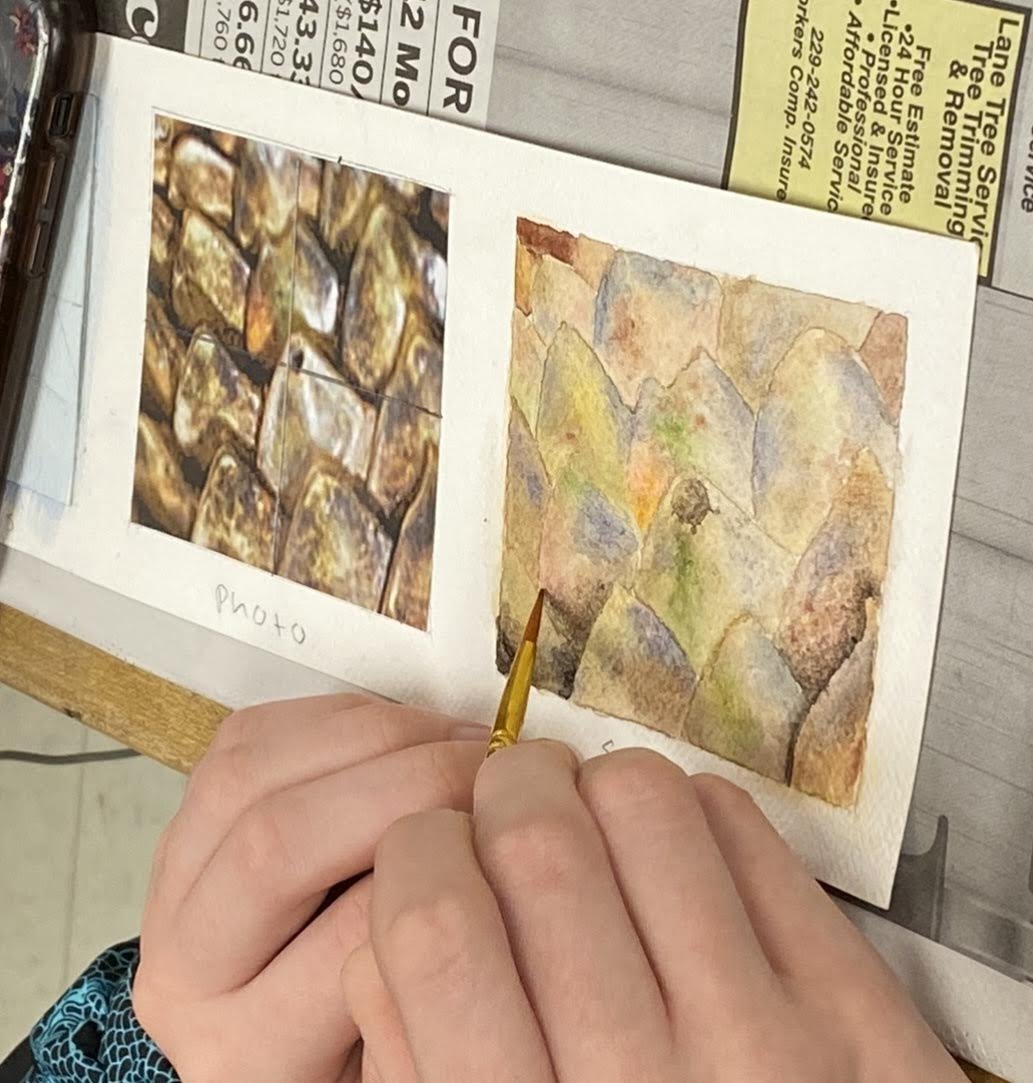
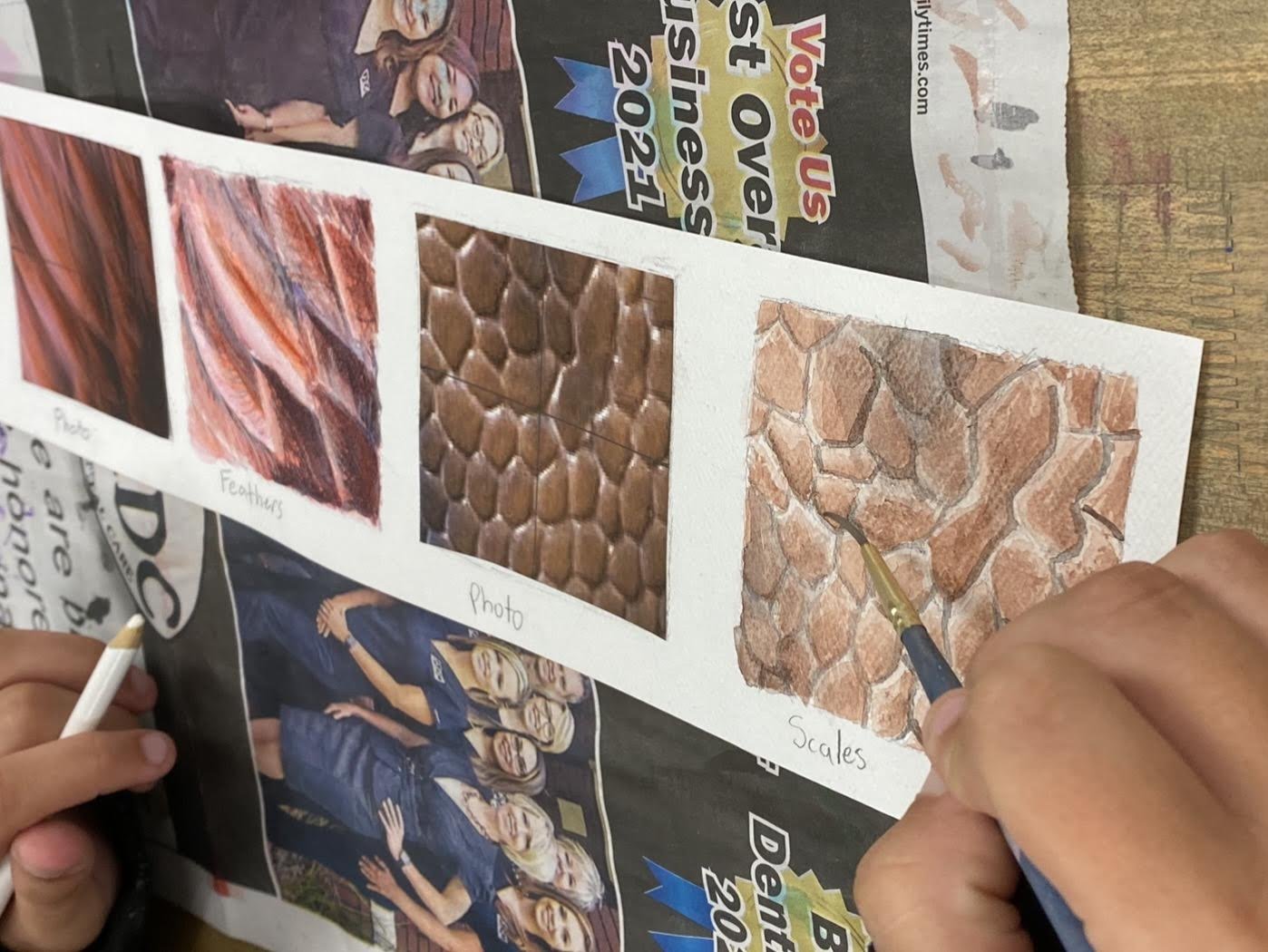
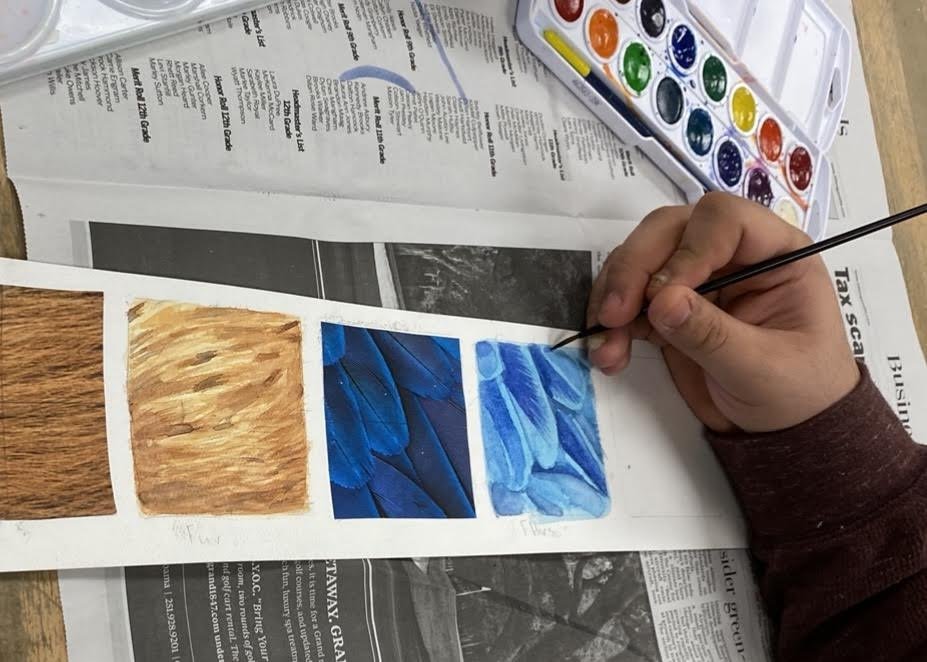
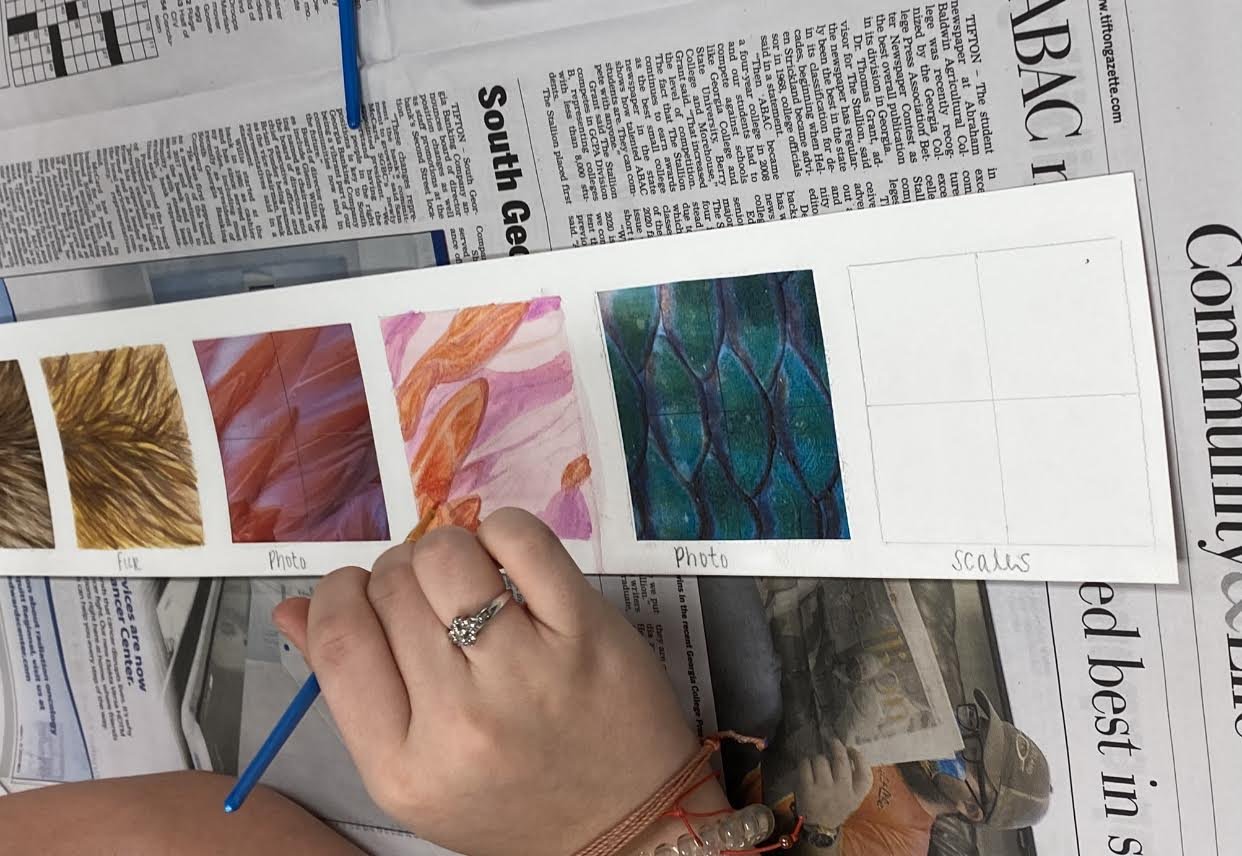
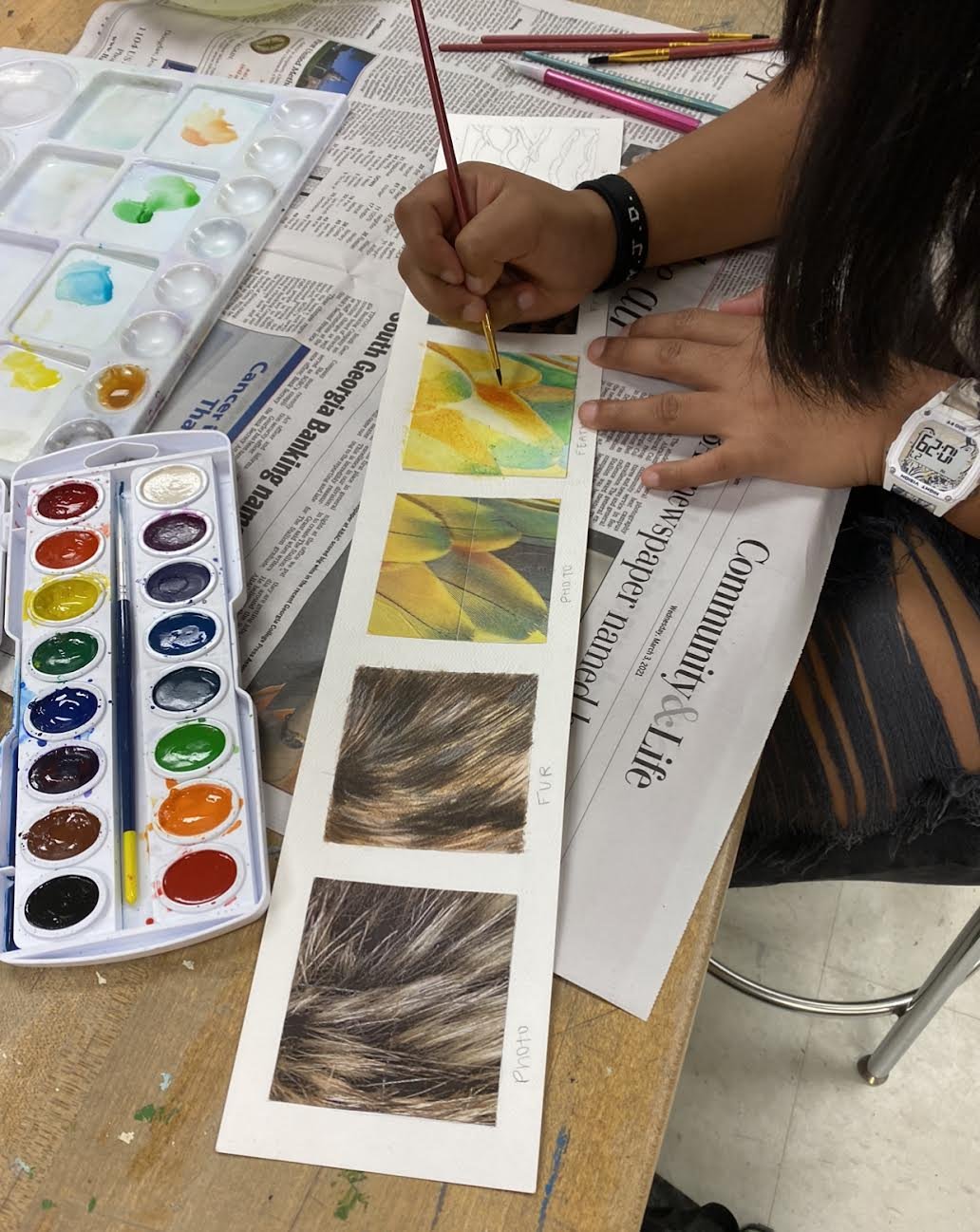
Spirit Animal Sketchbook Pages
Students were asked to create a two page sketchbook spread of two different sprit animals that they felt like they shared common traits with. Alyse also asked her students to incorporate the following in their sketchbooks: color swatches for each spirit animal, traits about each animal, symbols for each animal, and features of each animal.
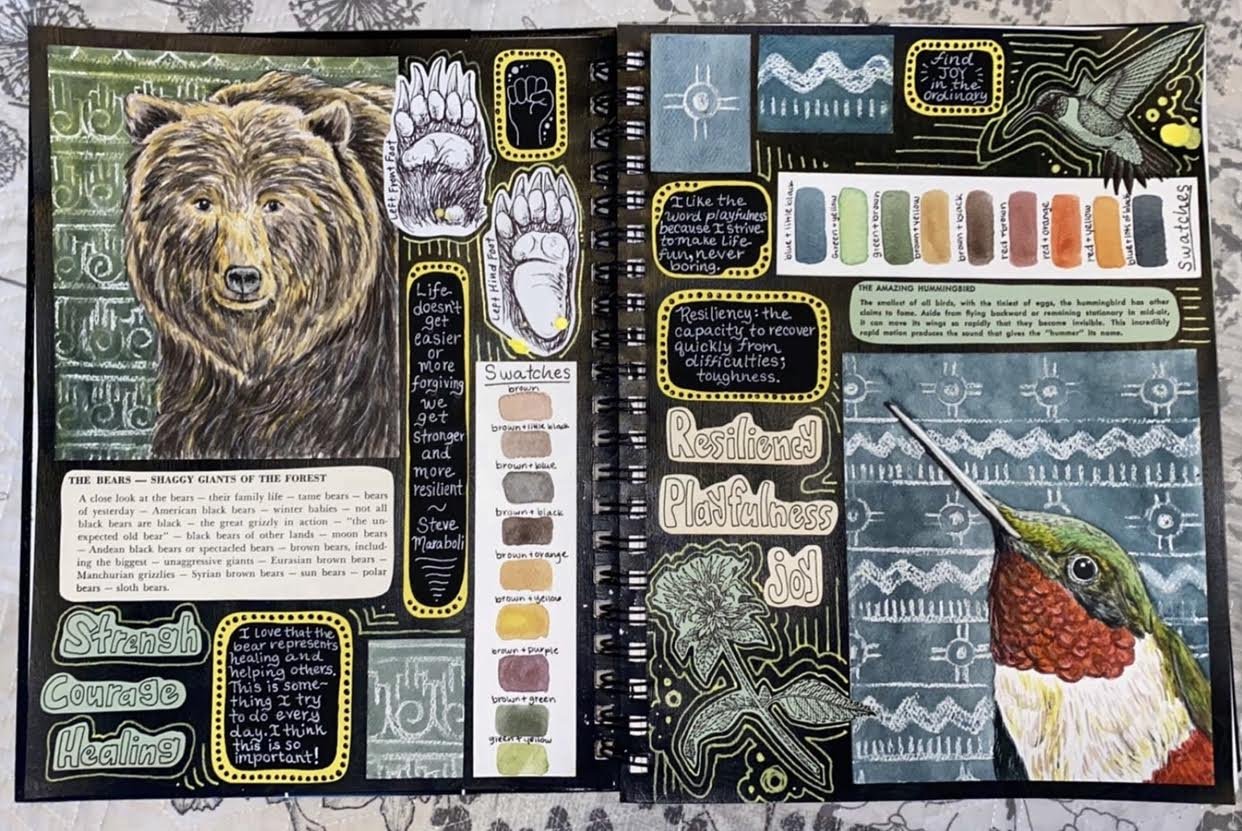
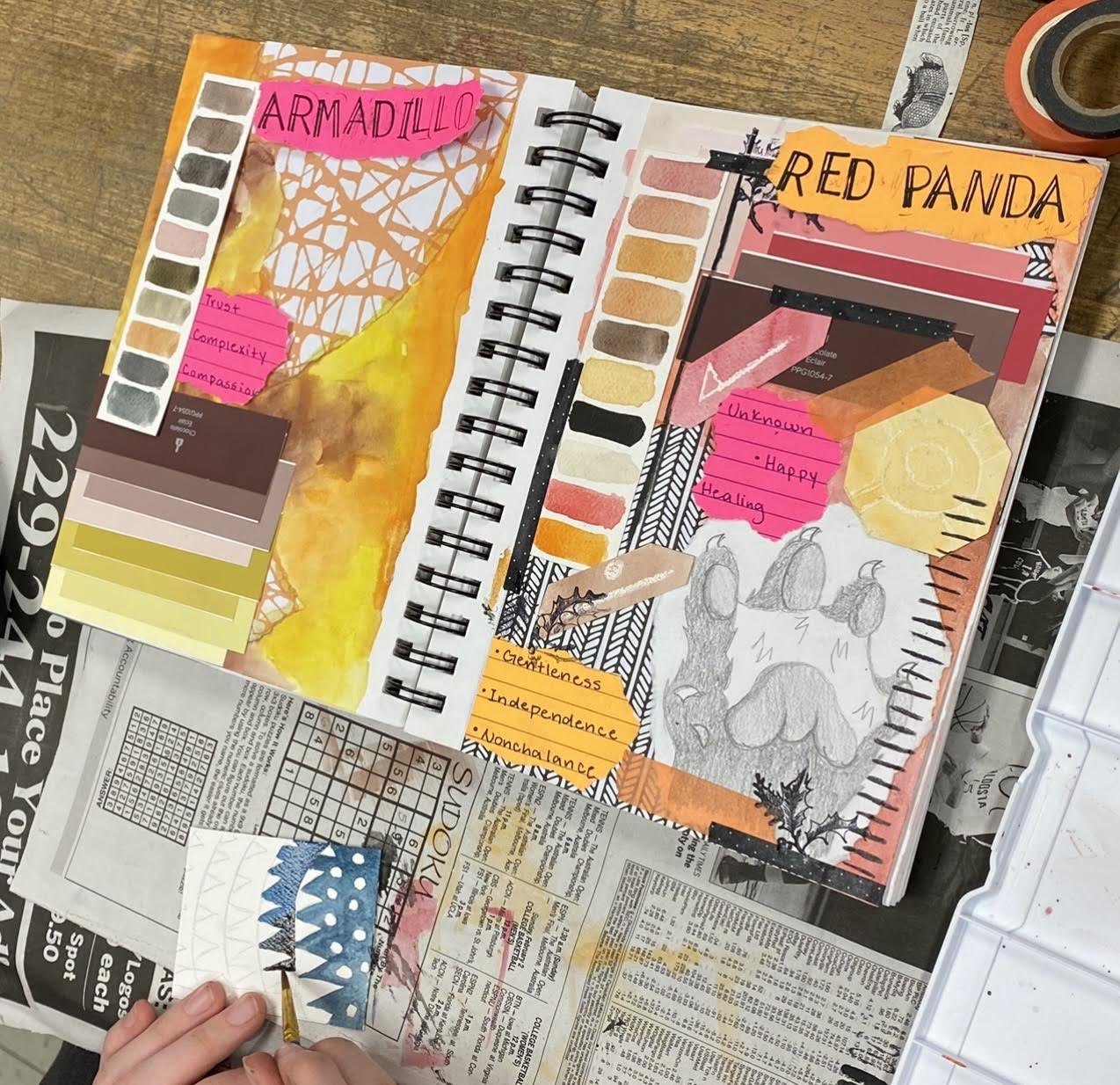
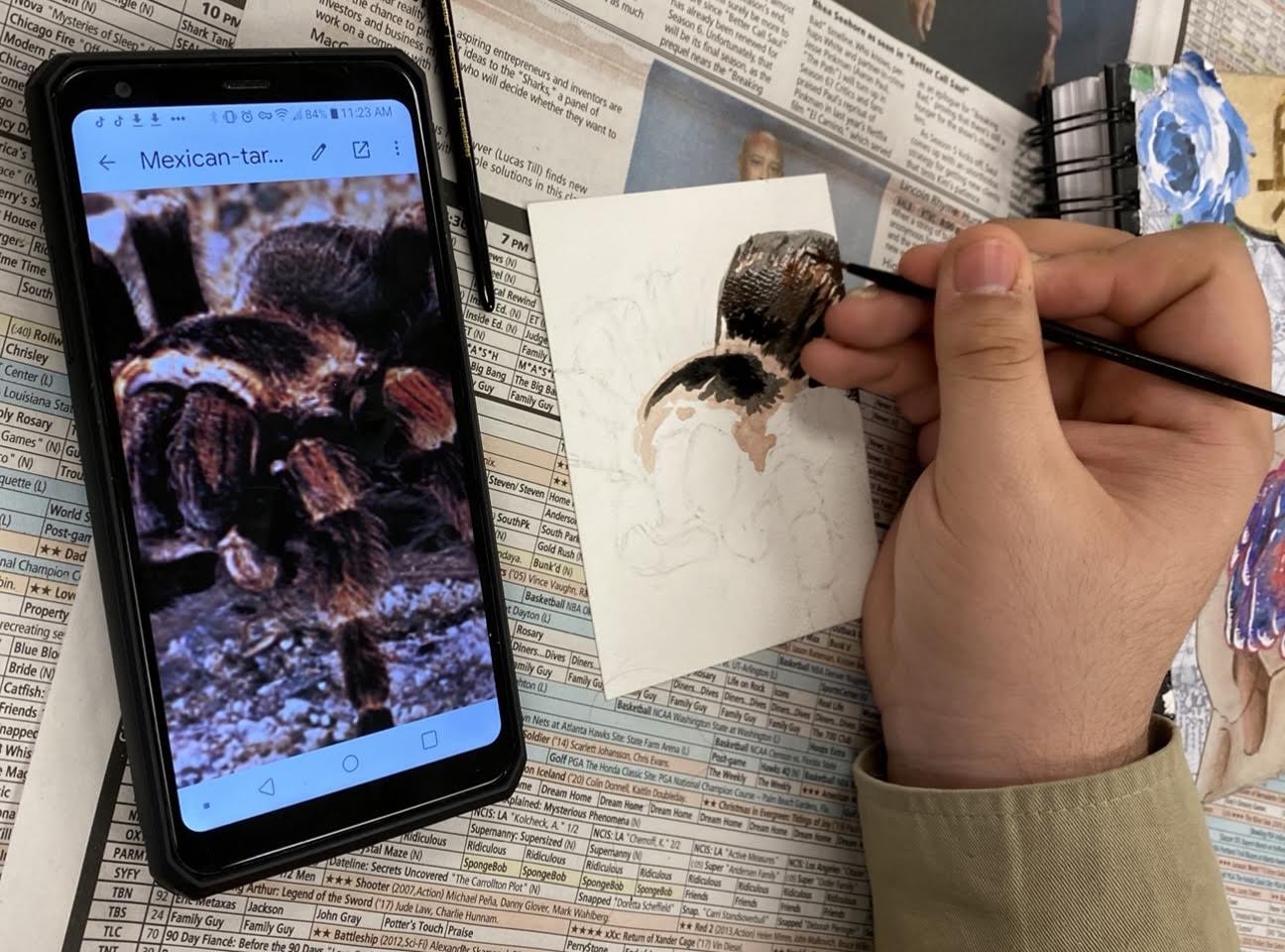
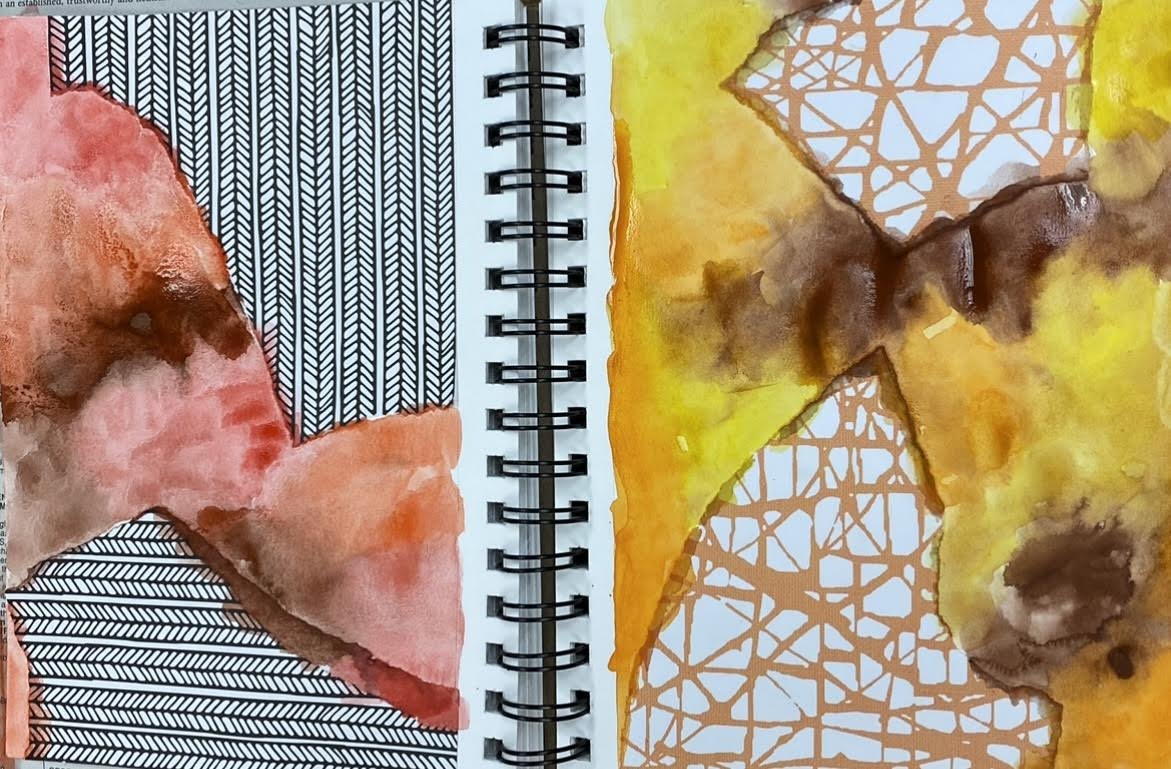
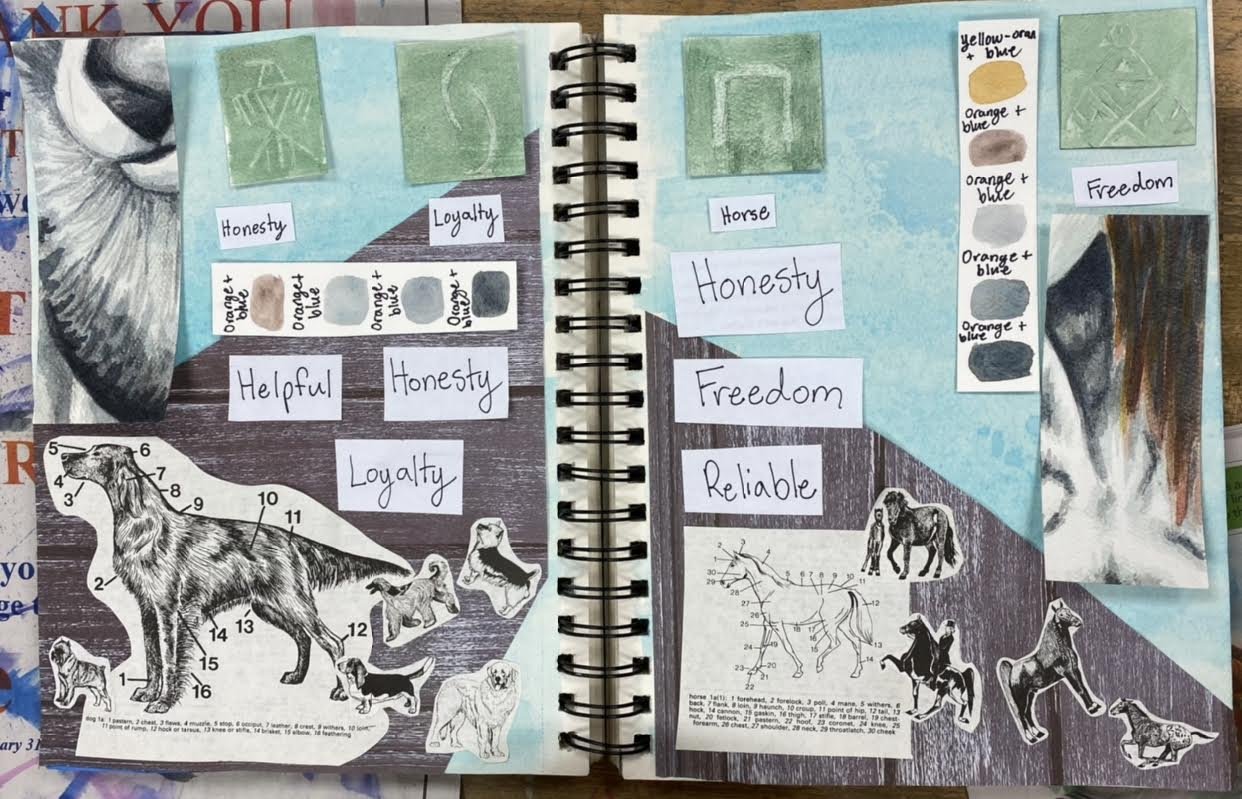
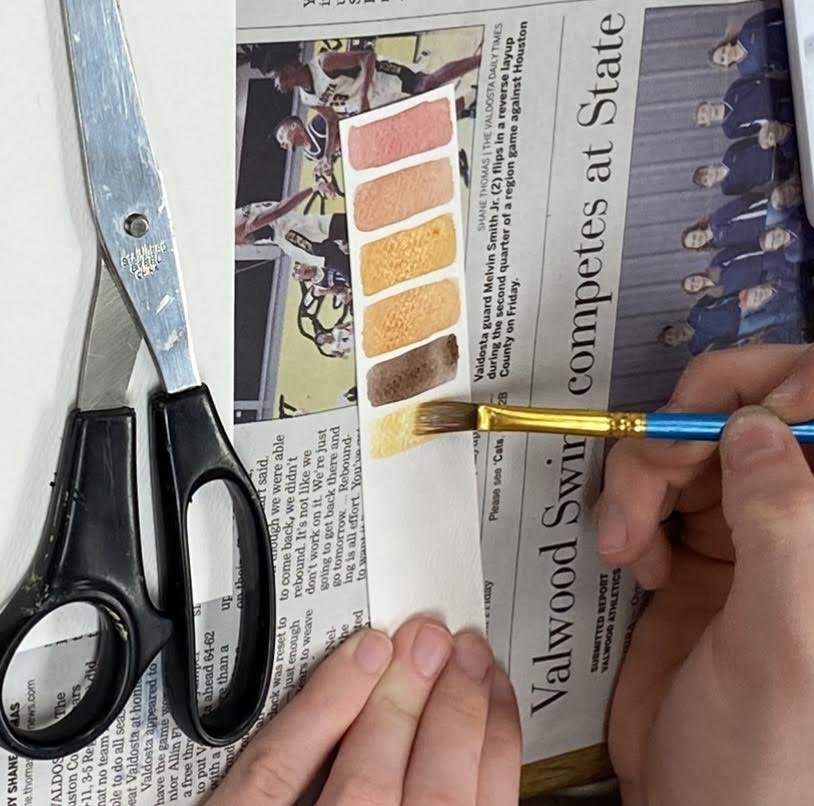
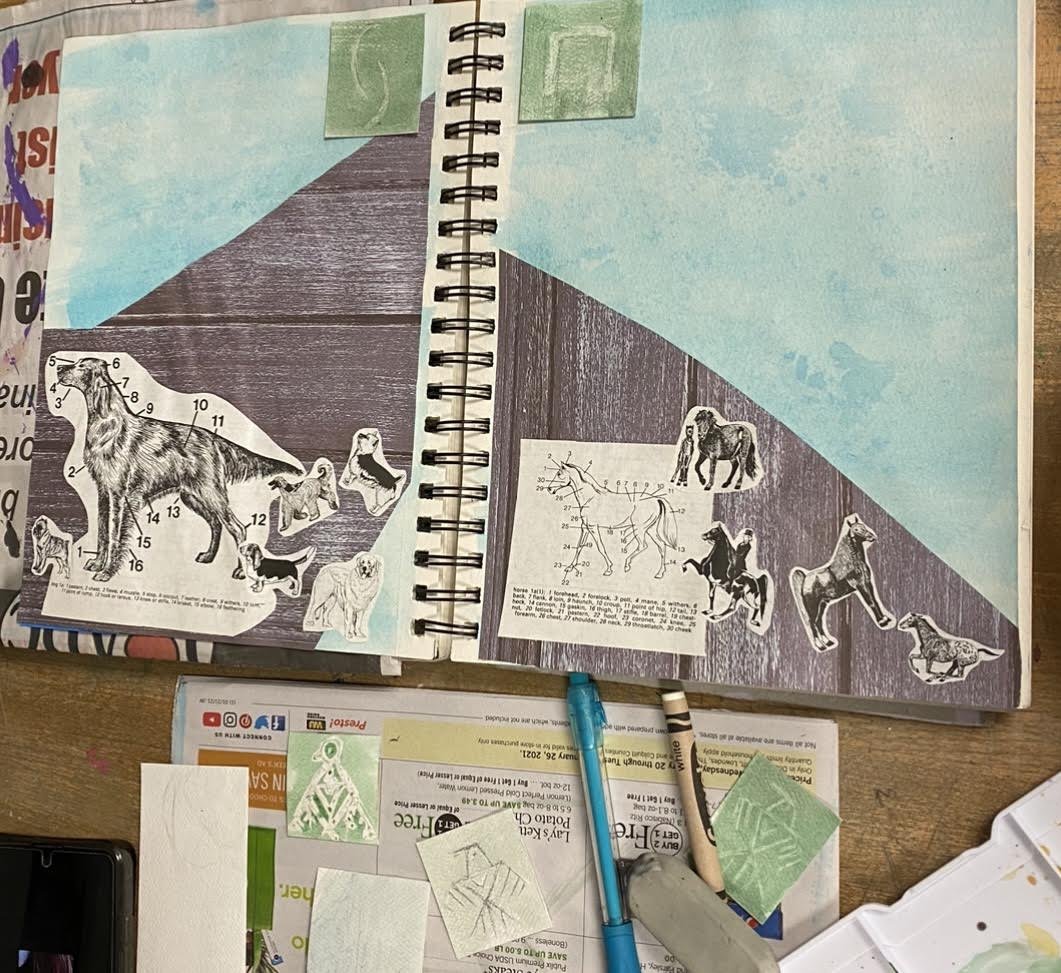
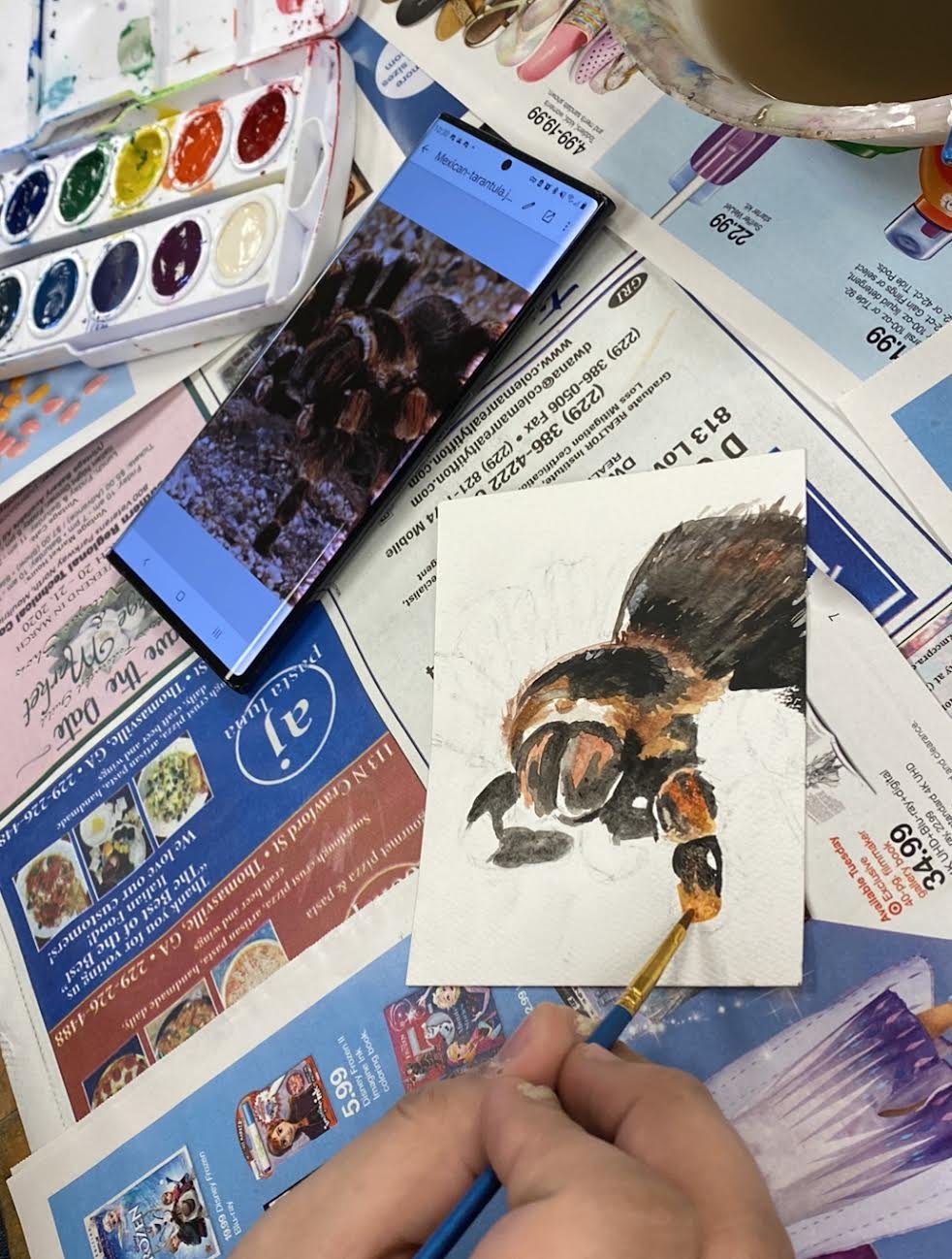
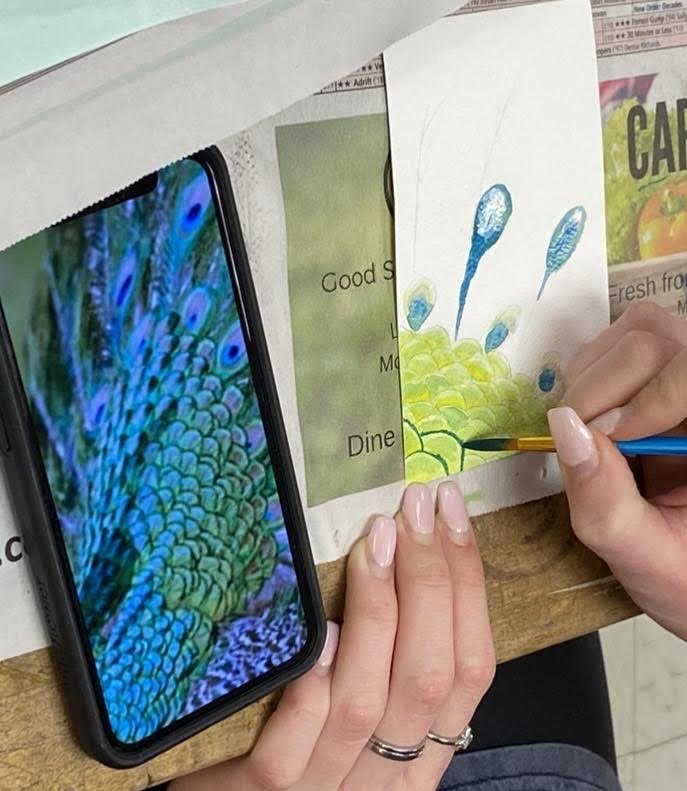
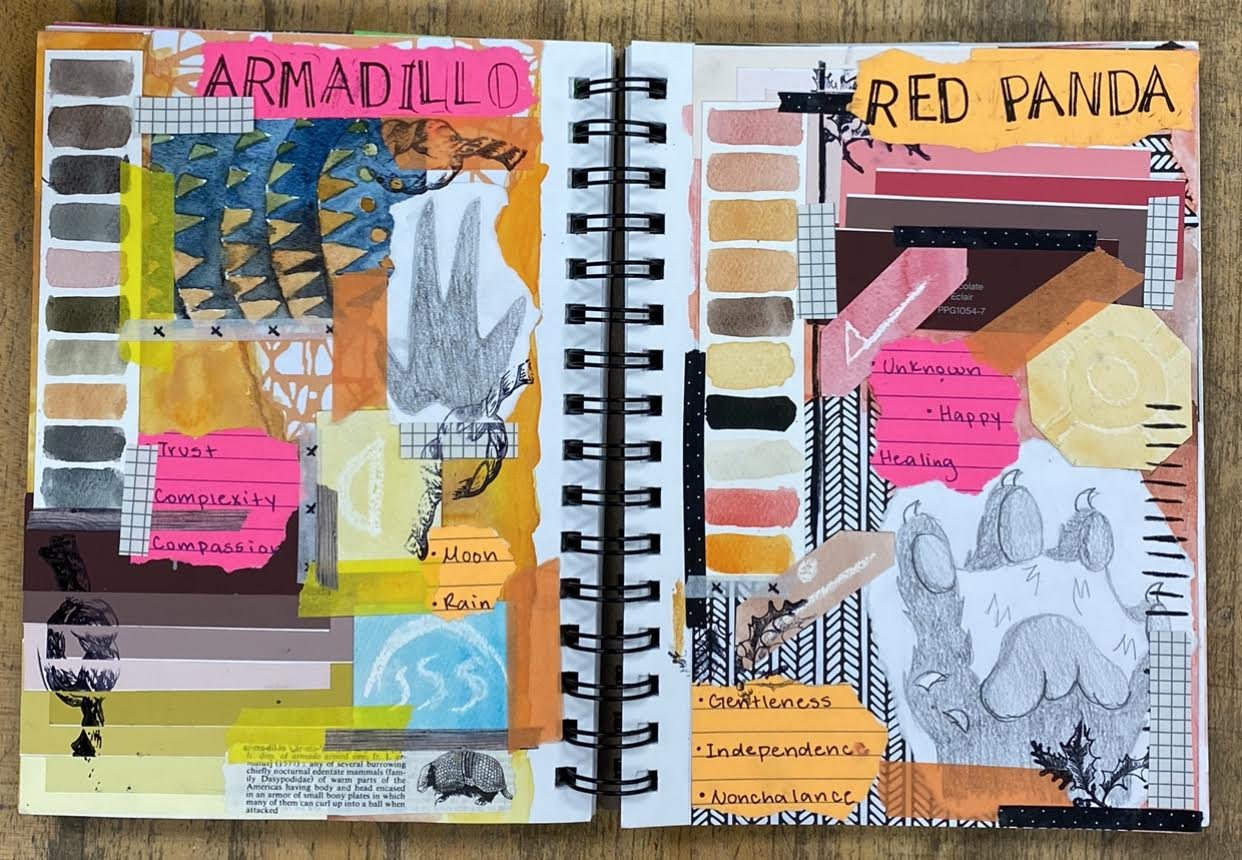
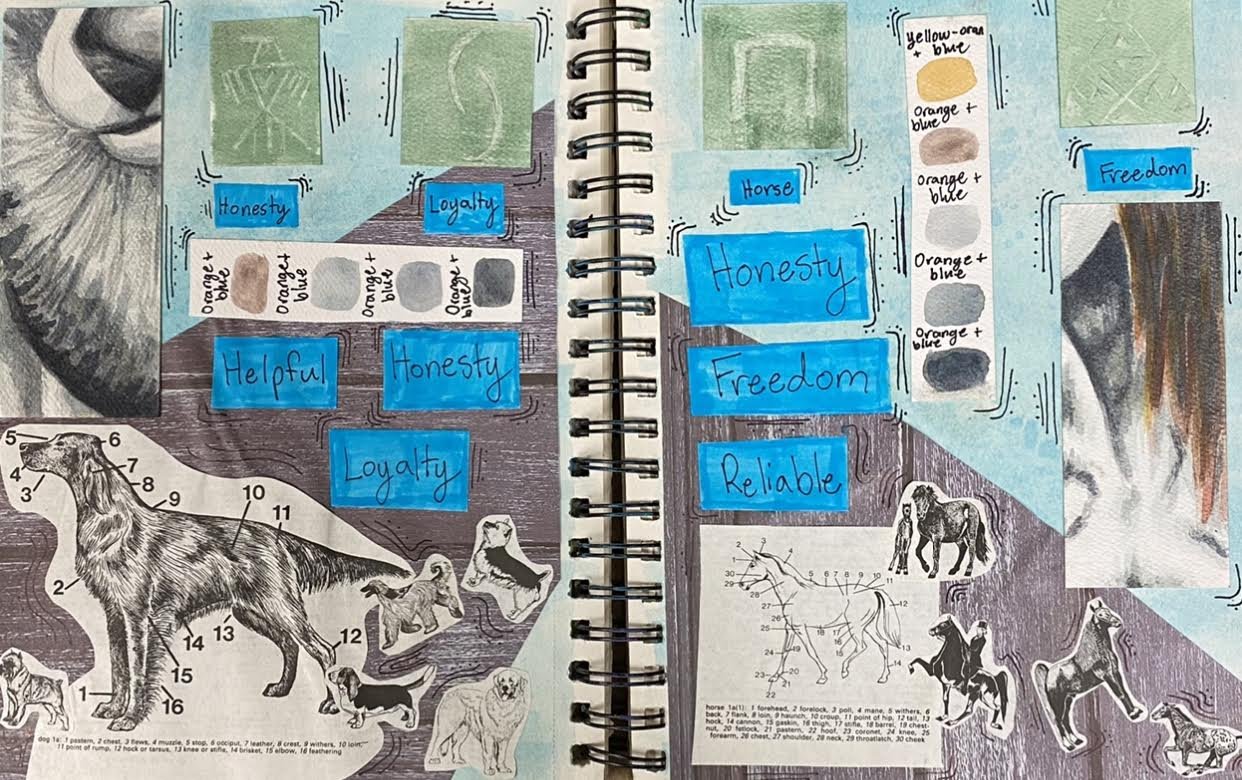
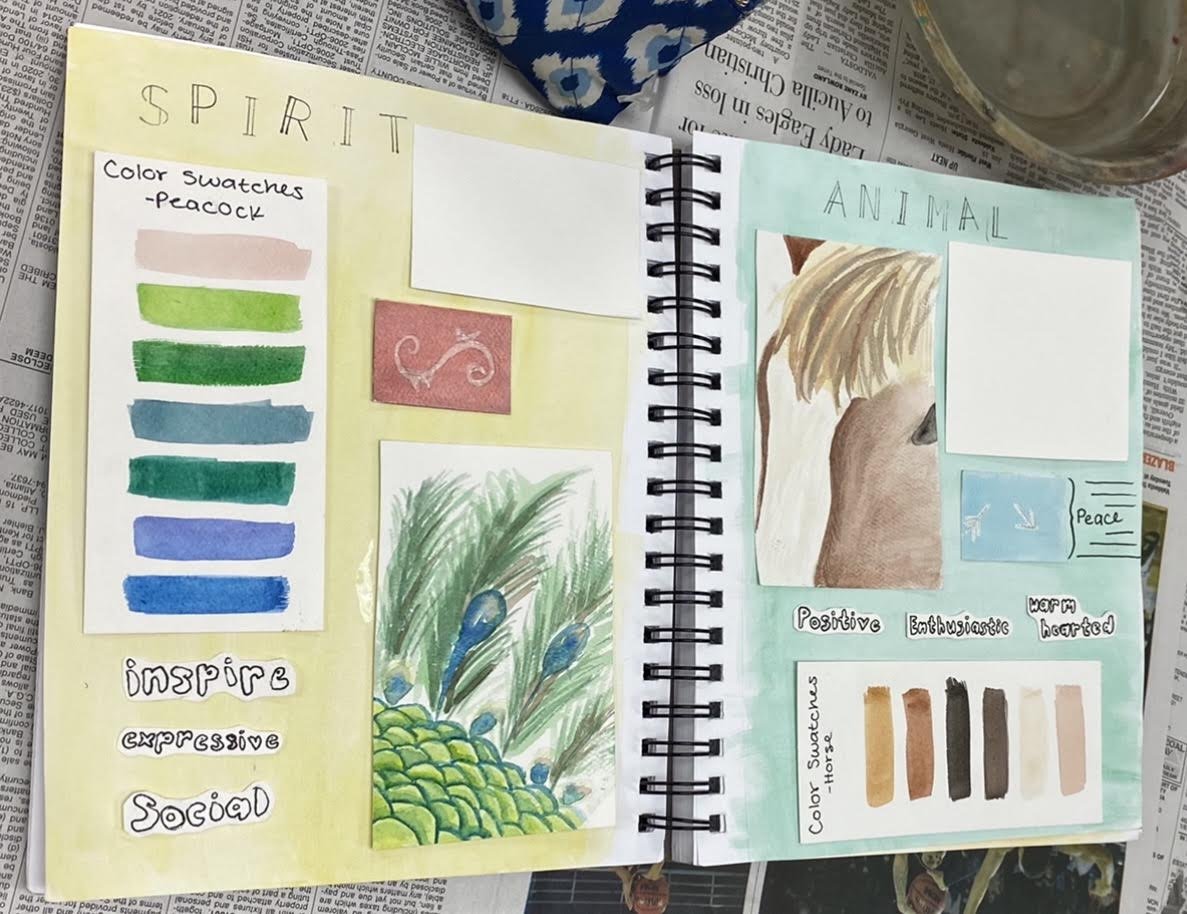
Spirit Animal Watercolor Project
Students were challenged to create a watercolor sprit animal painting that shared the same or similar traits as them. The lesson asked students to create this work on 11 in. x 14 in. watercolor paper and apply watercolor techniques to their project that they had learned previously. Through this project students were able to strengthen their watercolor skills and learn about Native American Culture. The symbols in the background are Native American symbols that related to student’s personal characteristics as well as their spirit animals.
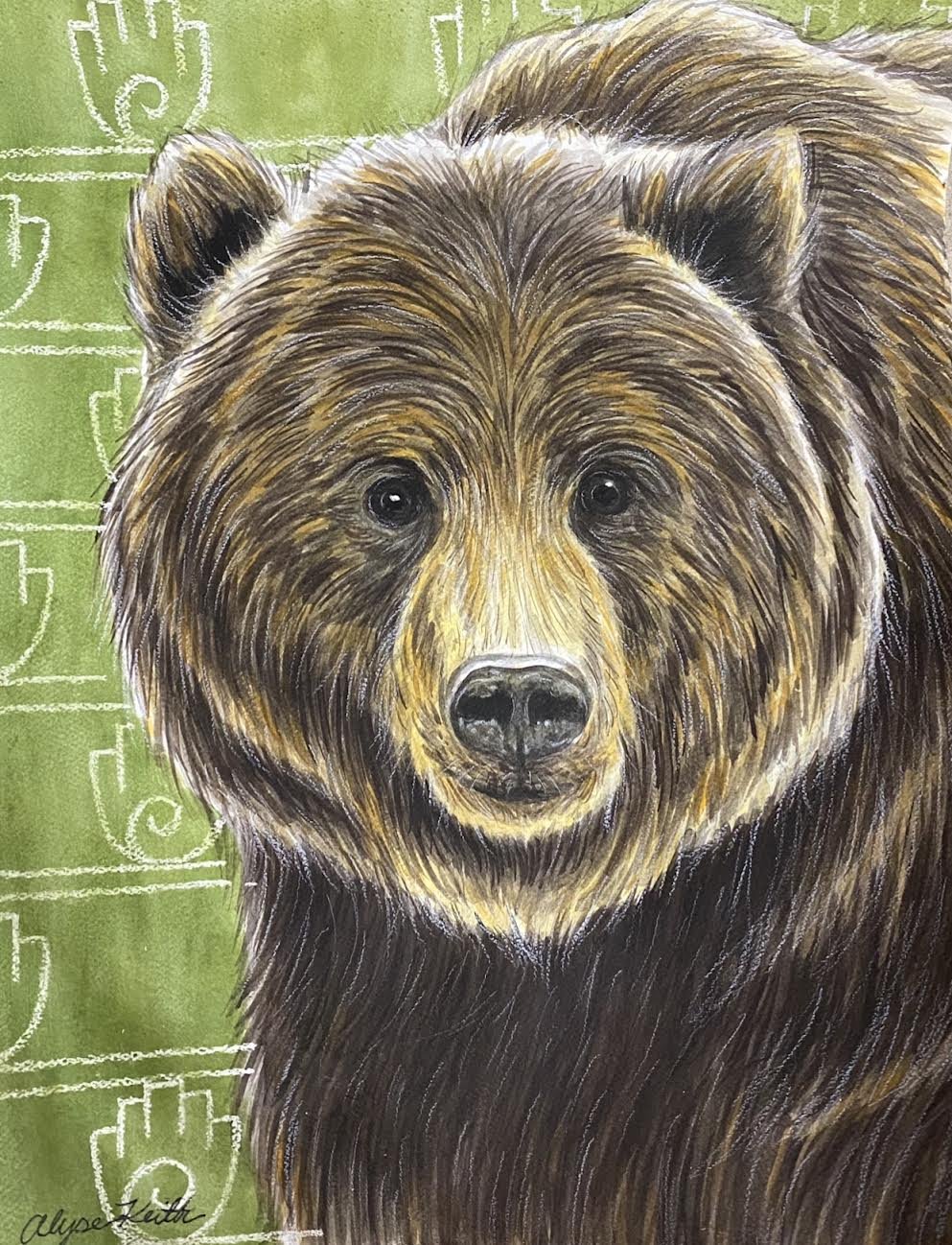

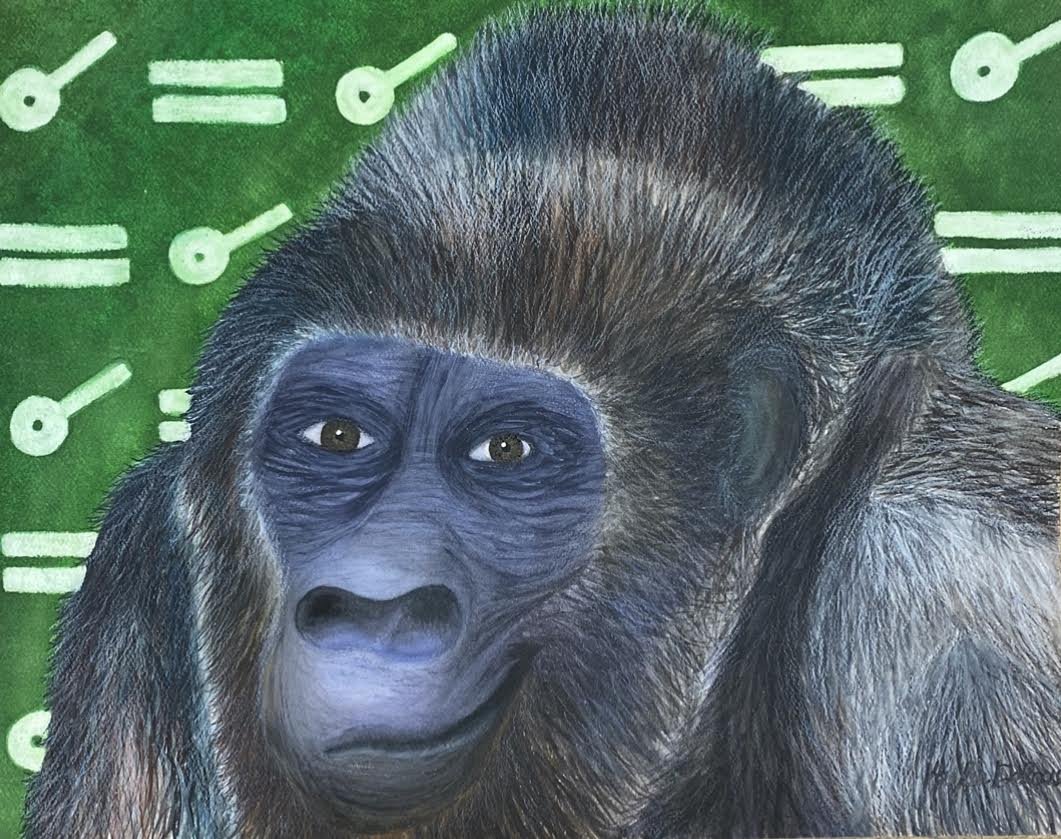
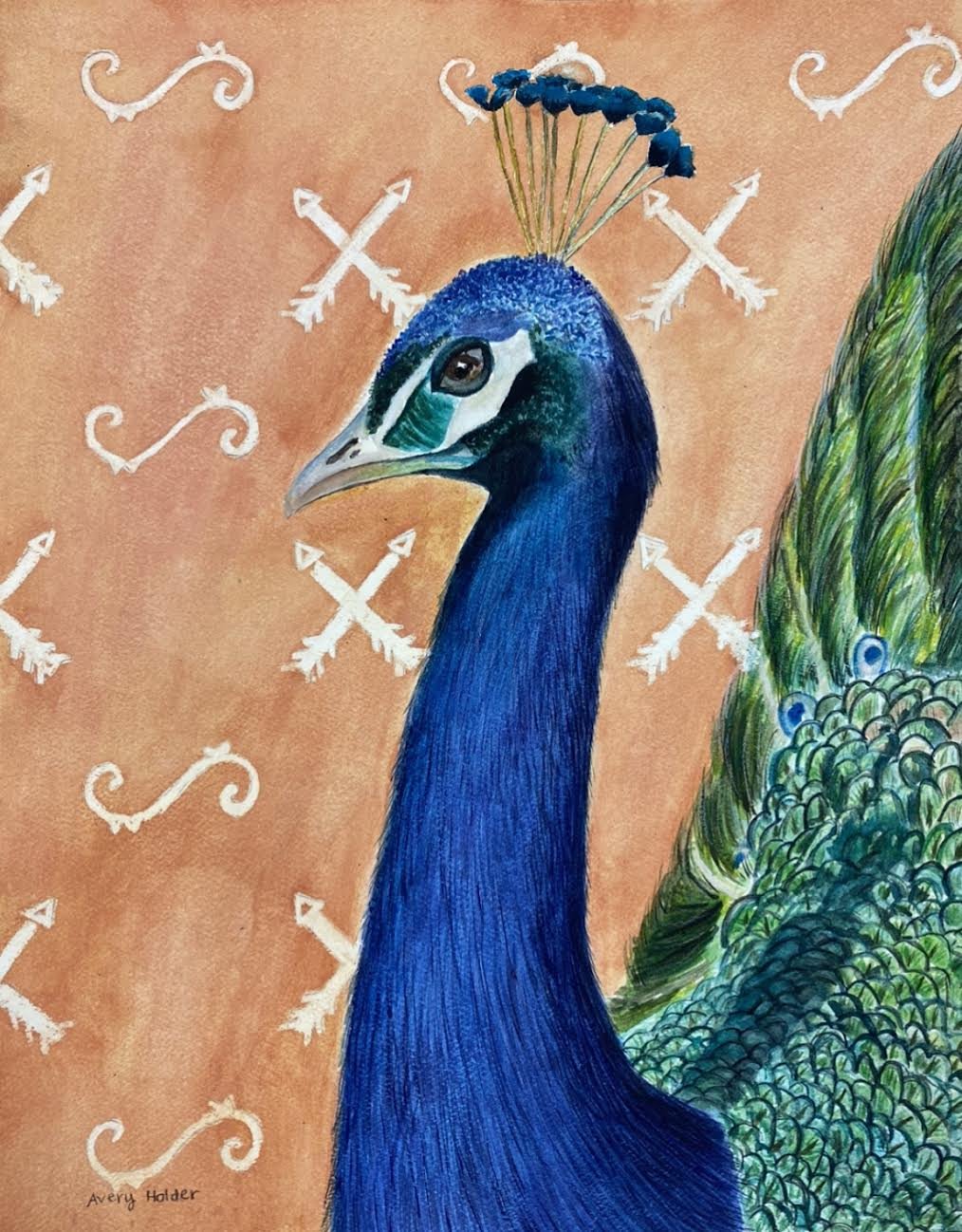

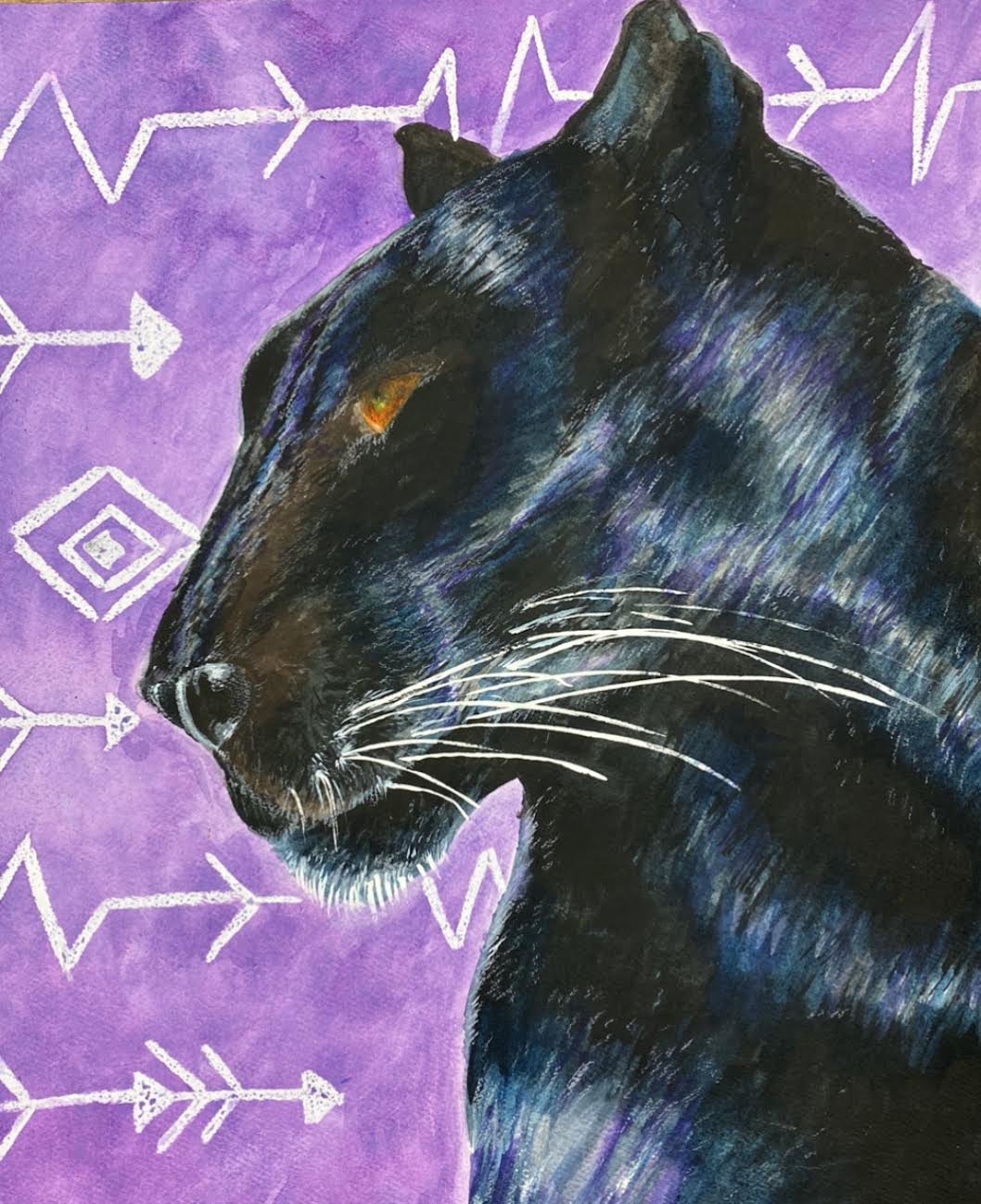
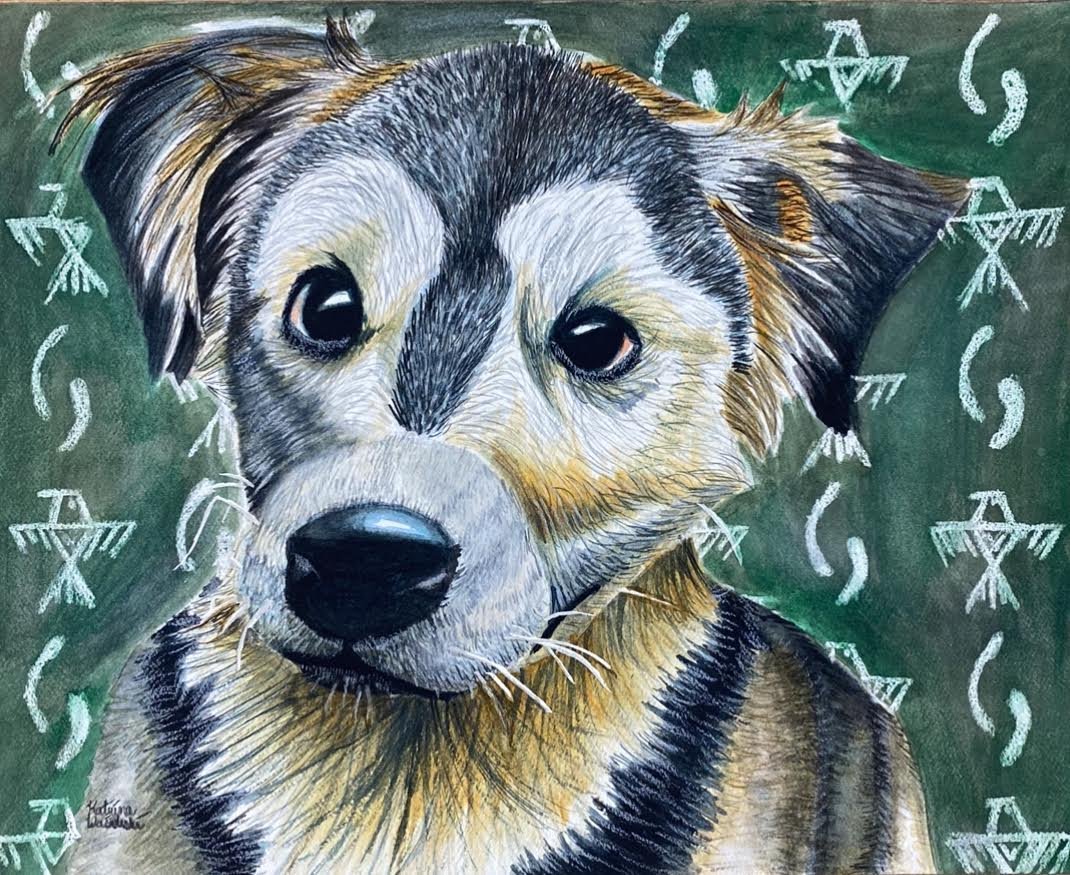

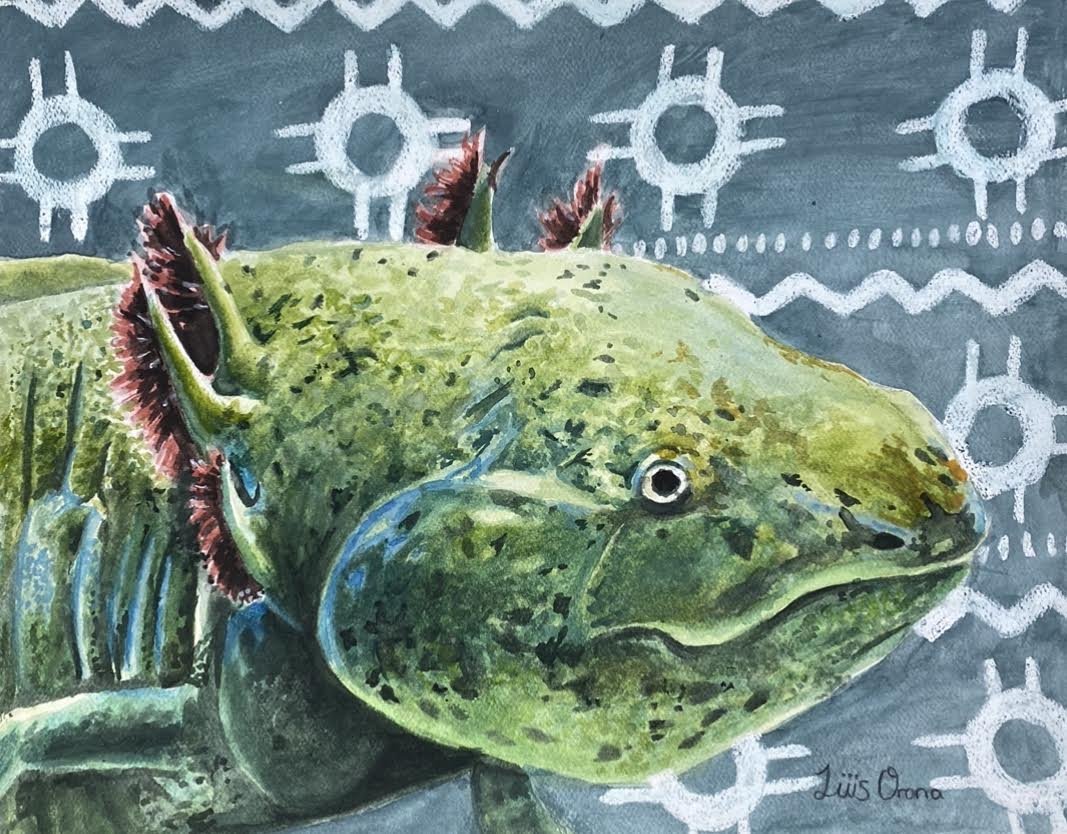
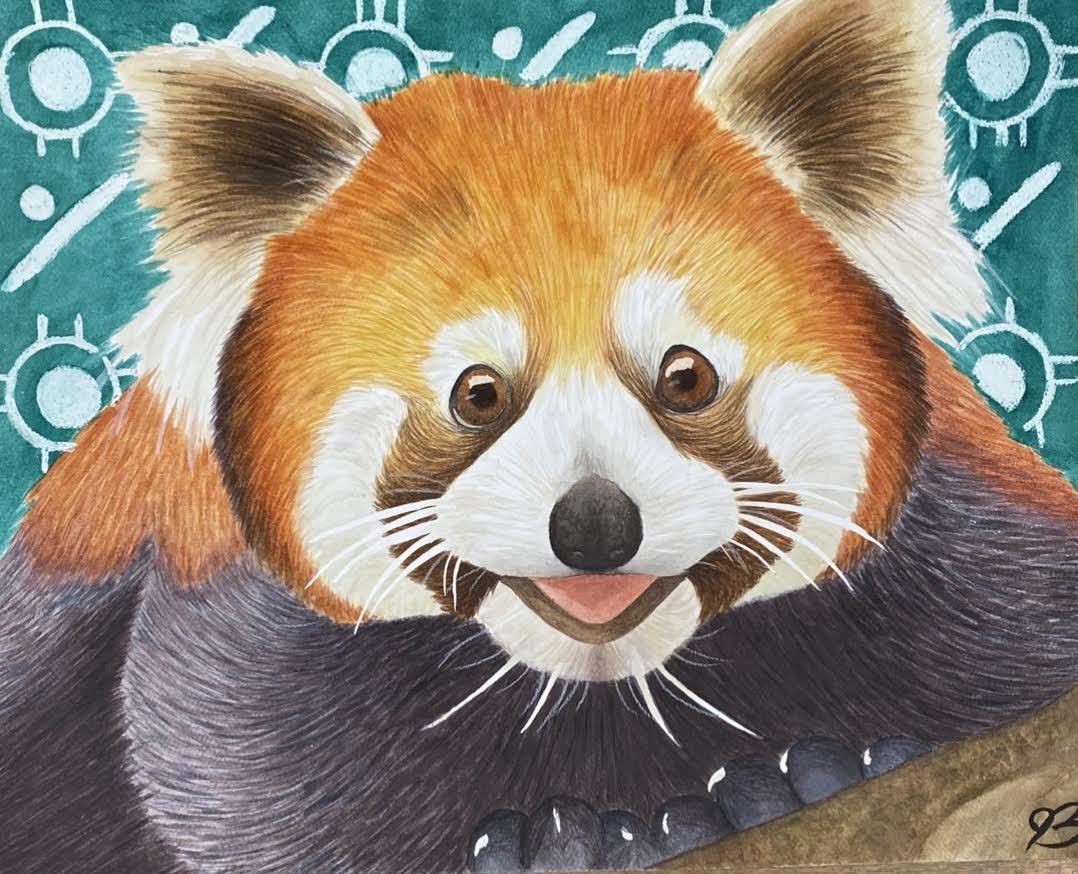
Pastel Techniques
Students were taught about various oil pastel techniques. They were asked to practice multiple oil pastel techniques on small pieces of paper and glue them on their worksheet. The following techniques are: blending stump, blending towel, blending fingers, layering, stippling, stumbling, sgraffito, tint/shade, monochromatic scale, and complimentary scale.
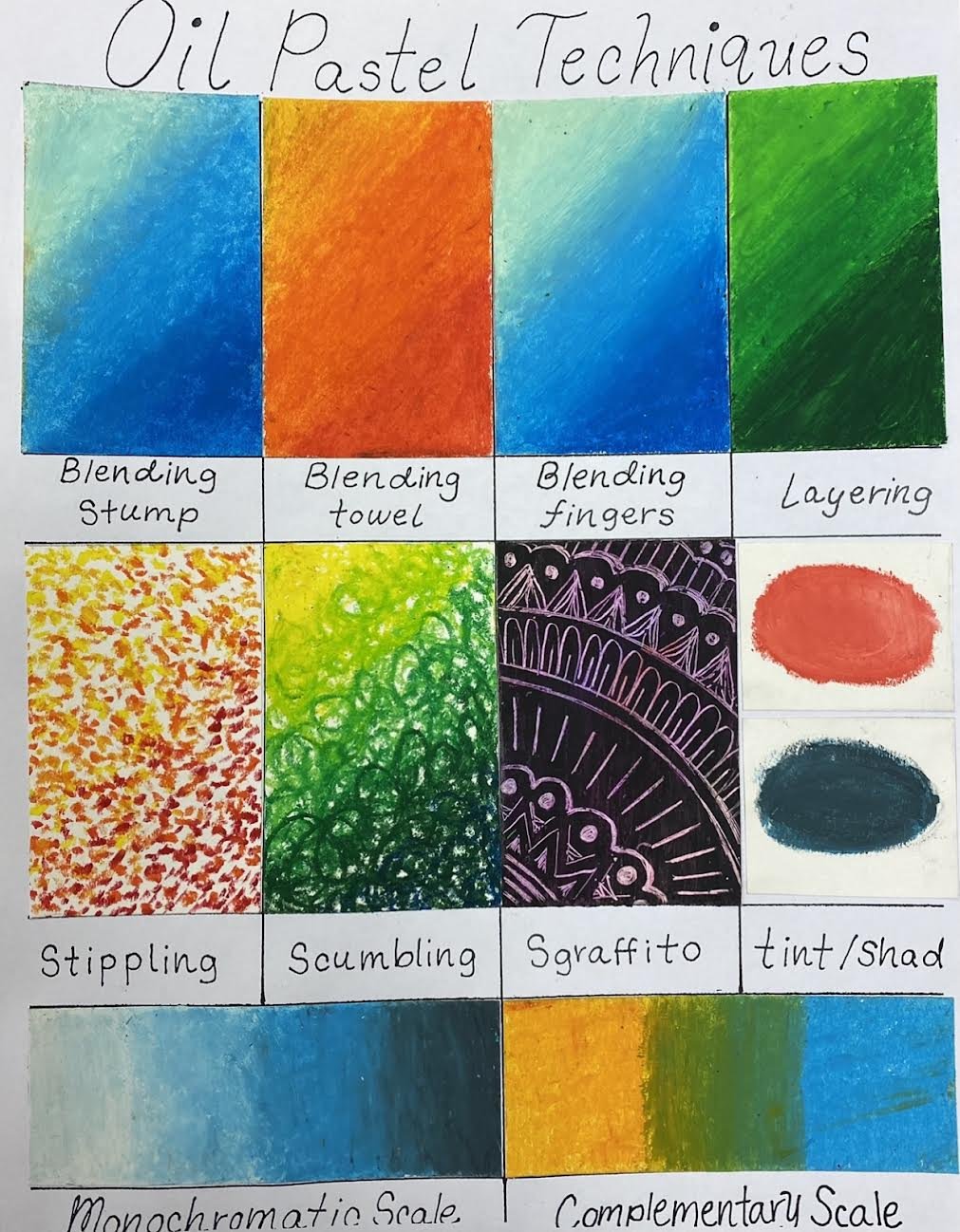
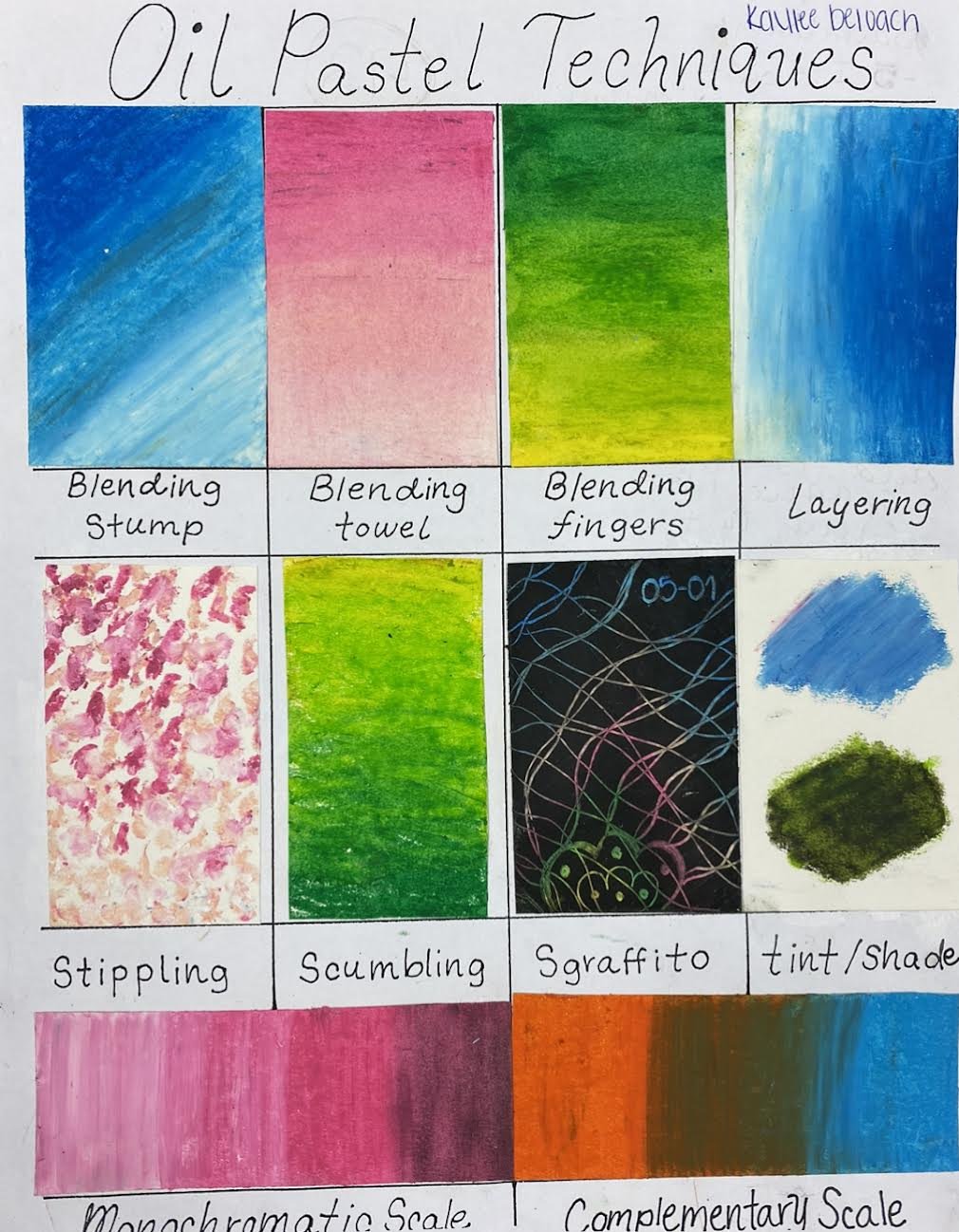

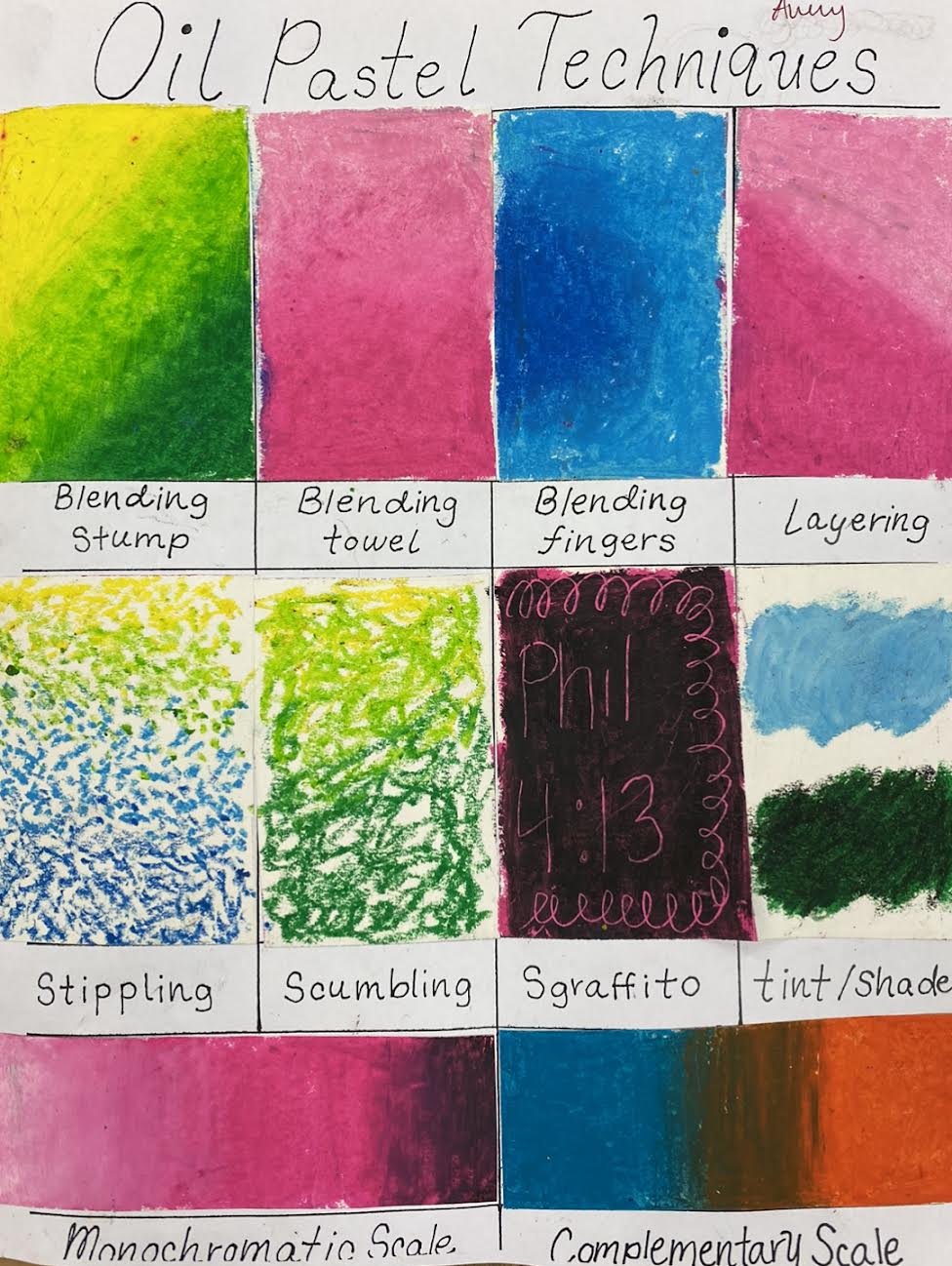
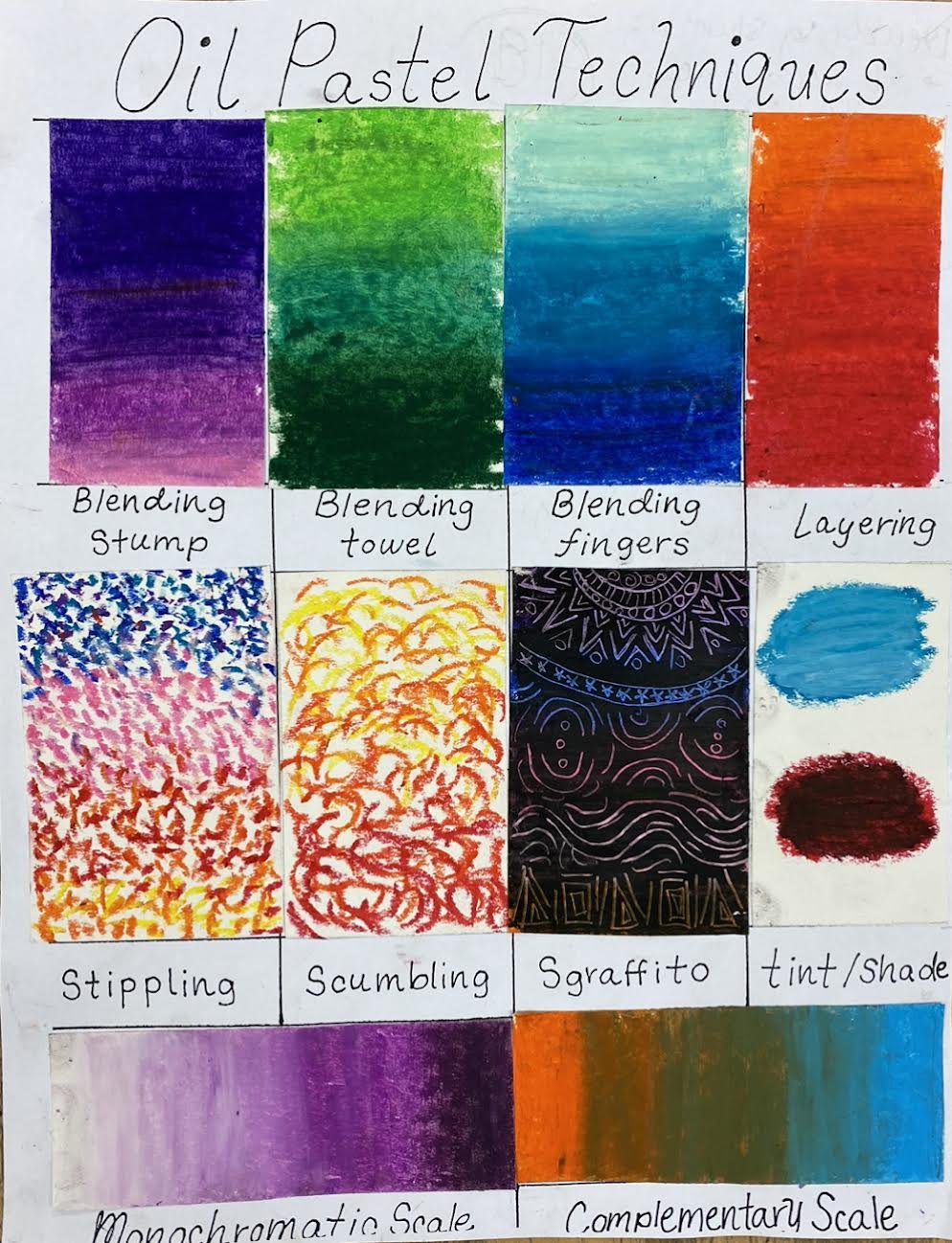
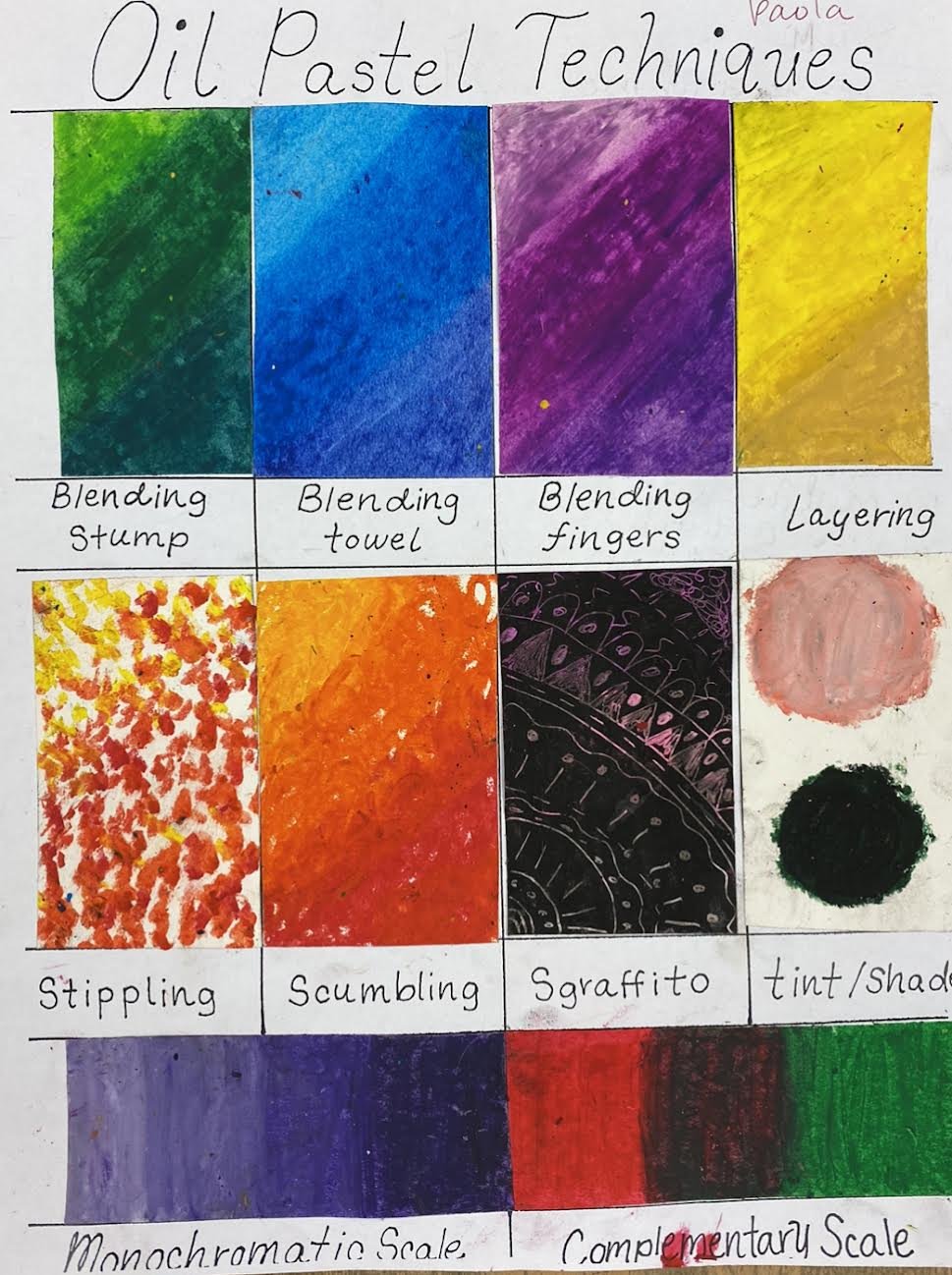
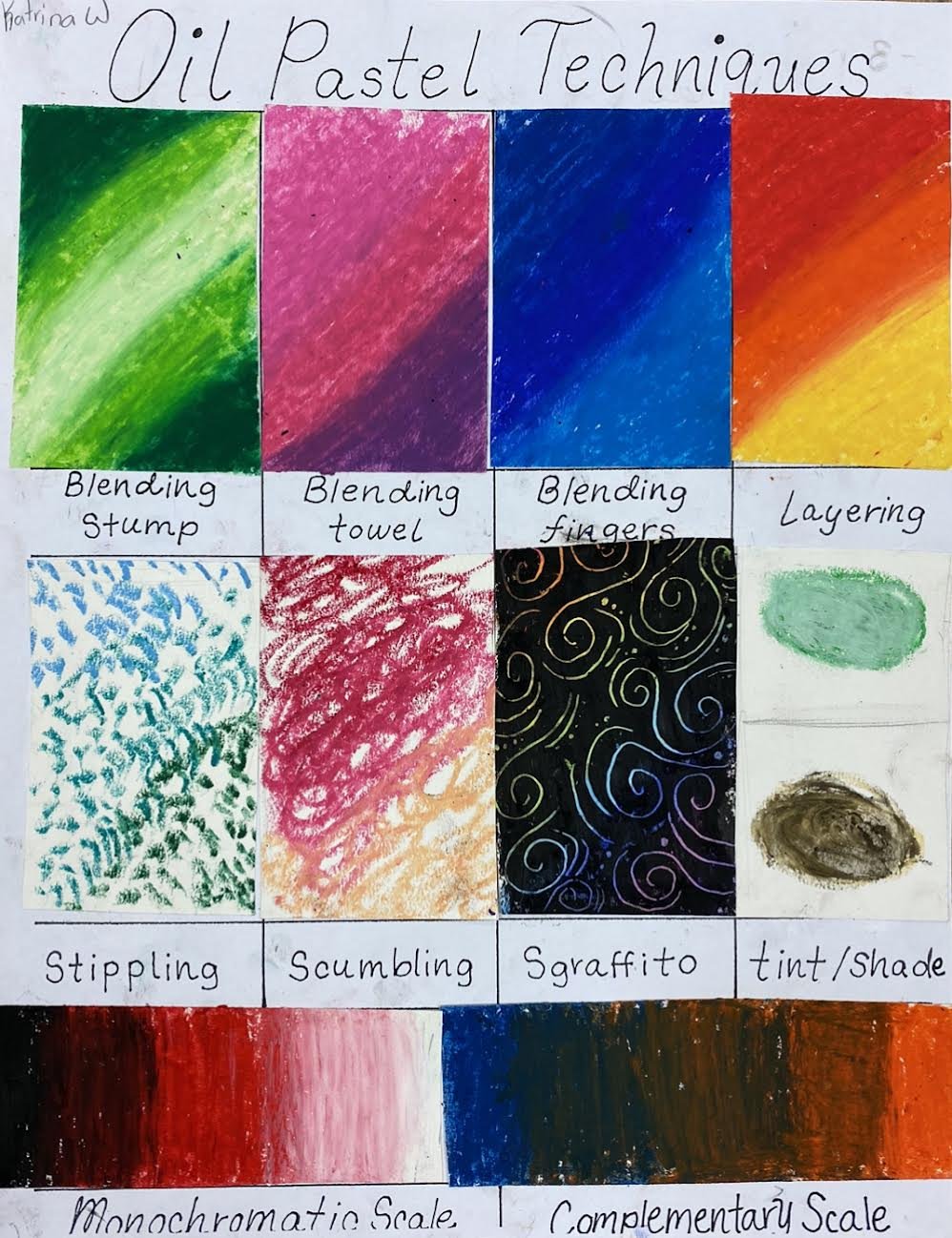
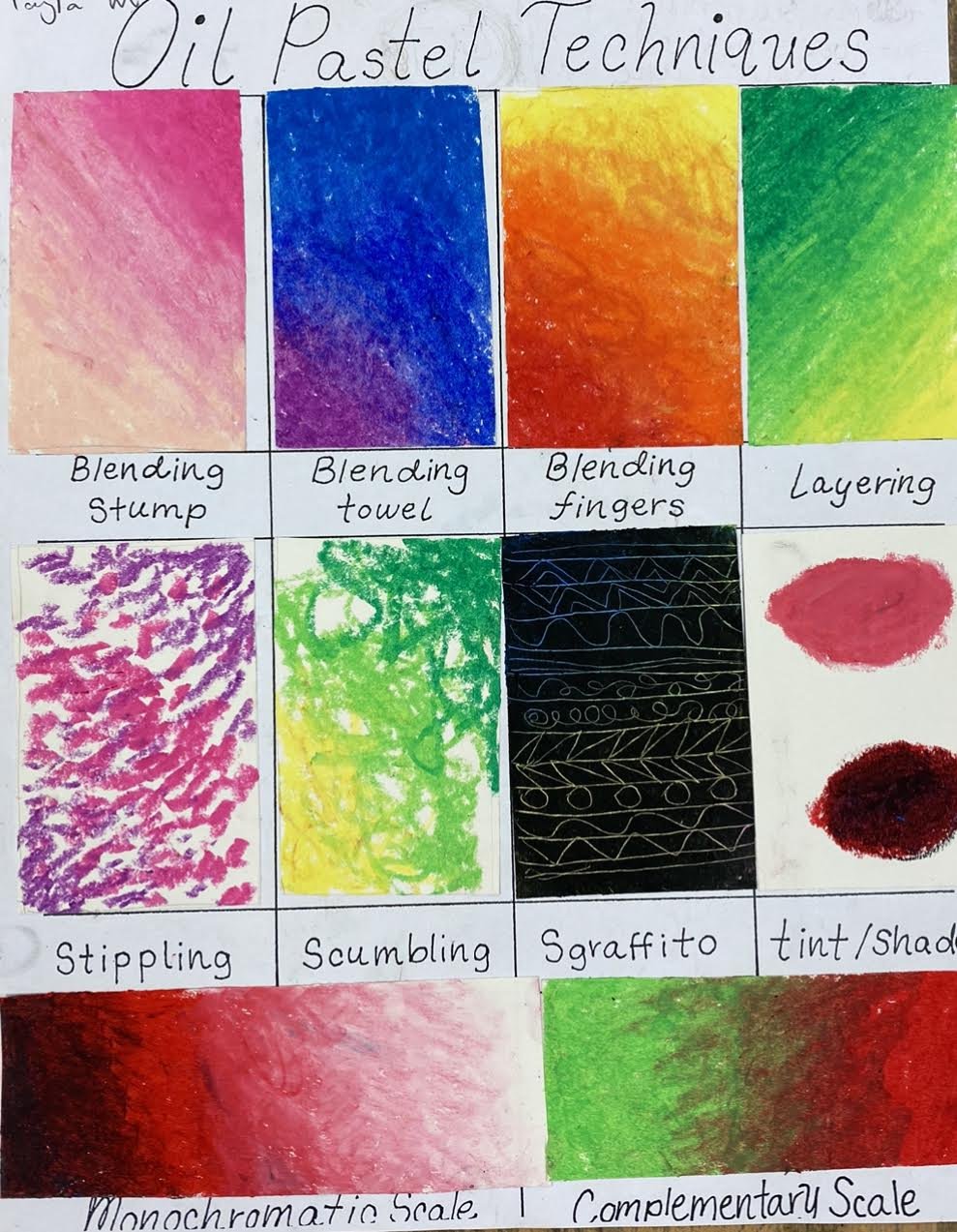
Pastel Eyes Exercise
Students practiced drawing six eyes in pastel using different color methods which were cool, warm, triadic, monochromatic, natural, and, complimentary. This helped prepare them for their oil pastel favorite artist project.
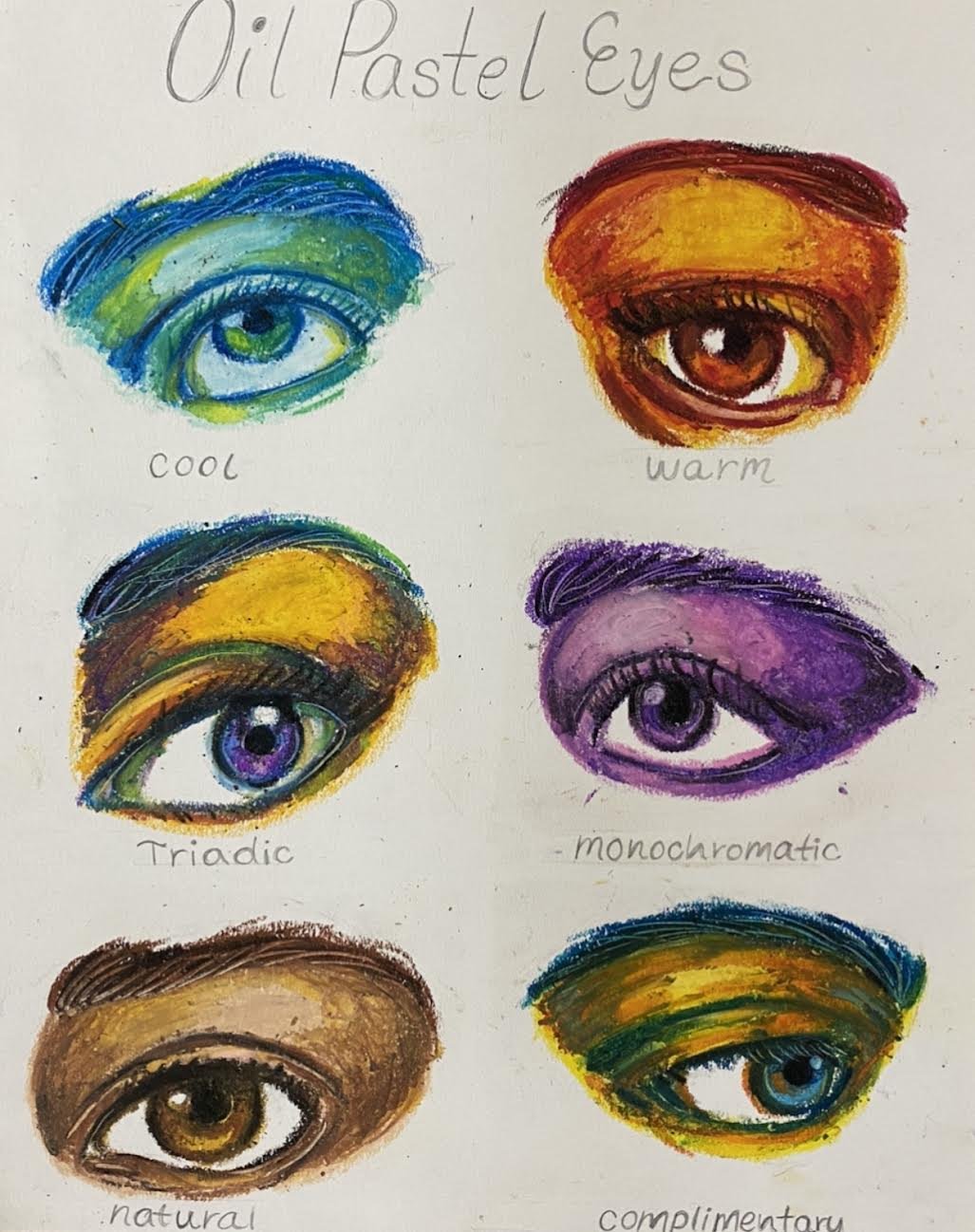
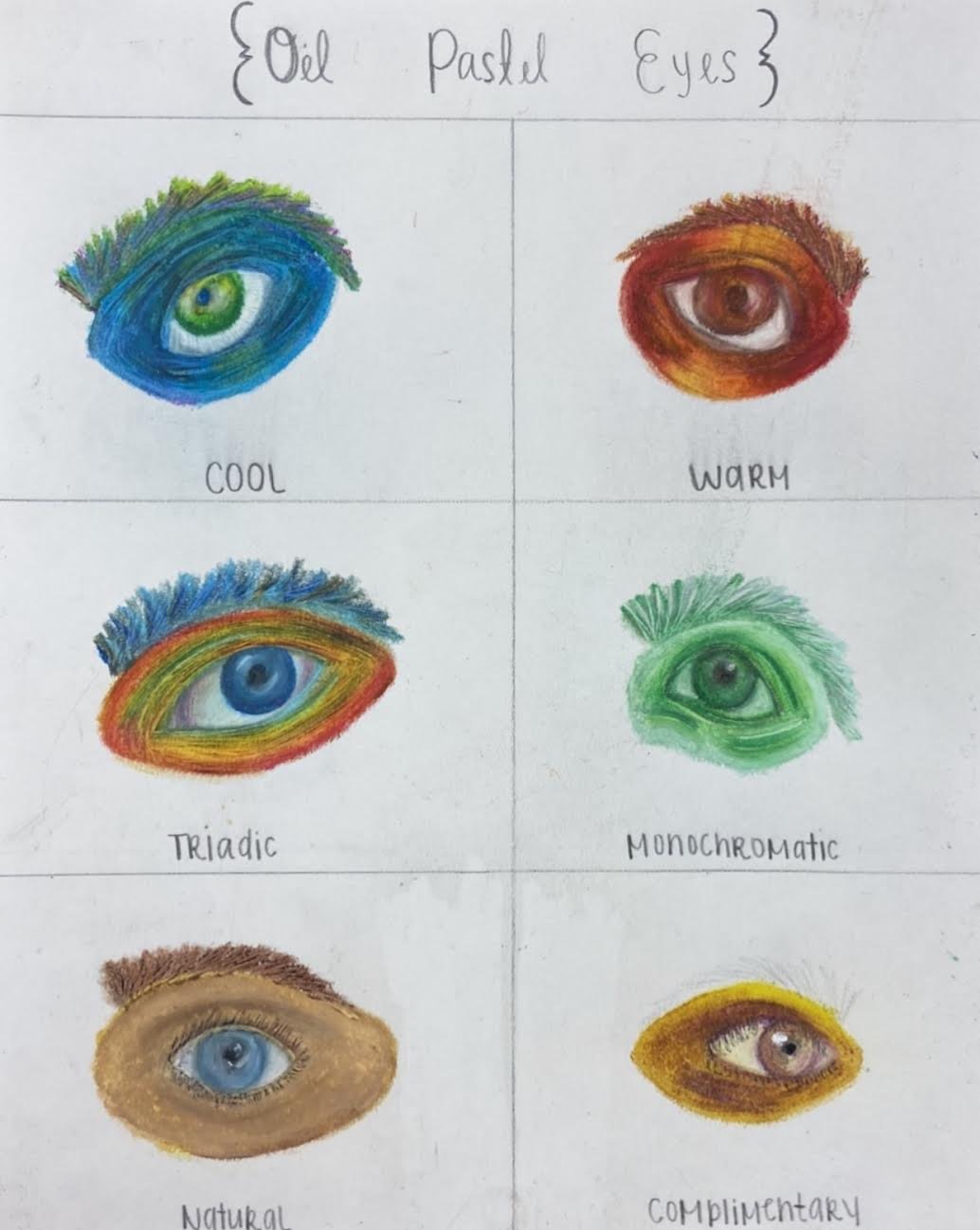
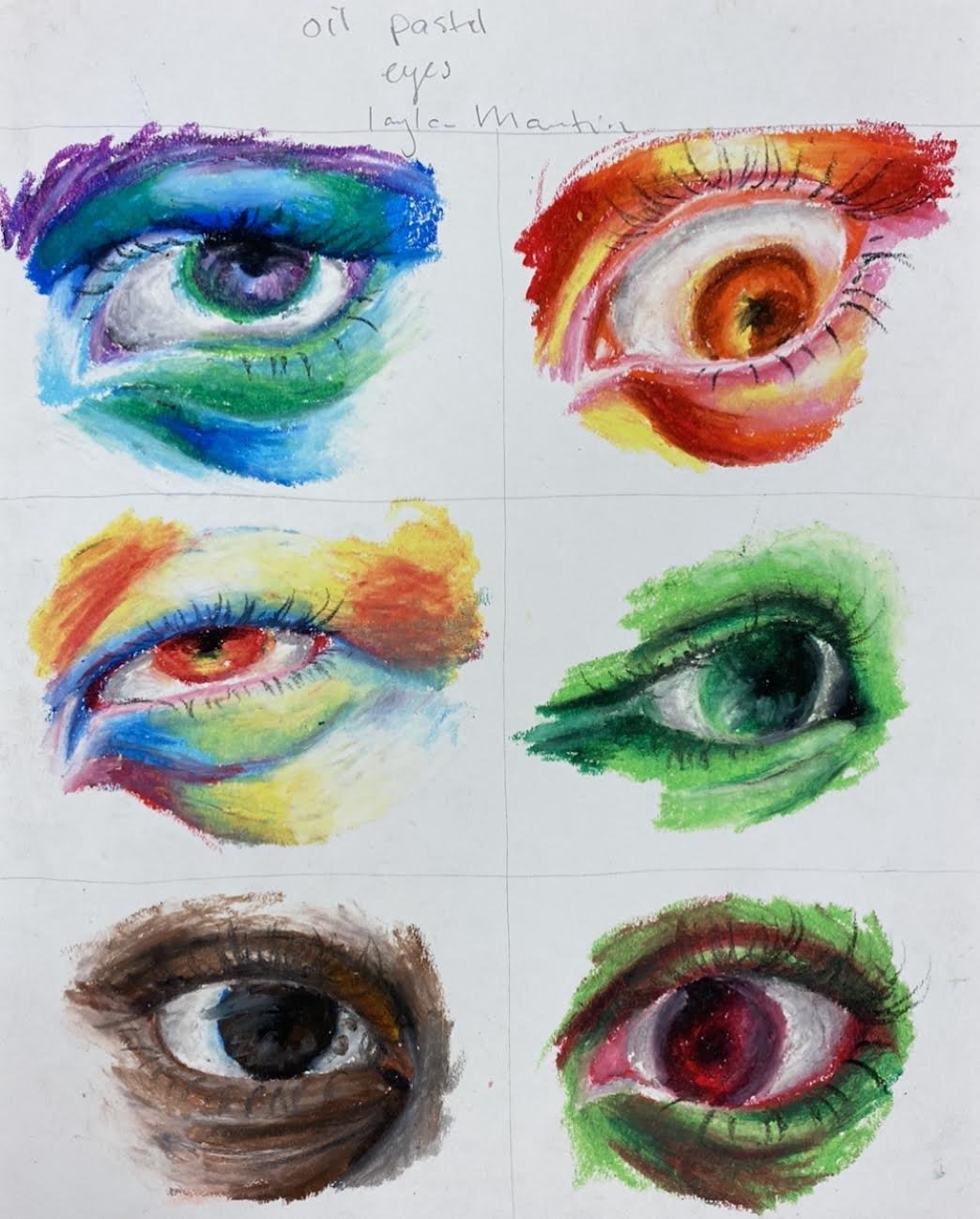
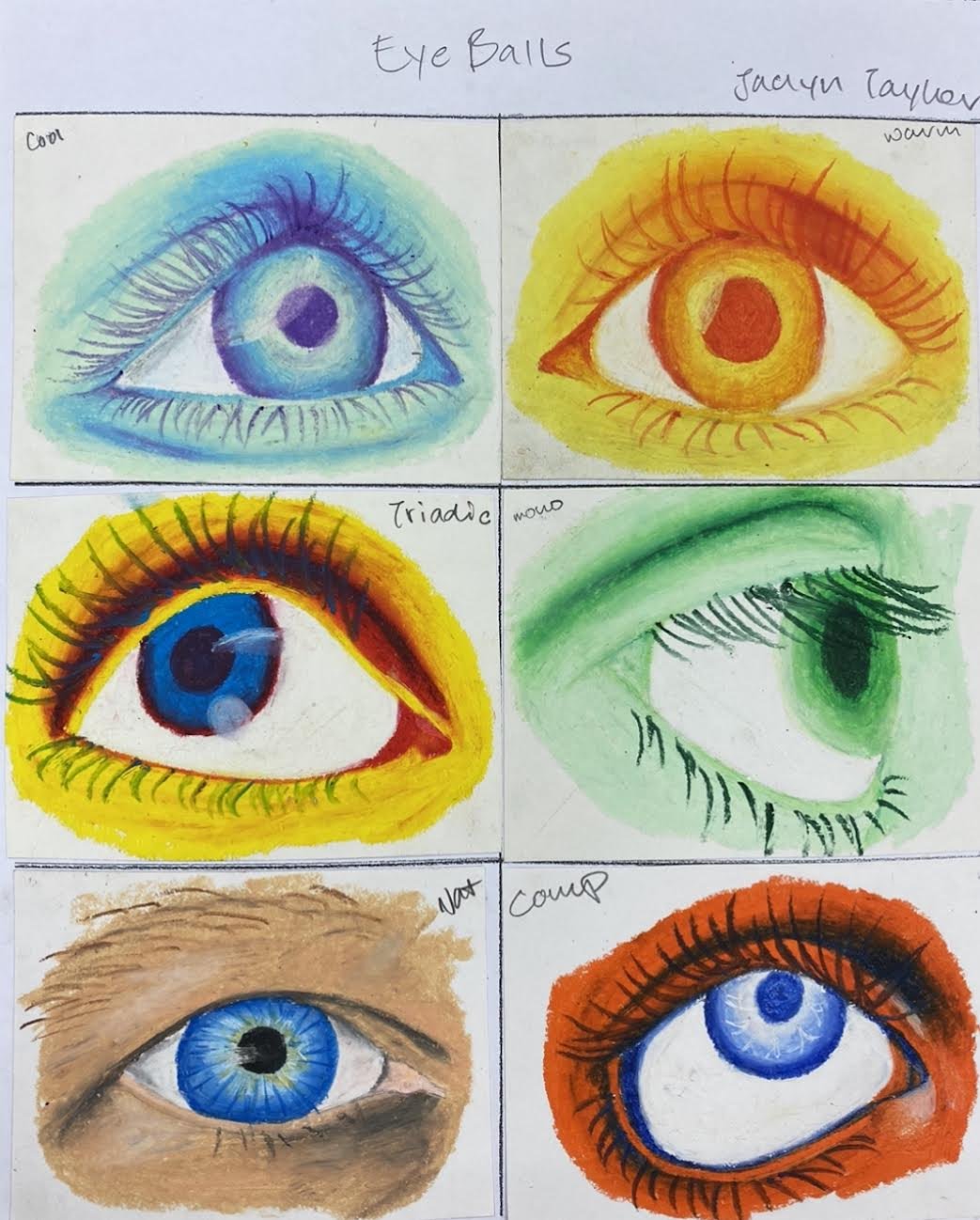
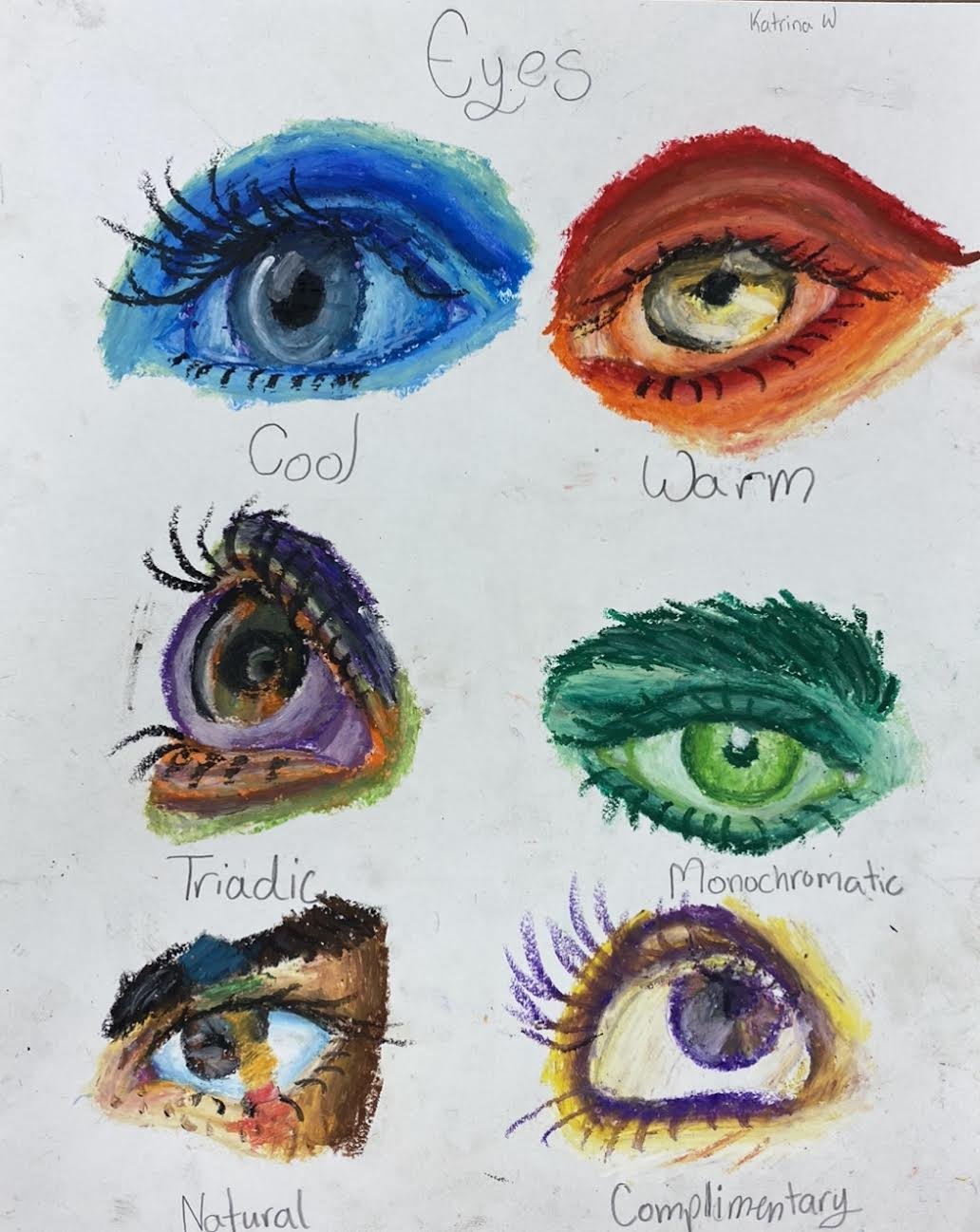
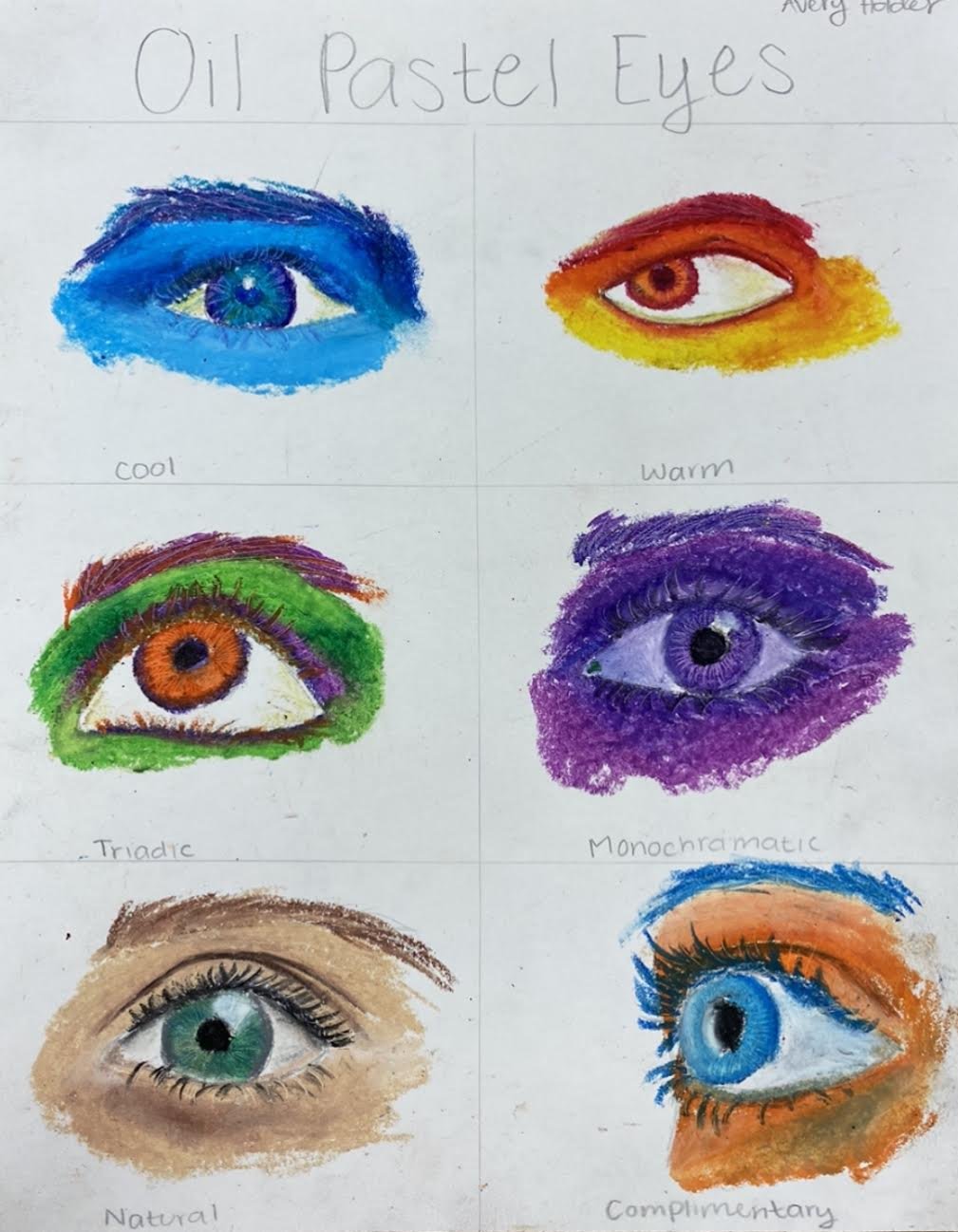
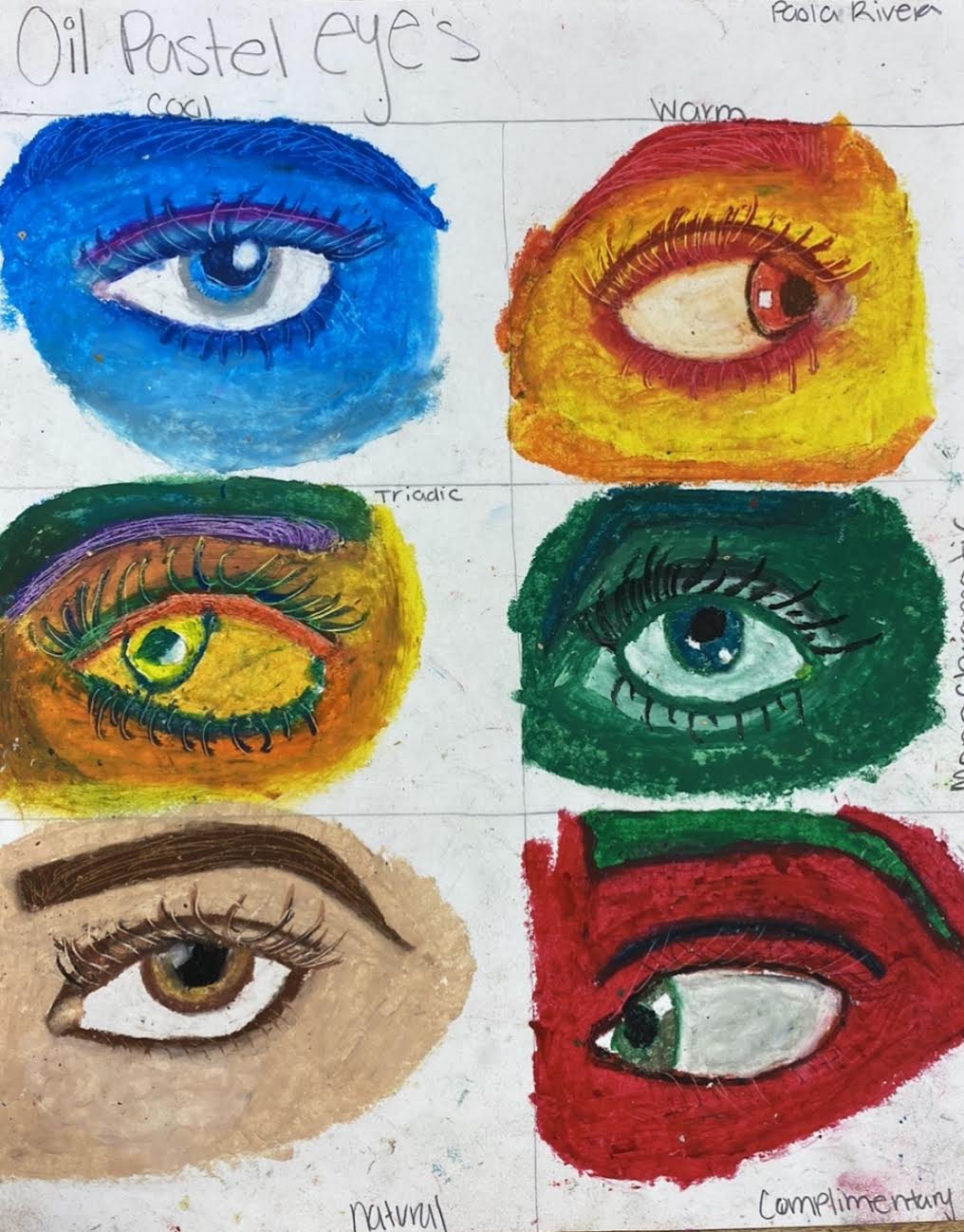
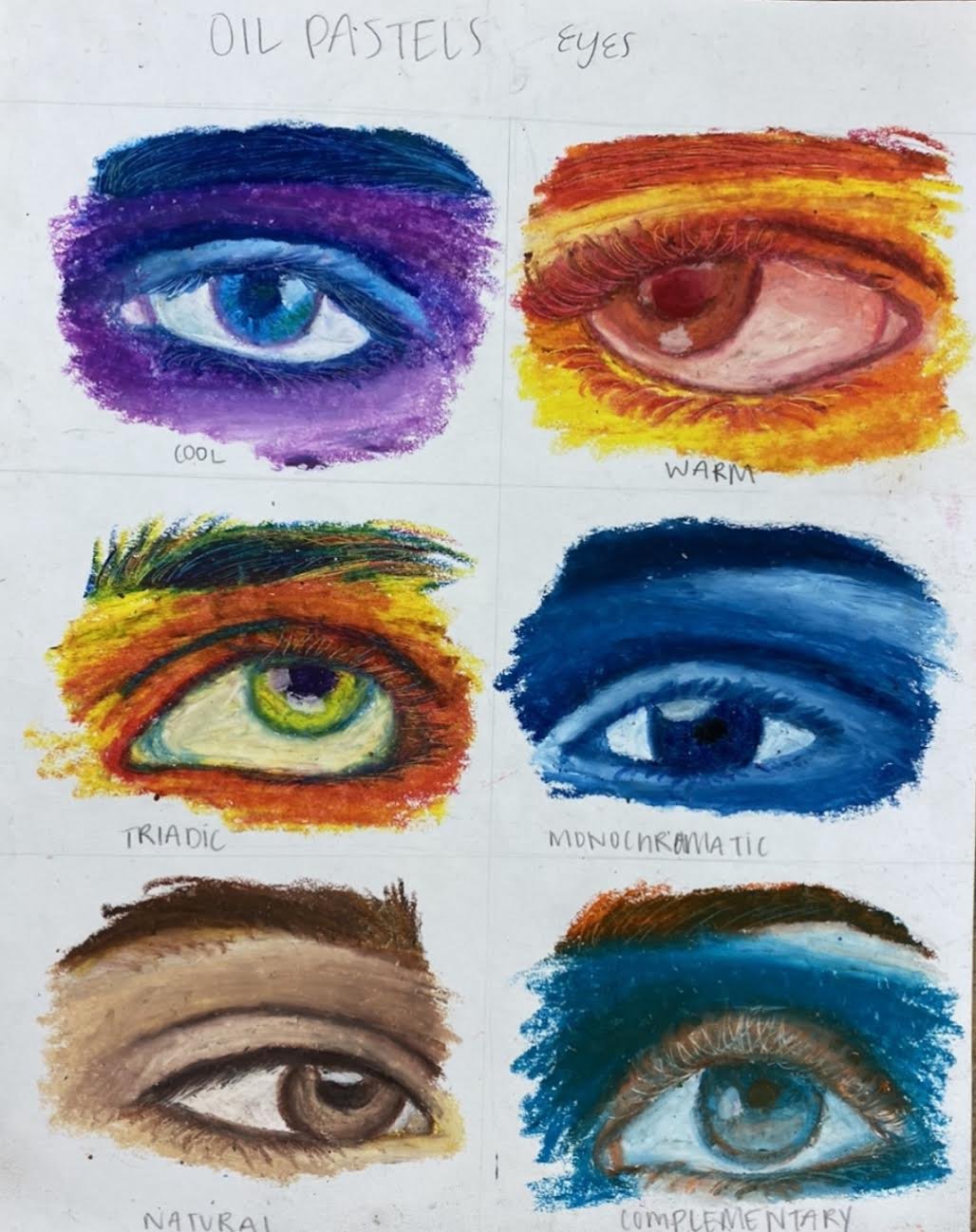
Pastel Noses Exercise
Students practiced drawing six noses in pastel using different color methods which were cool, warm, triadic, monochromatic, natural, and, complimentary. This helped prepare them for their oil pastel favorite artist project.
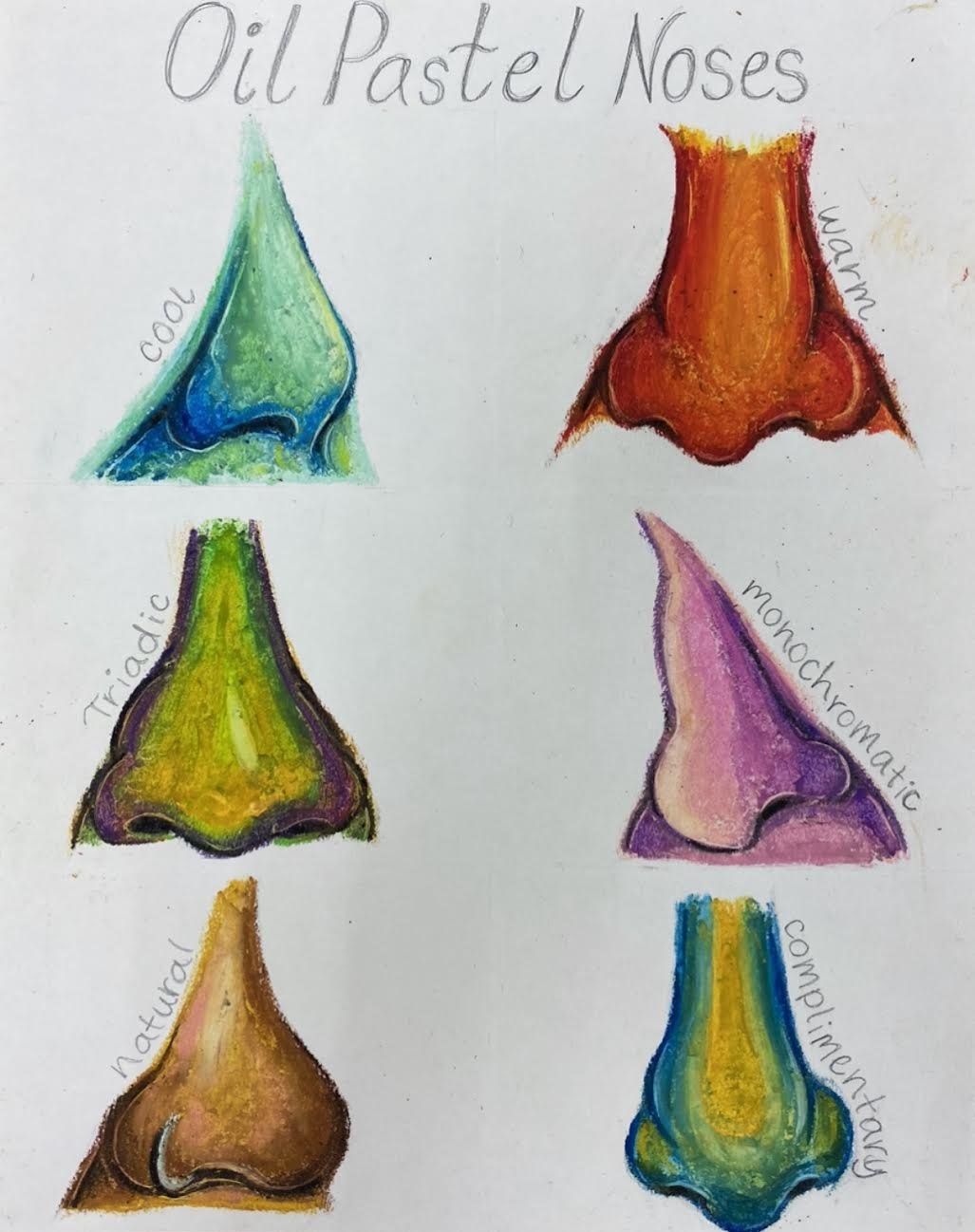
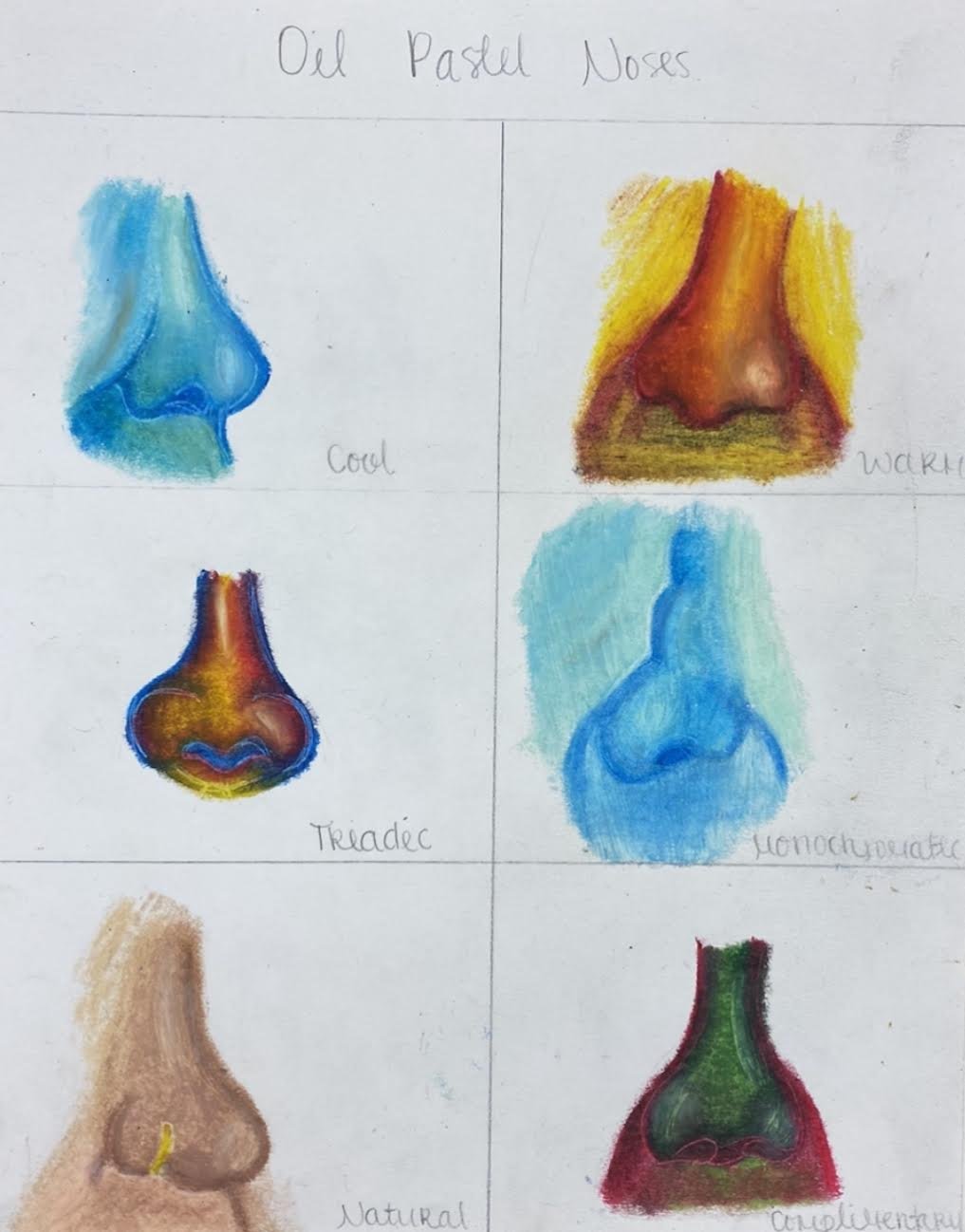
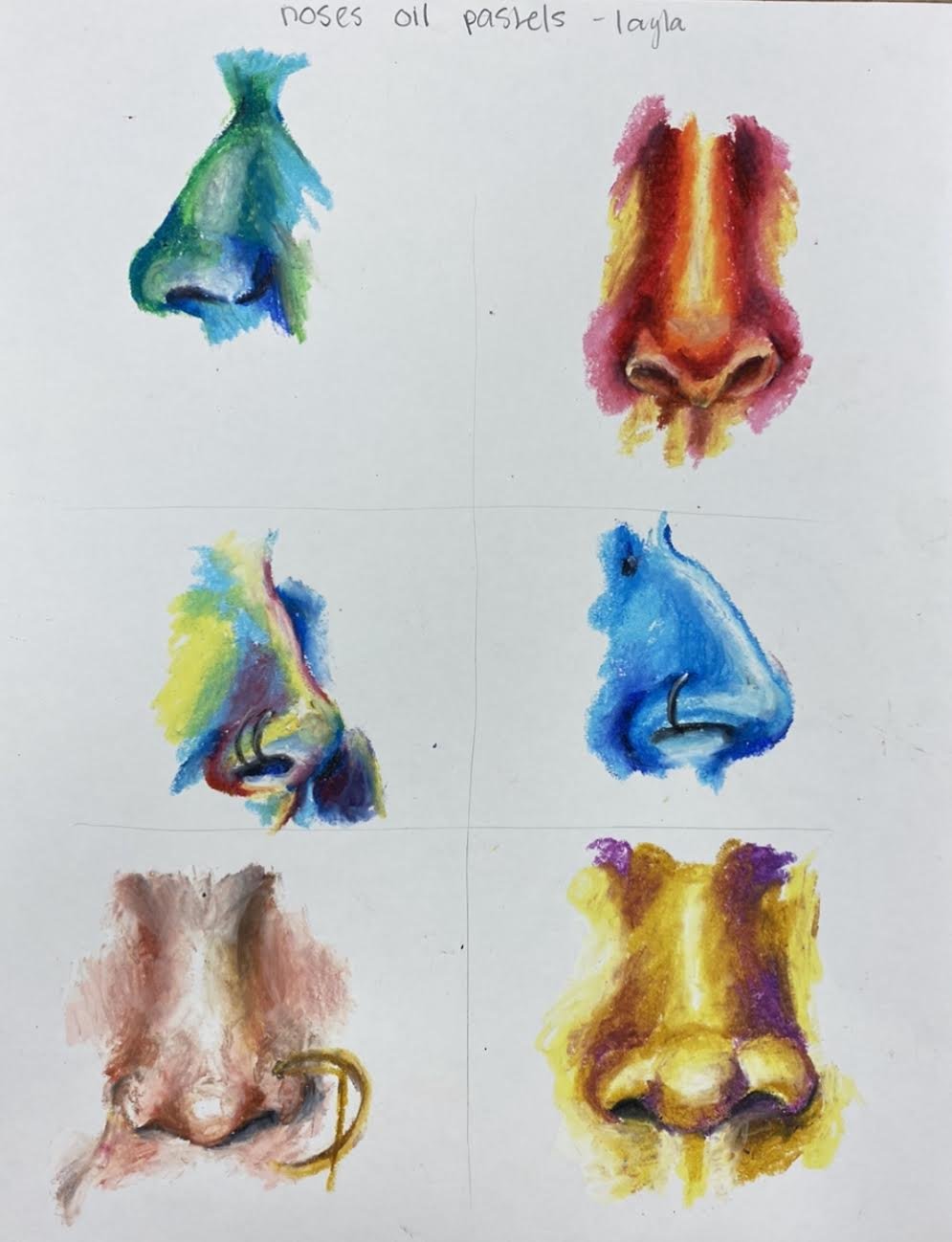
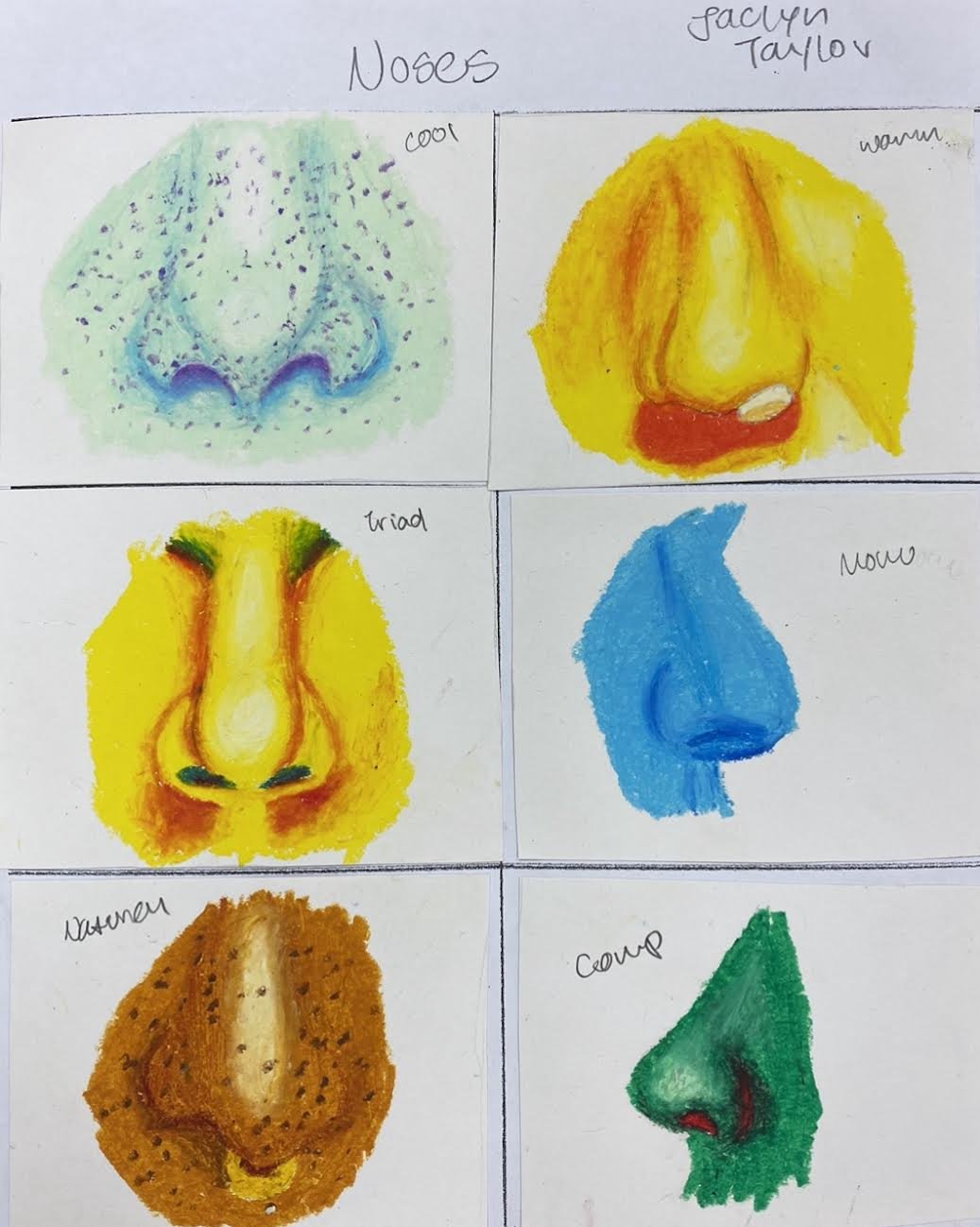
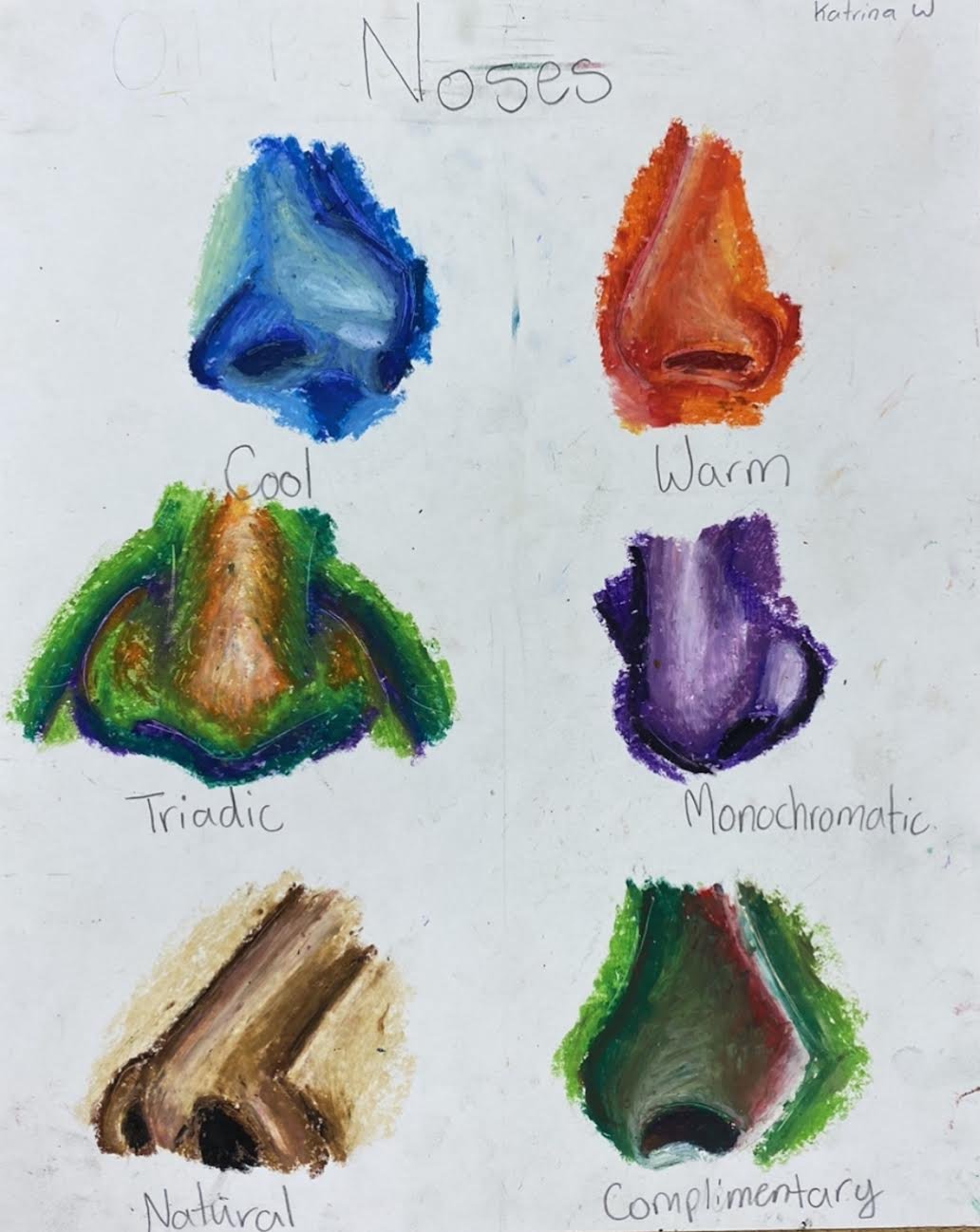
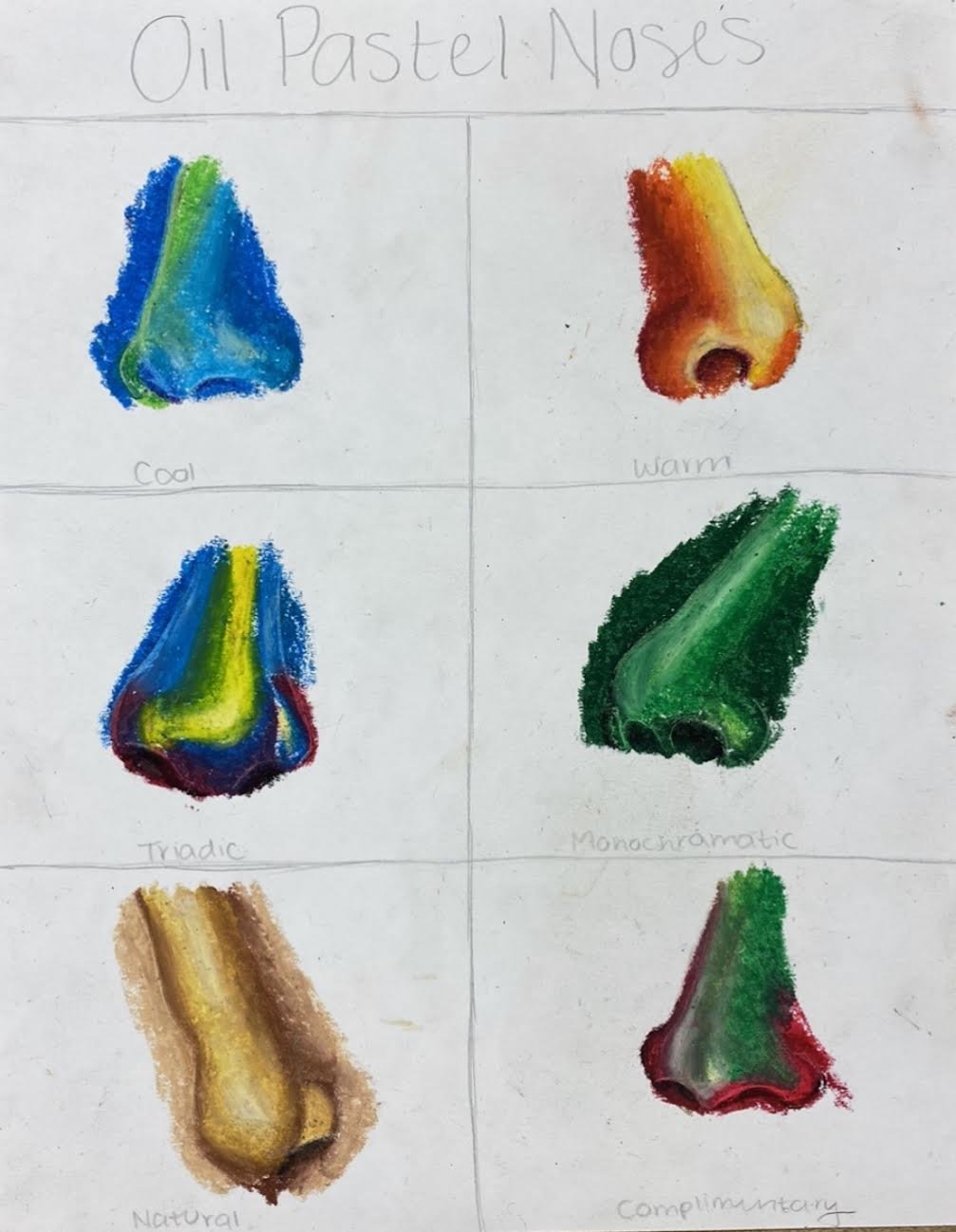
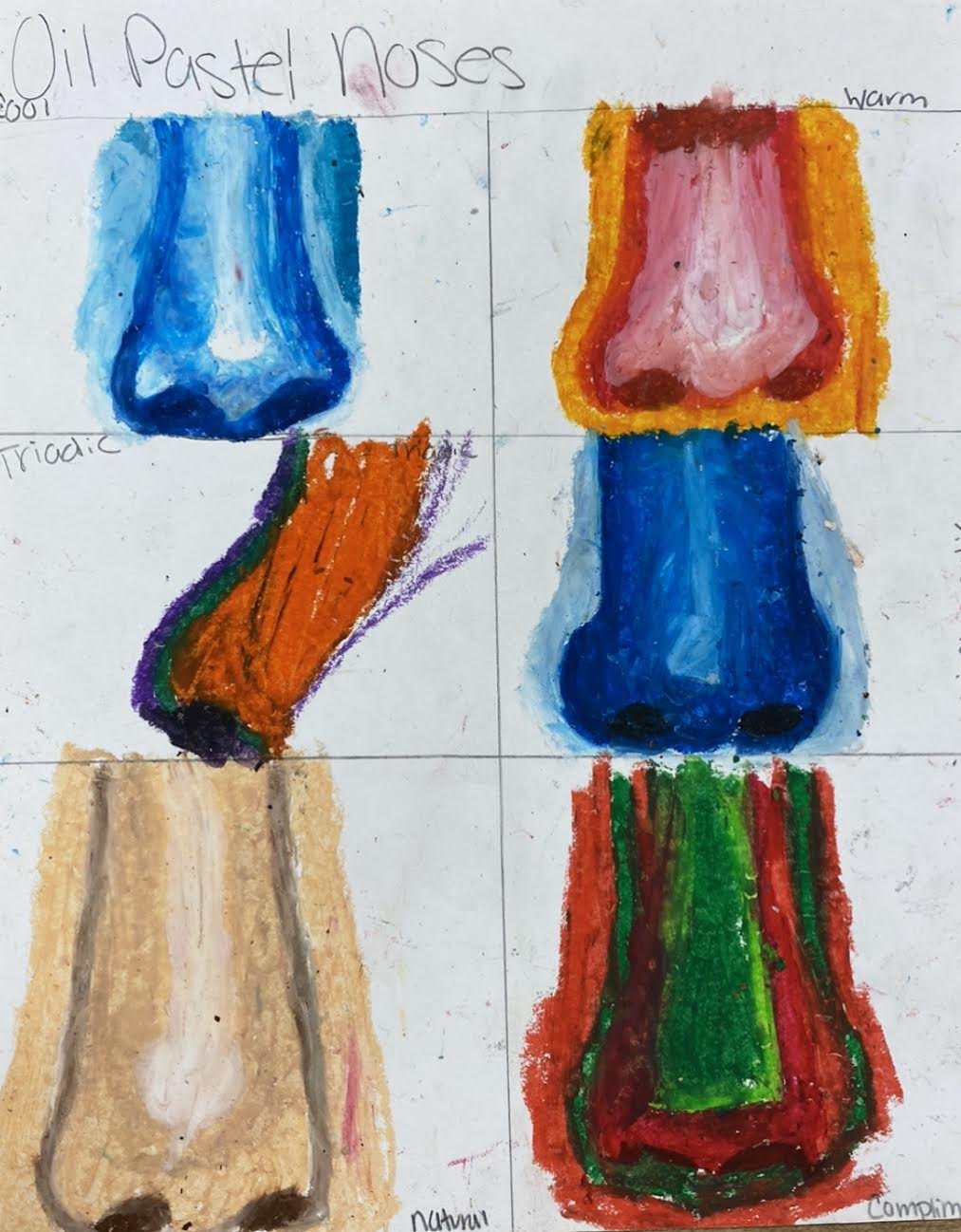
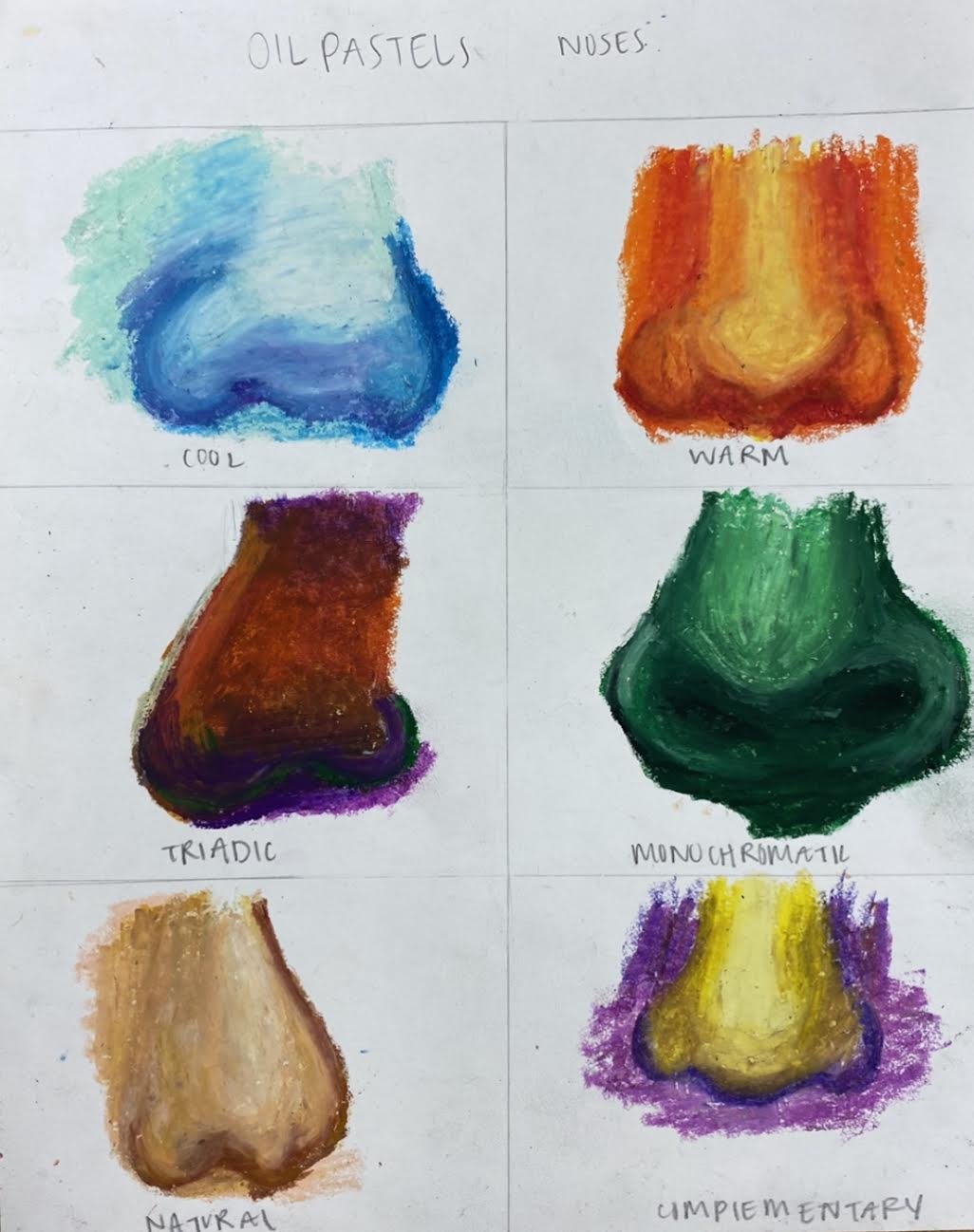
Pastel Lips Exercise
Students practiced drawing six lips in pastel using different color methods which were cool, warm, triadic, monochromatic, natural, and, complimentary. This helped prepare them for their oil pastel favorite artist project.
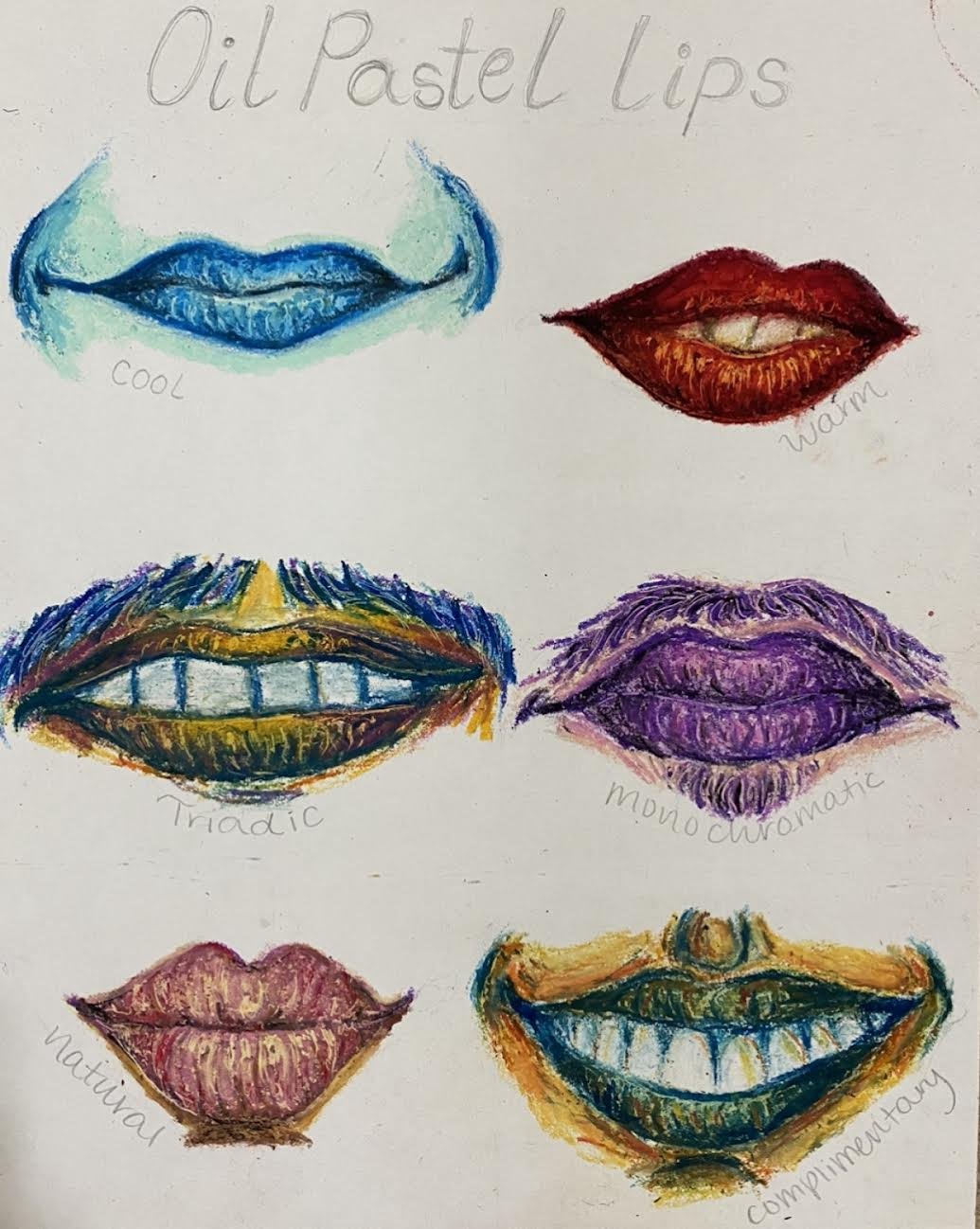
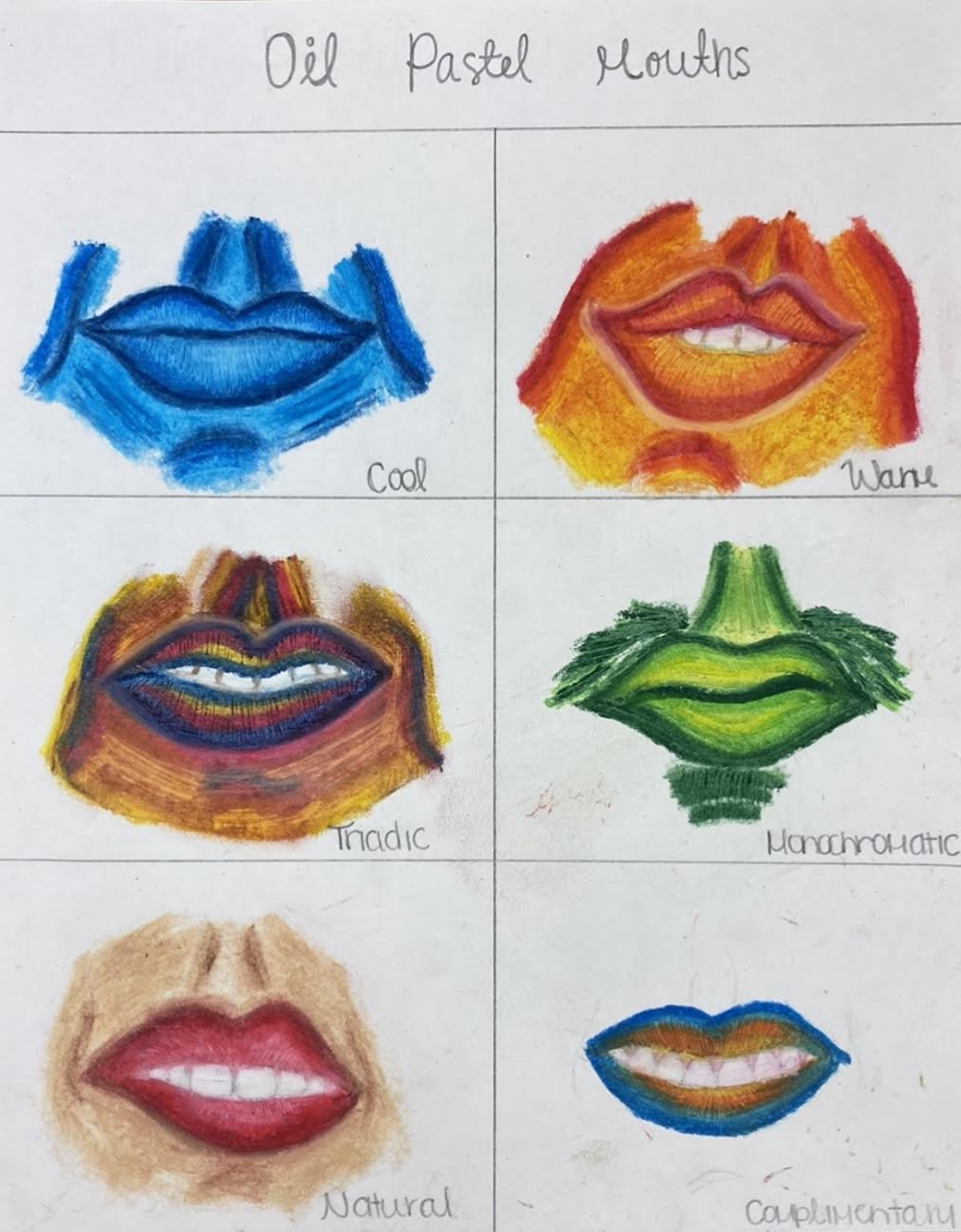

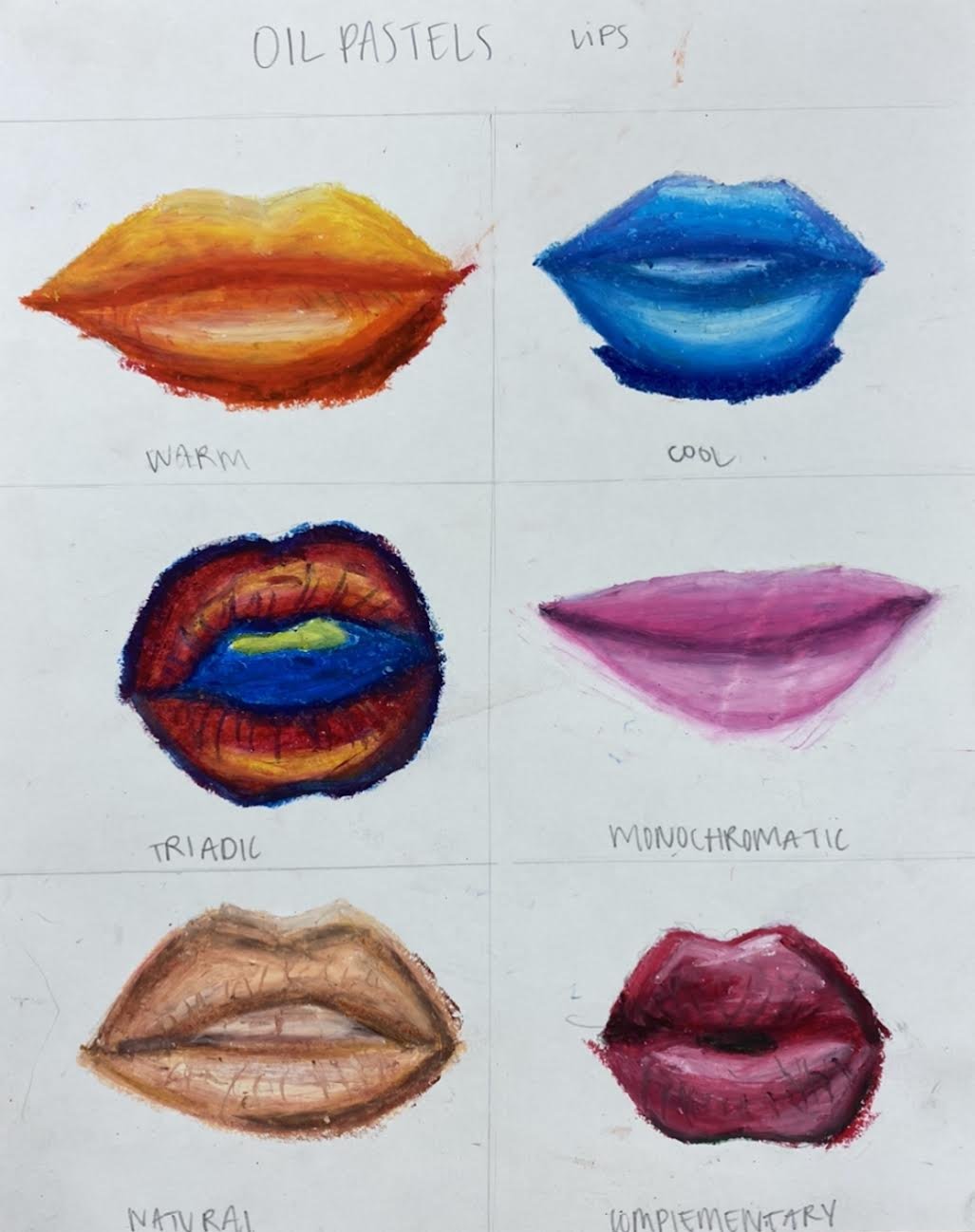
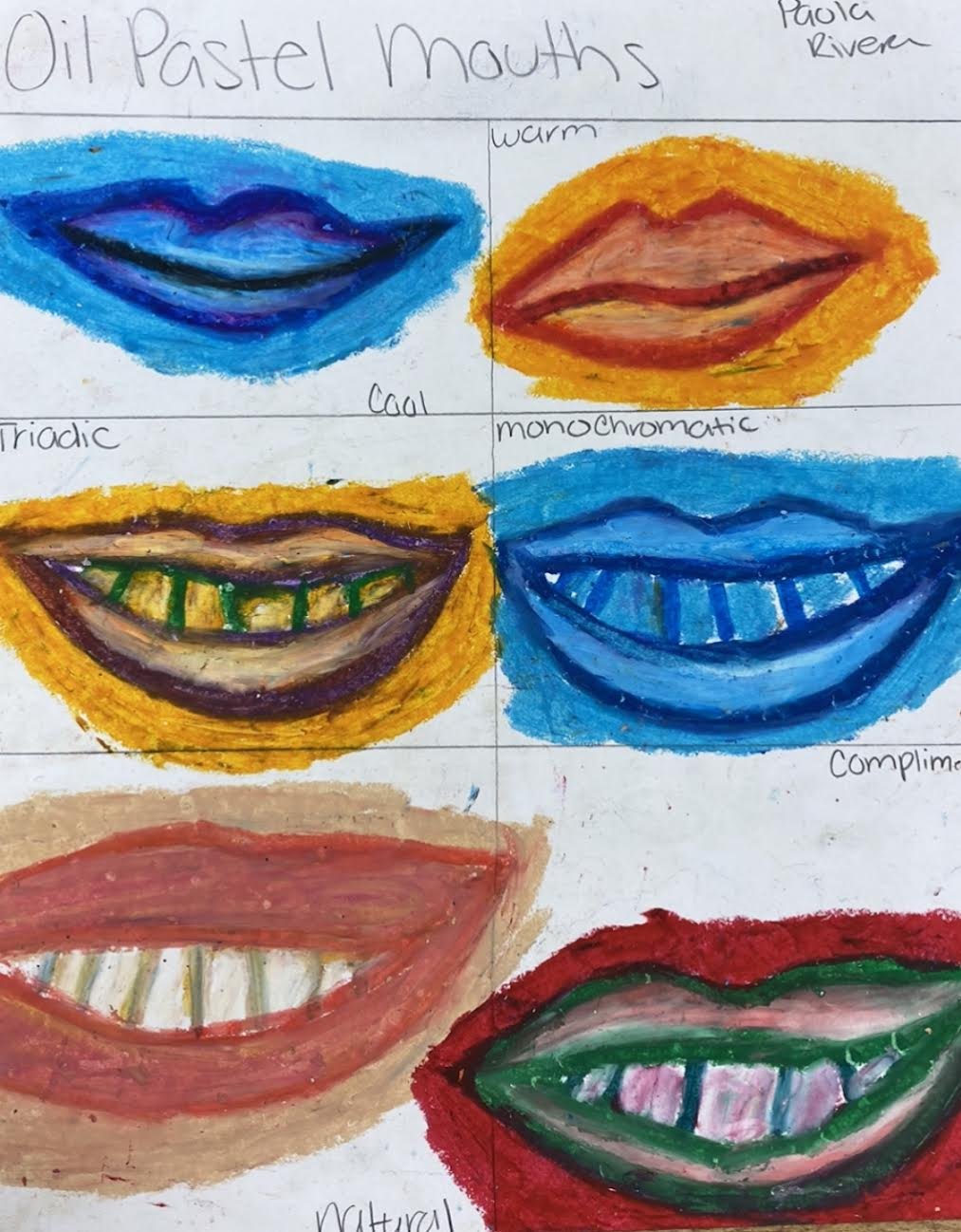
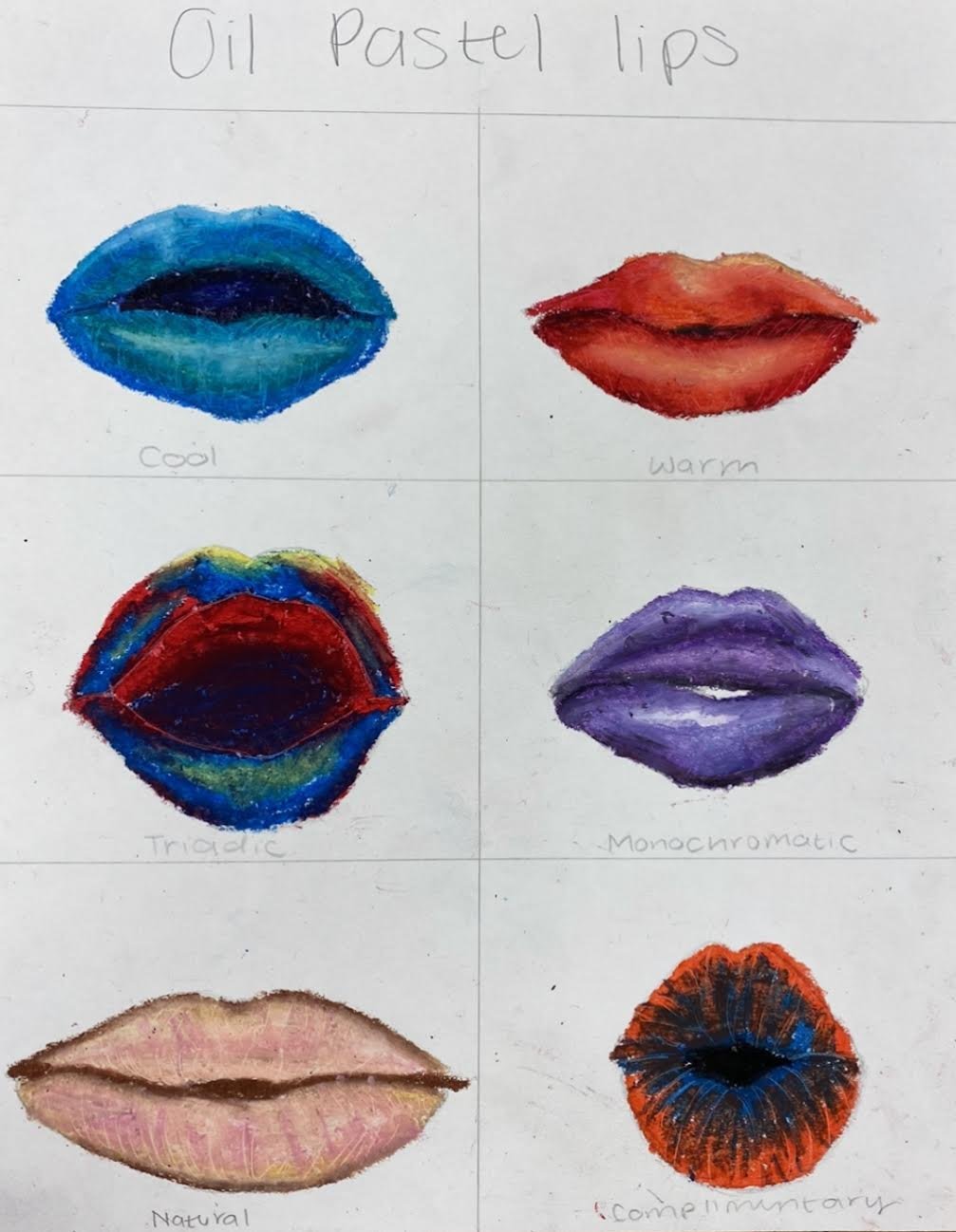
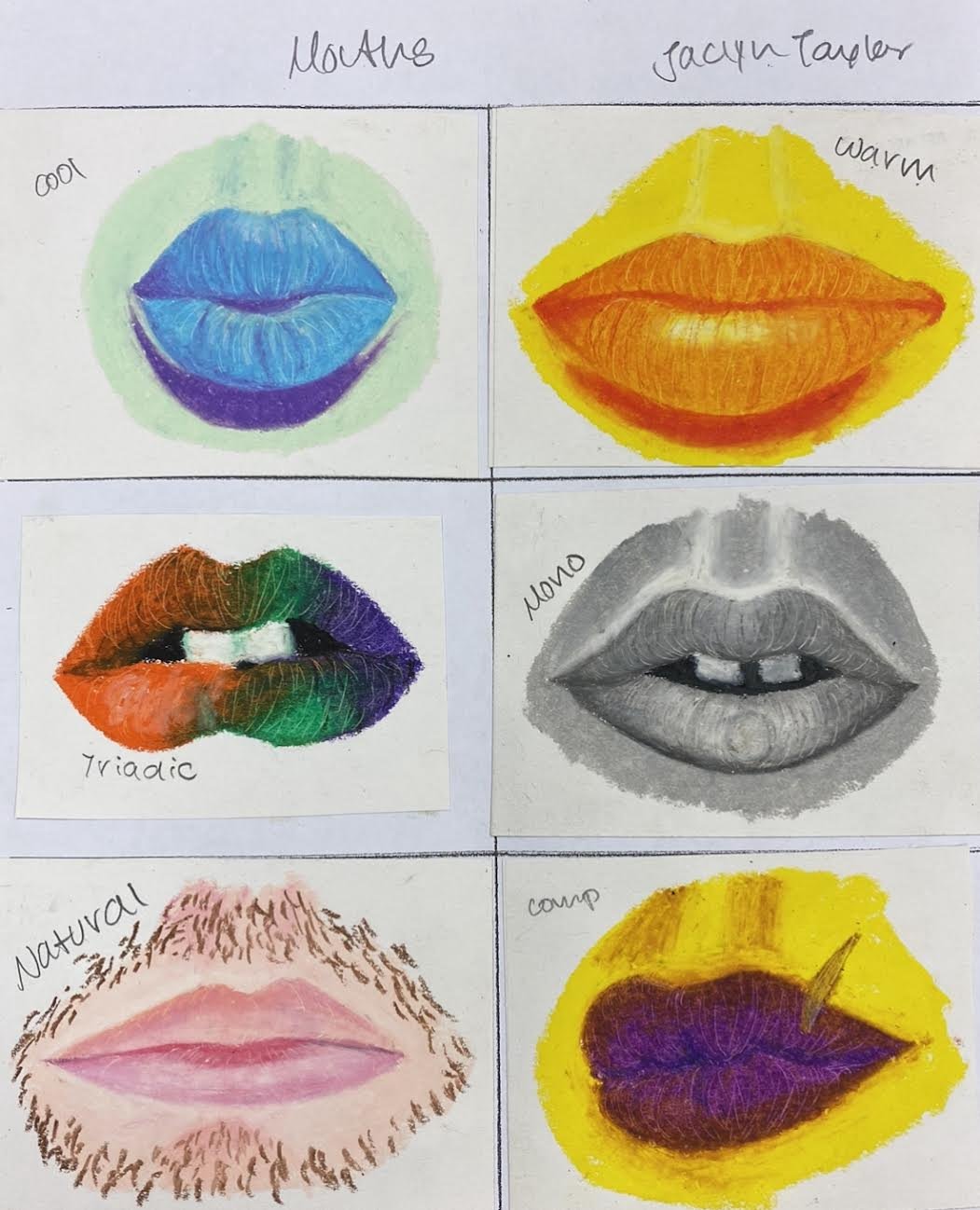
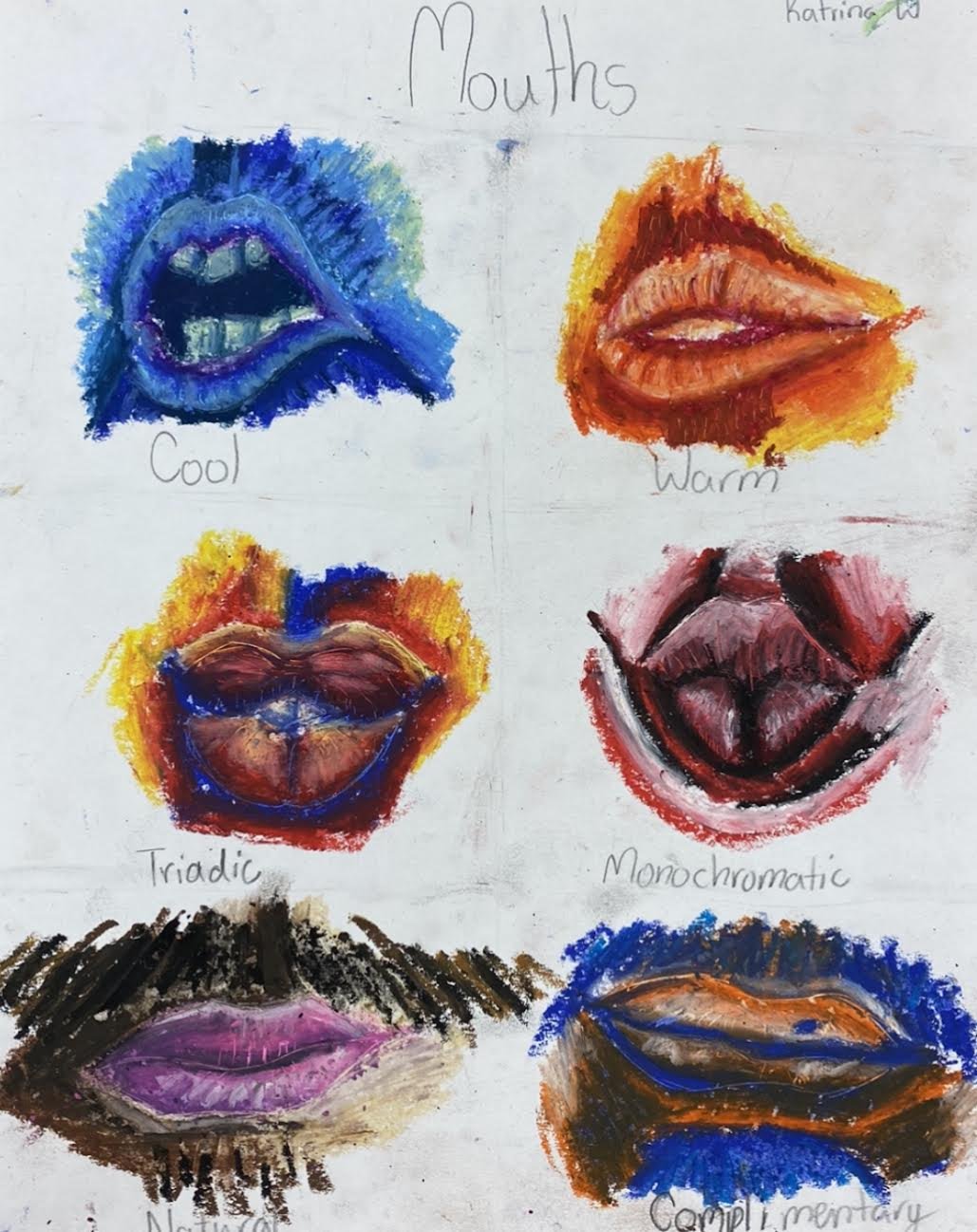
Pastel Artist Project Sketchbook Pages
Students were asked to create a two page sketchbook page of two selected artists: one from the past and one modern day artist. Students were asked to include the following in their sketchbook: facts about each artist and practice coloring their artists over black and white portrait print outs.
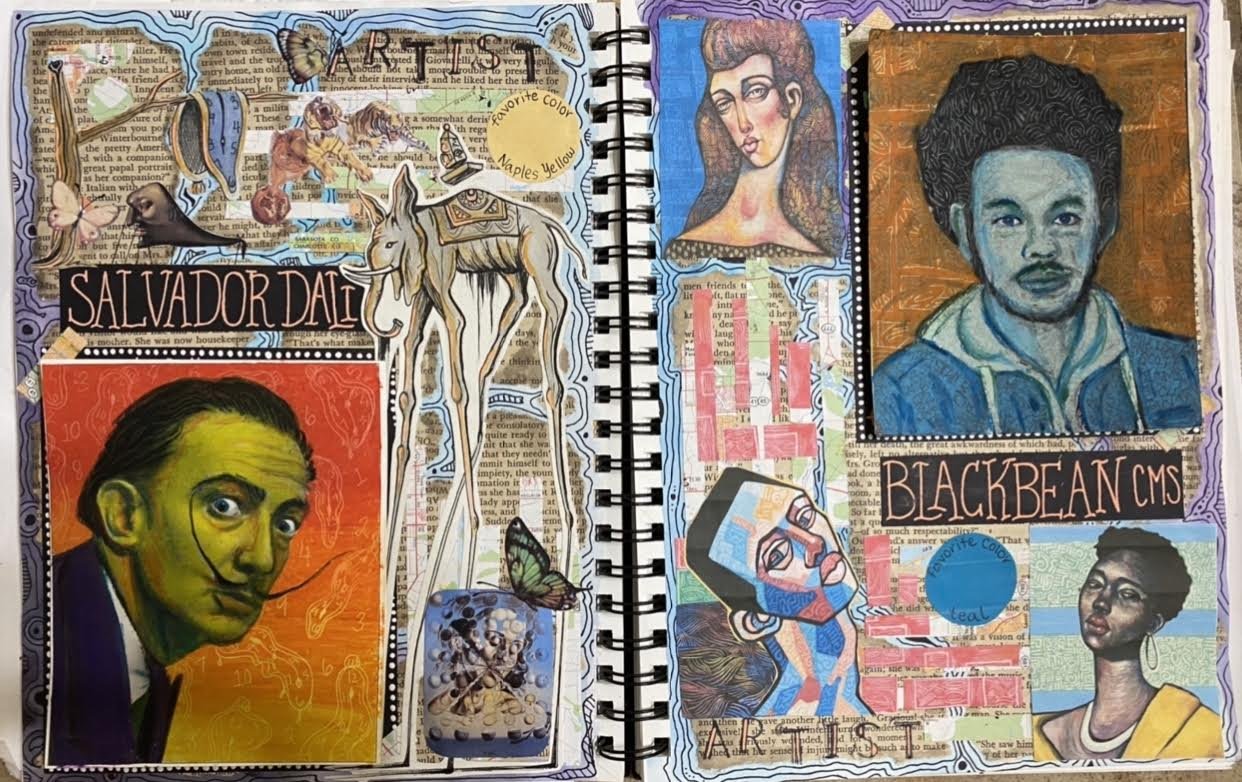
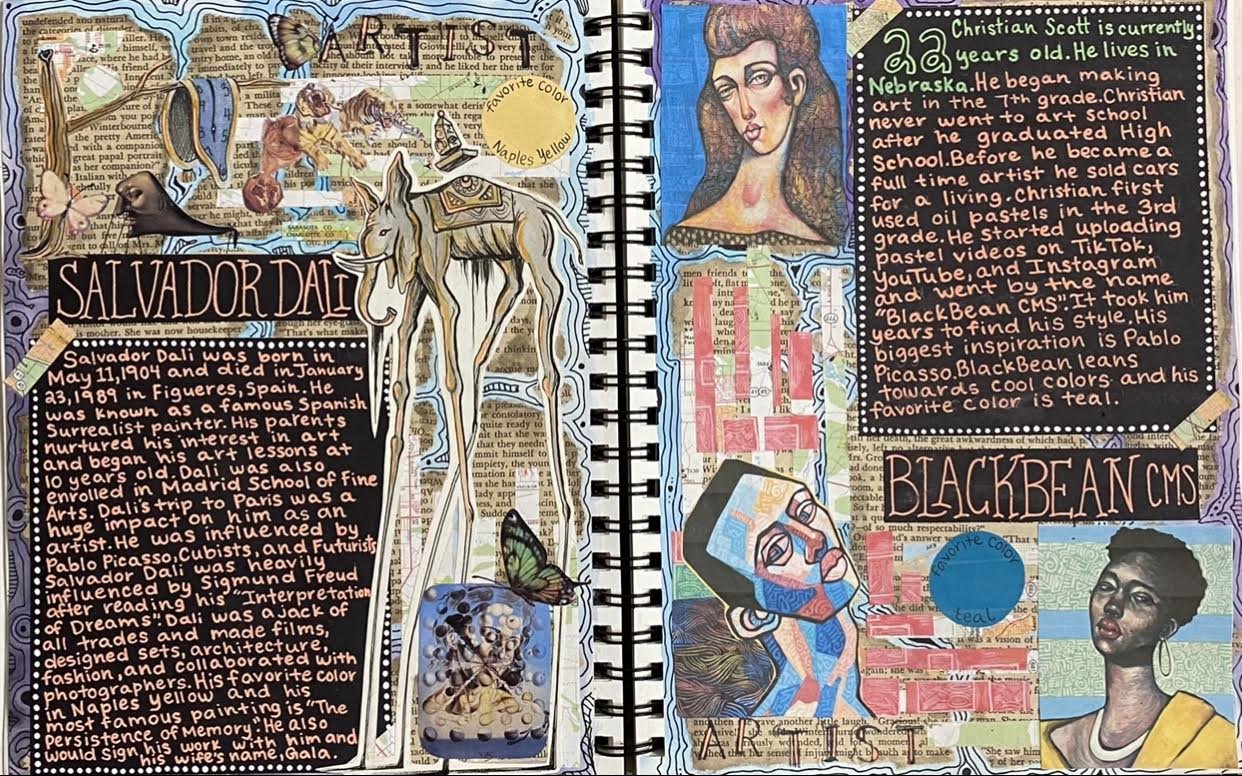
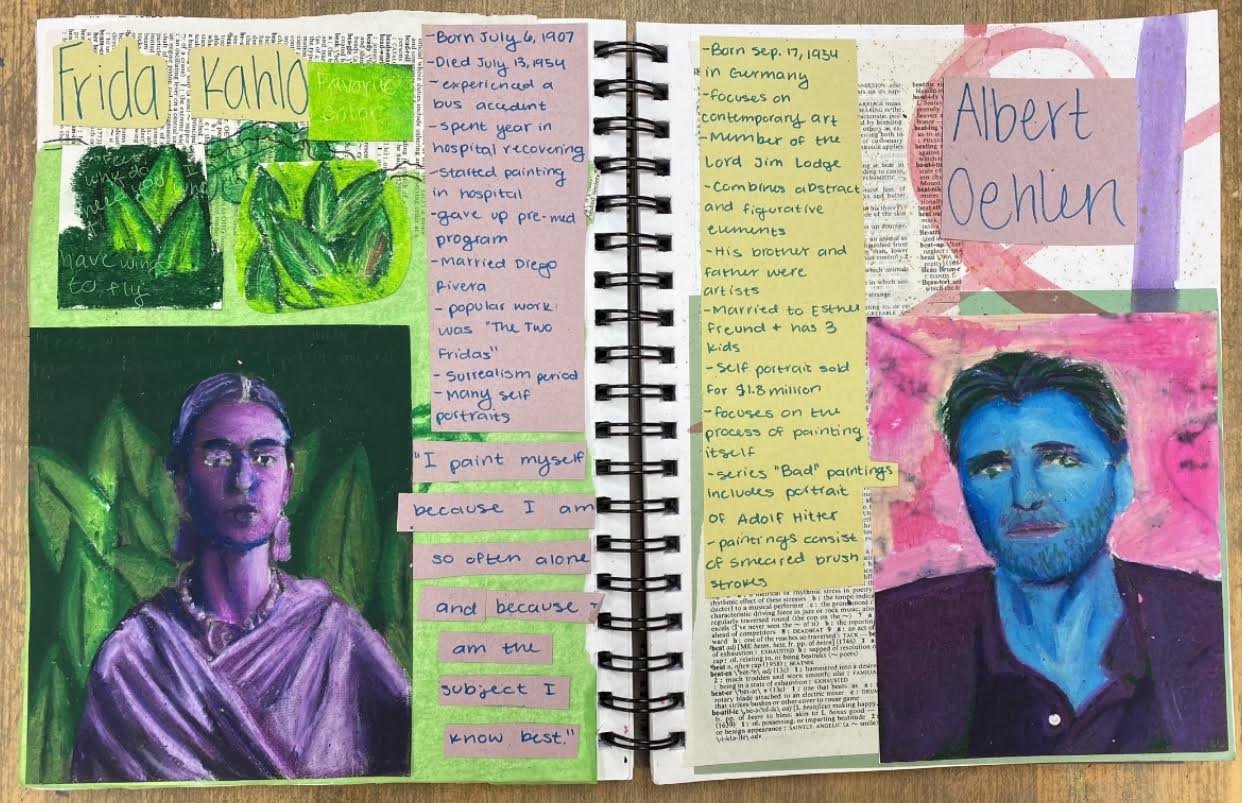
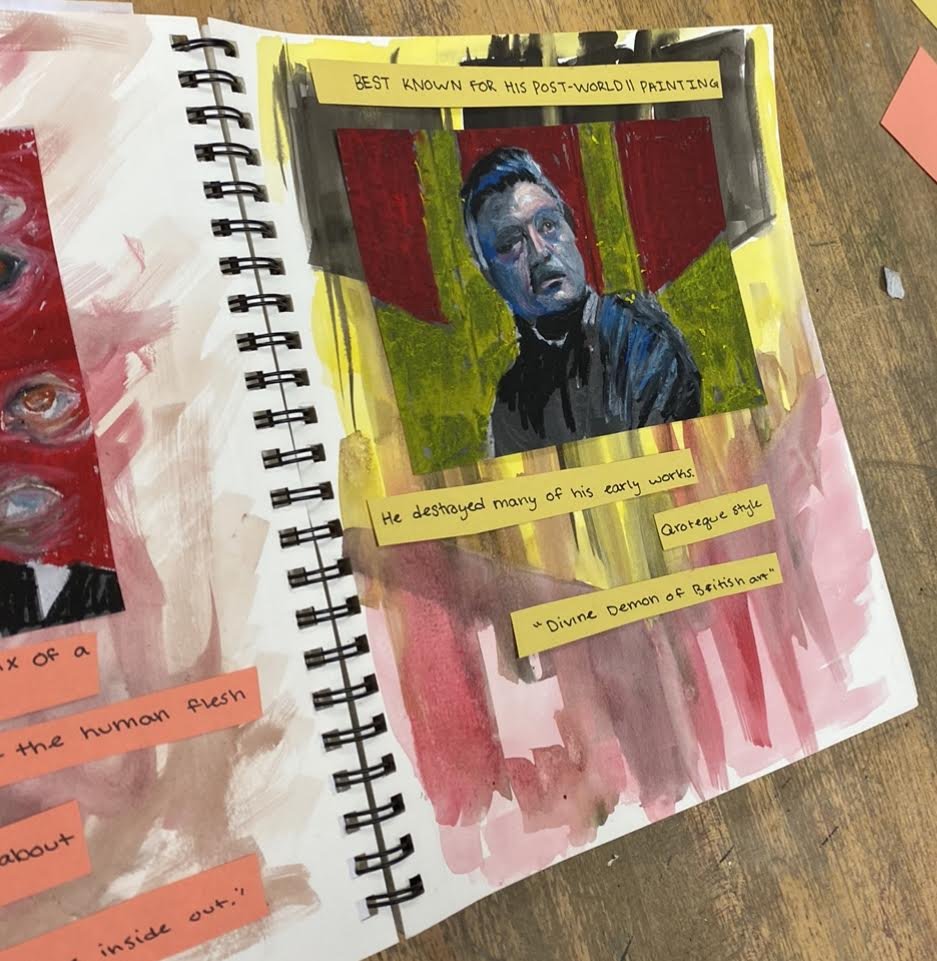

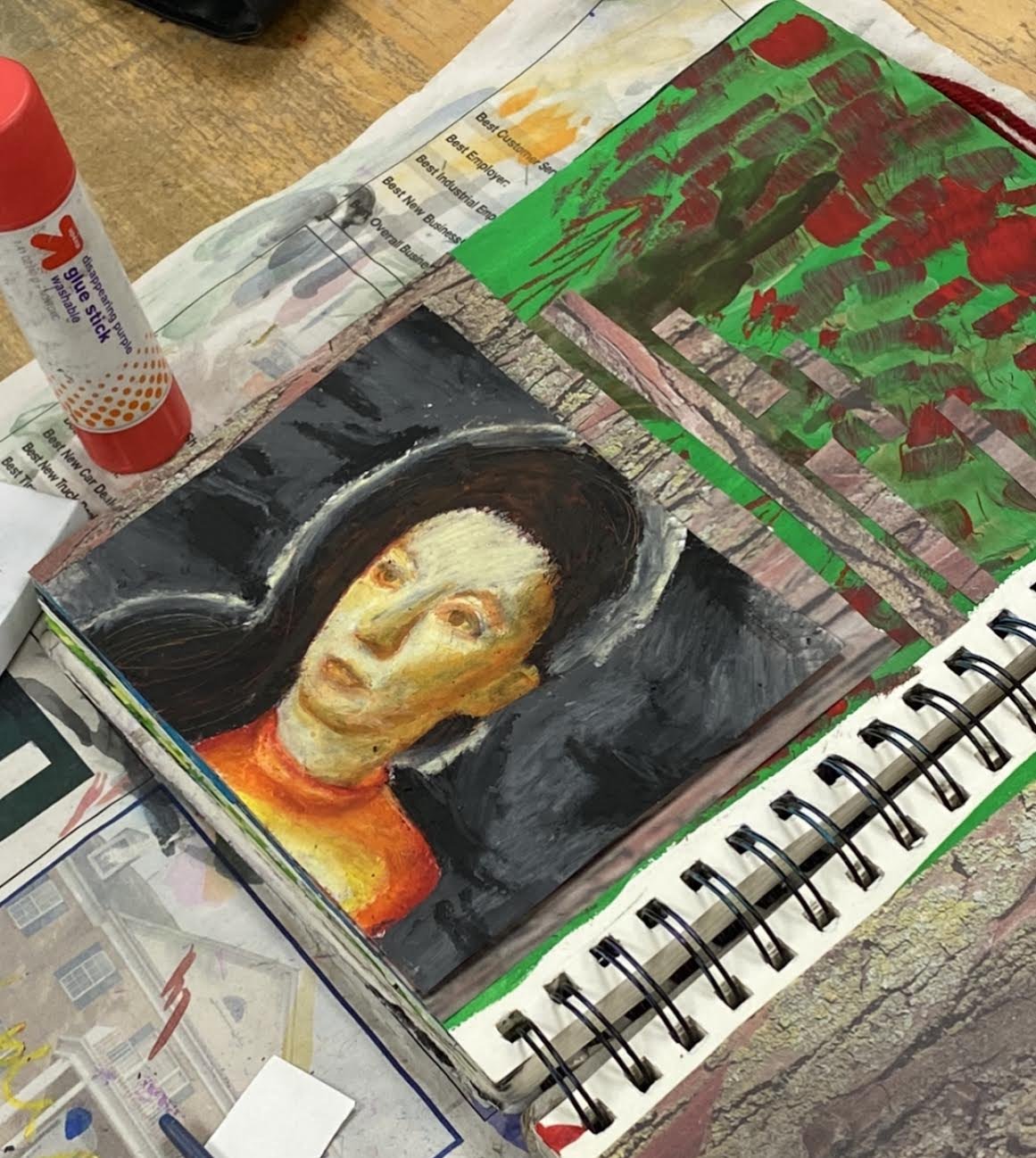
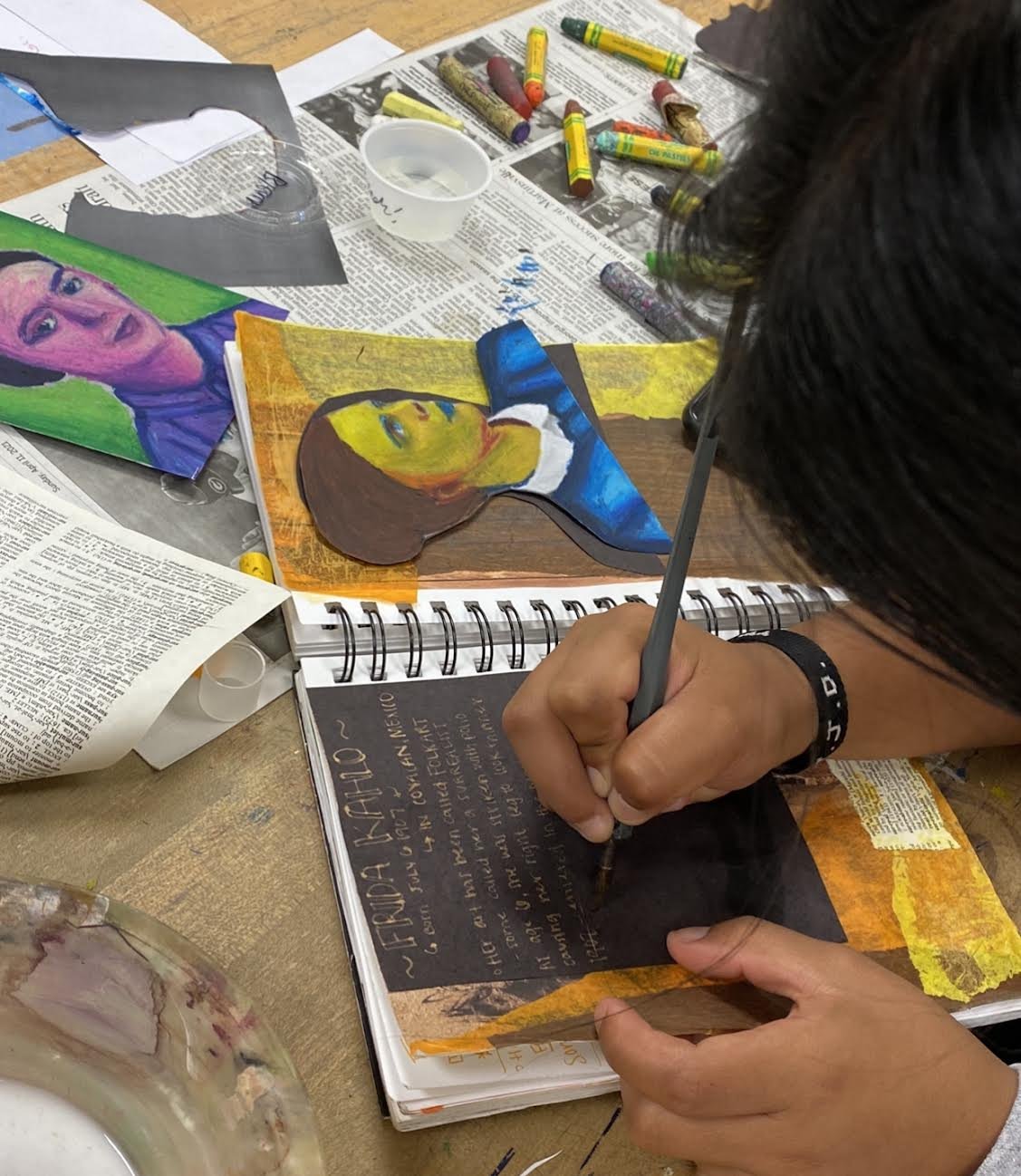
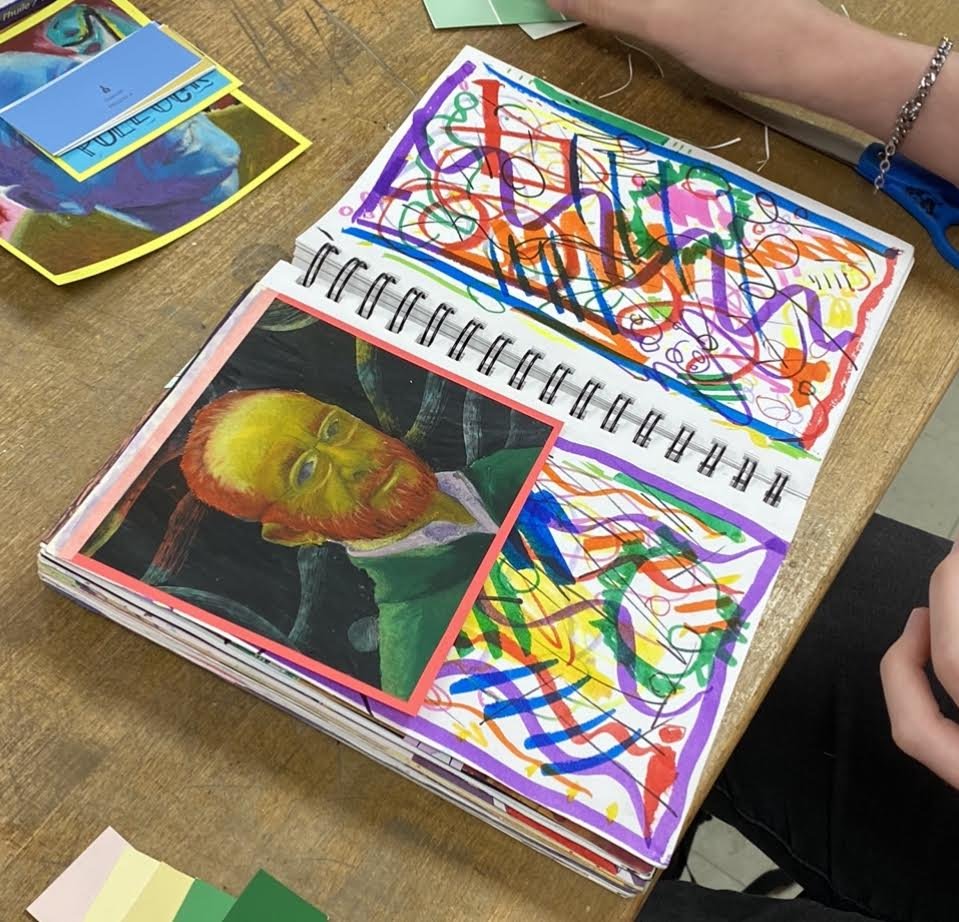
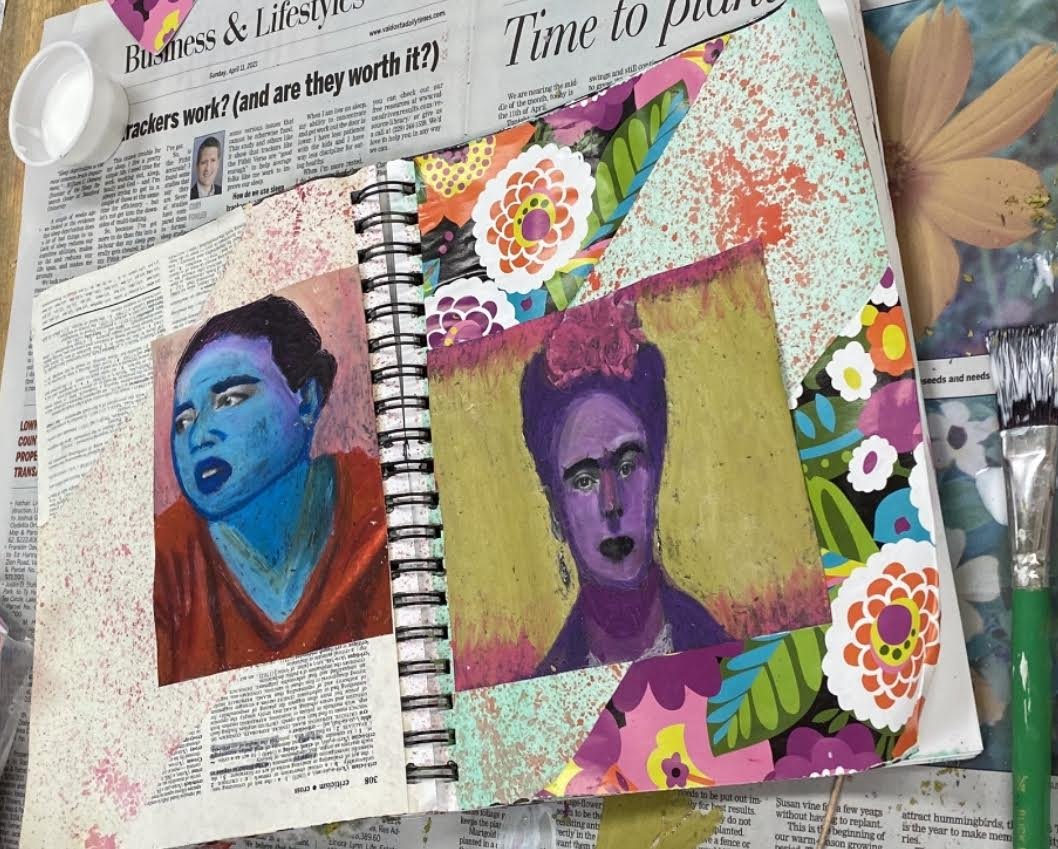
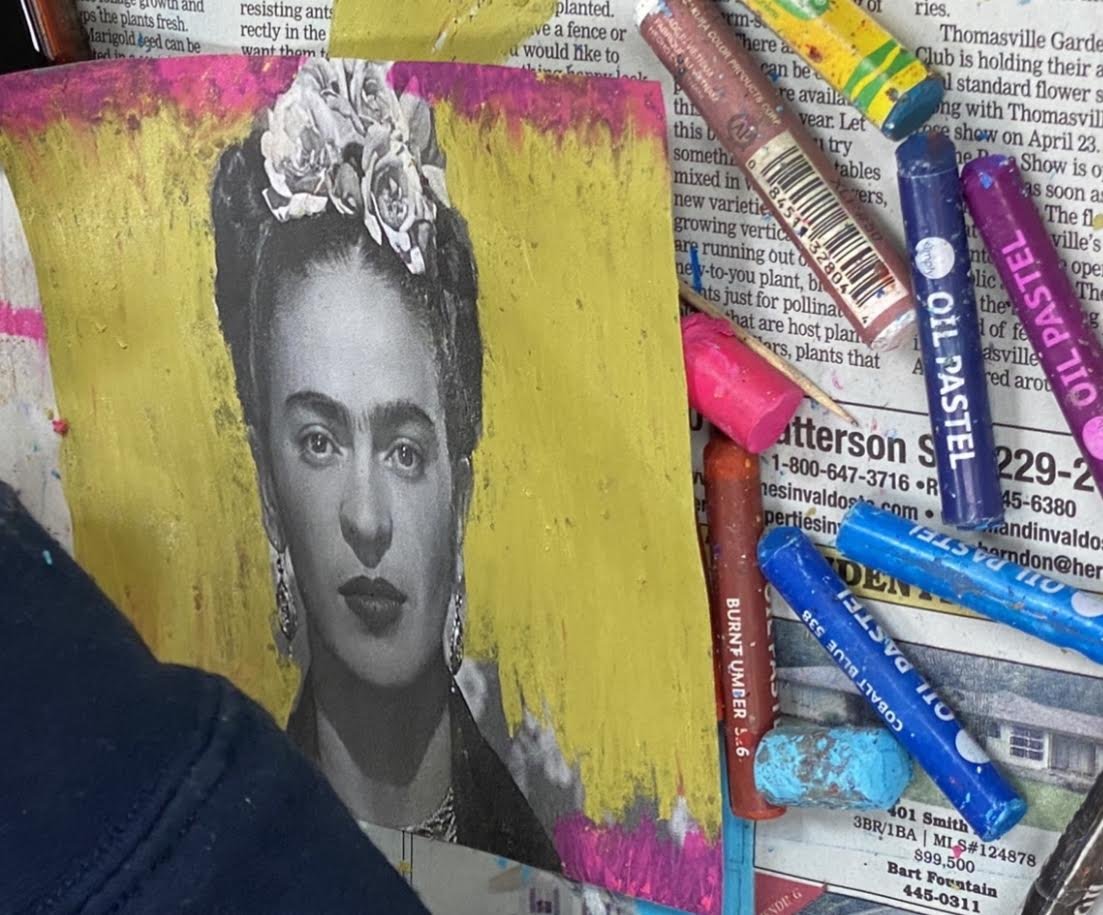
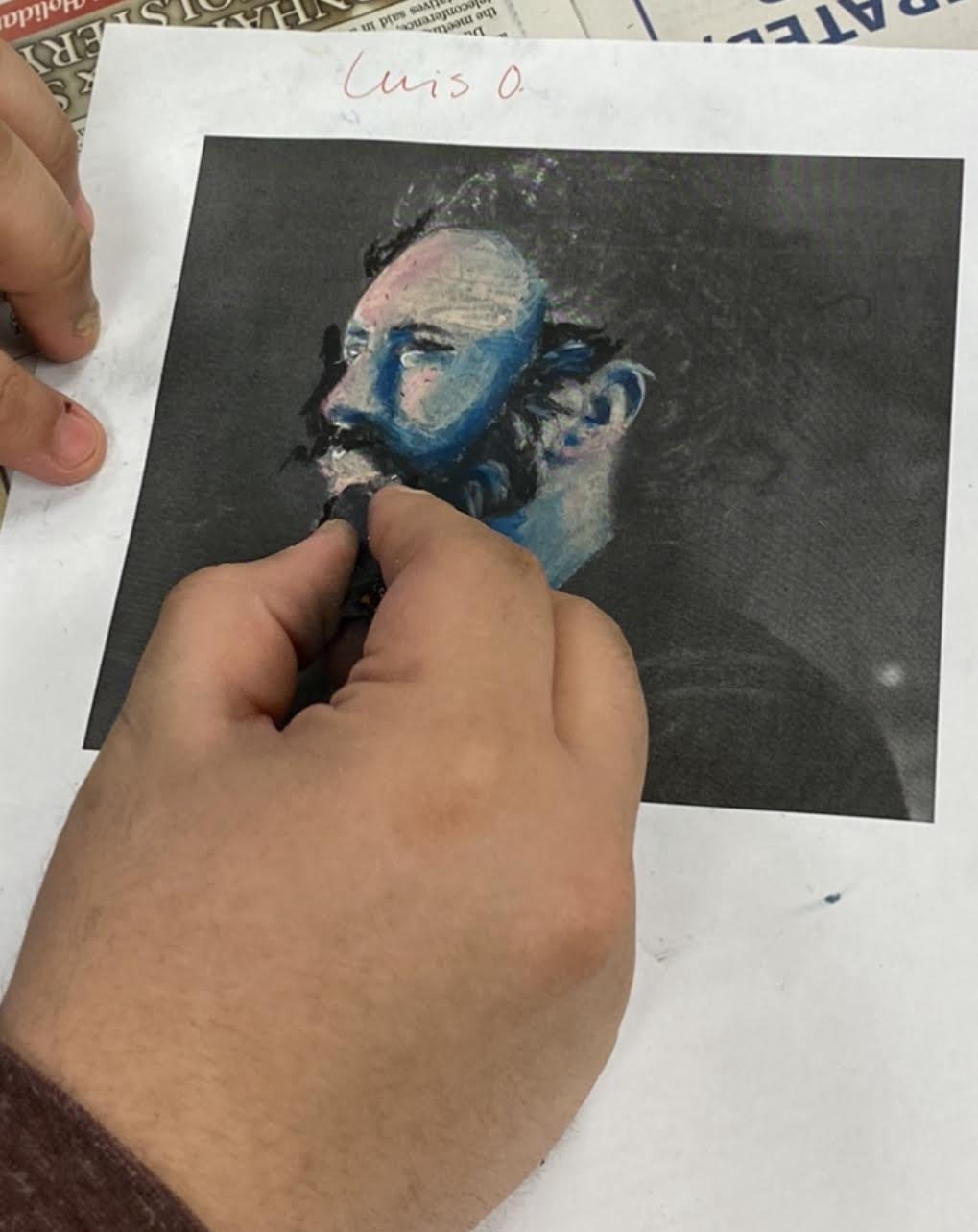
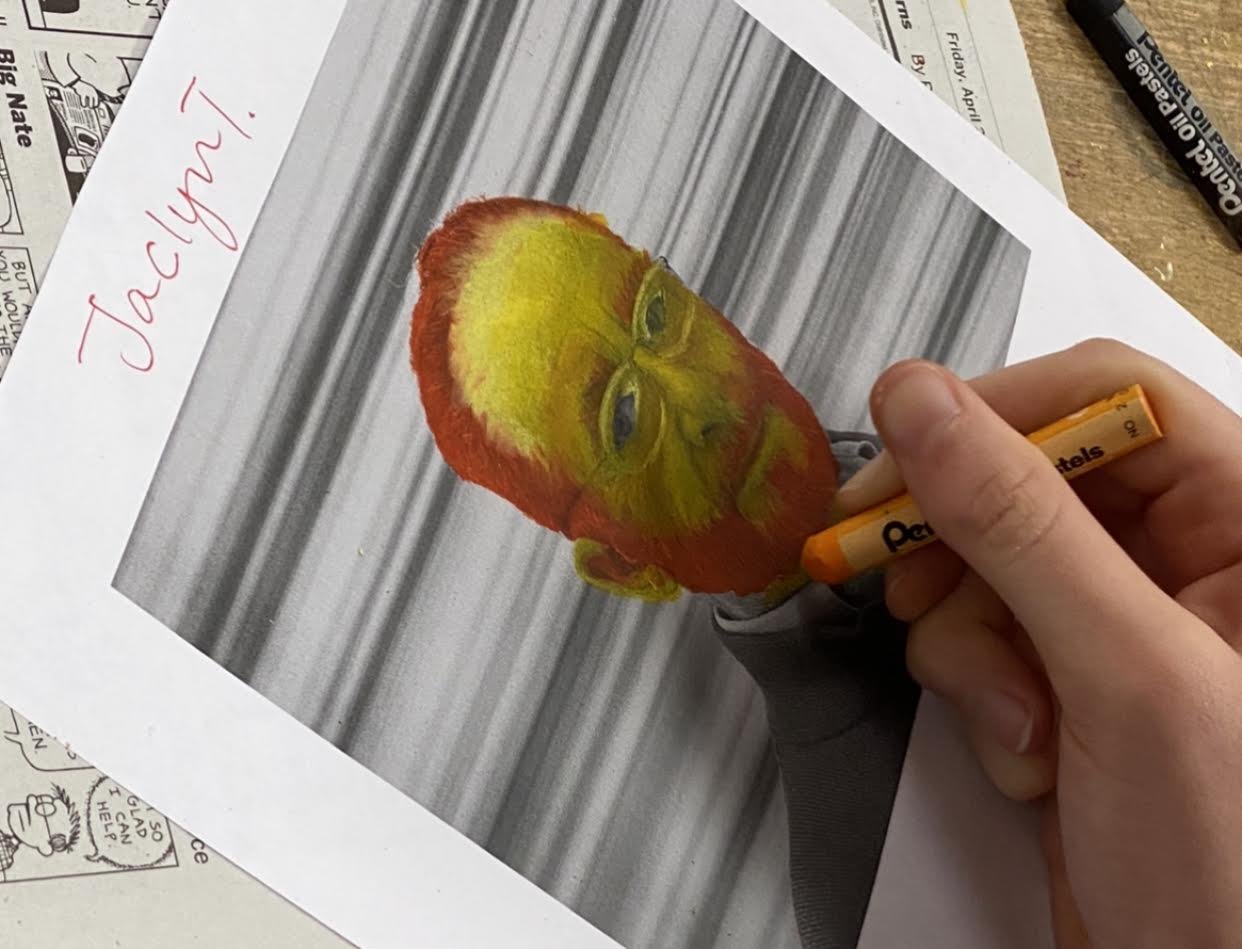
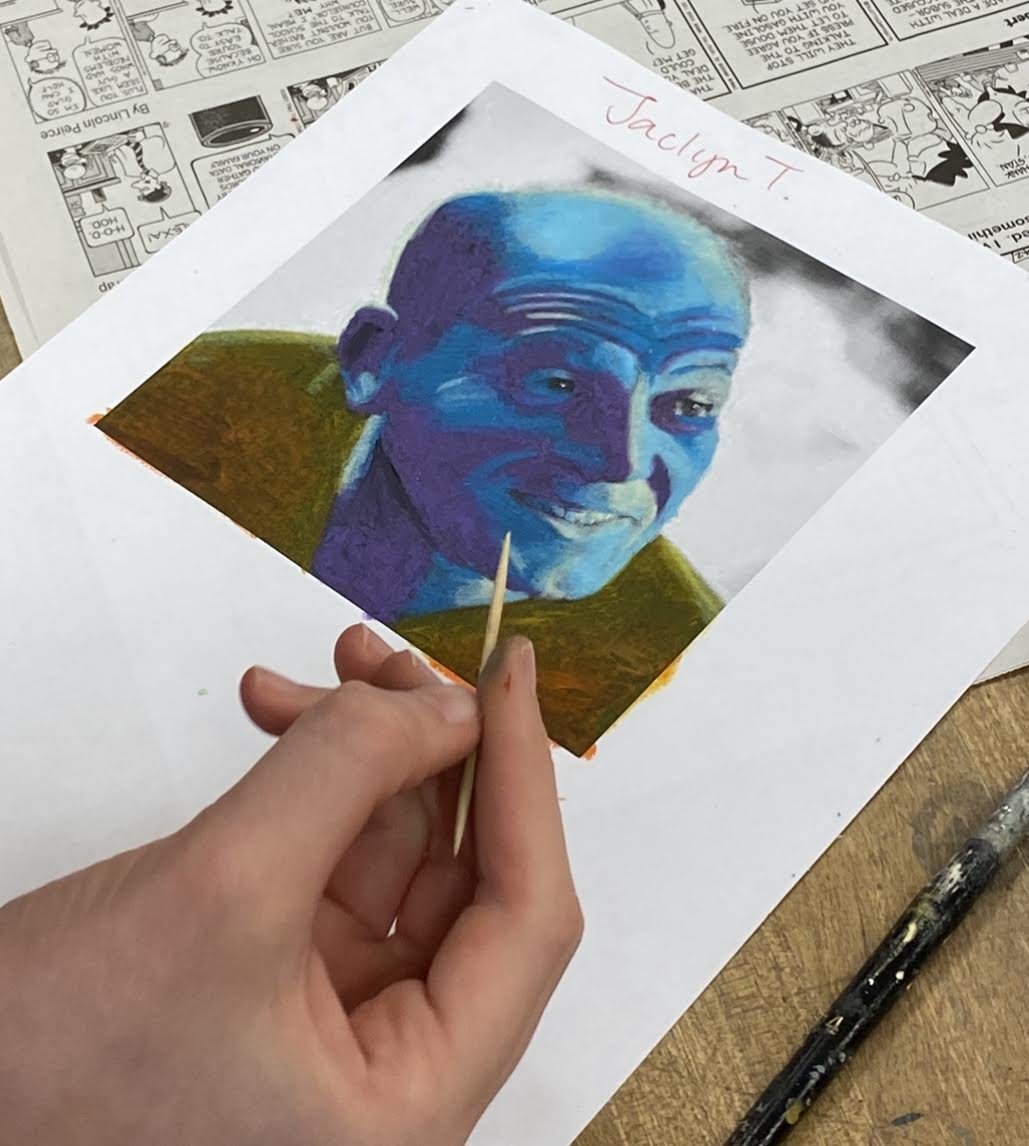
Pastel Favorite Artist Project
Students were challenged to create an original 16 in x 20 in. pastel drawing of their favorite artist using pastel techniques they were taught. Students sketched their favorite artist using the grid method. Students worked on their background first and were asked to make it relate to their artist. Students then proceeded to work on their favorite artist using characteristics of their paintings and things they liked. This project prompted students to learn more about selected artists and their artwork in the world which inspired them to create a meaningful portrait of their favorite artist in their honor.


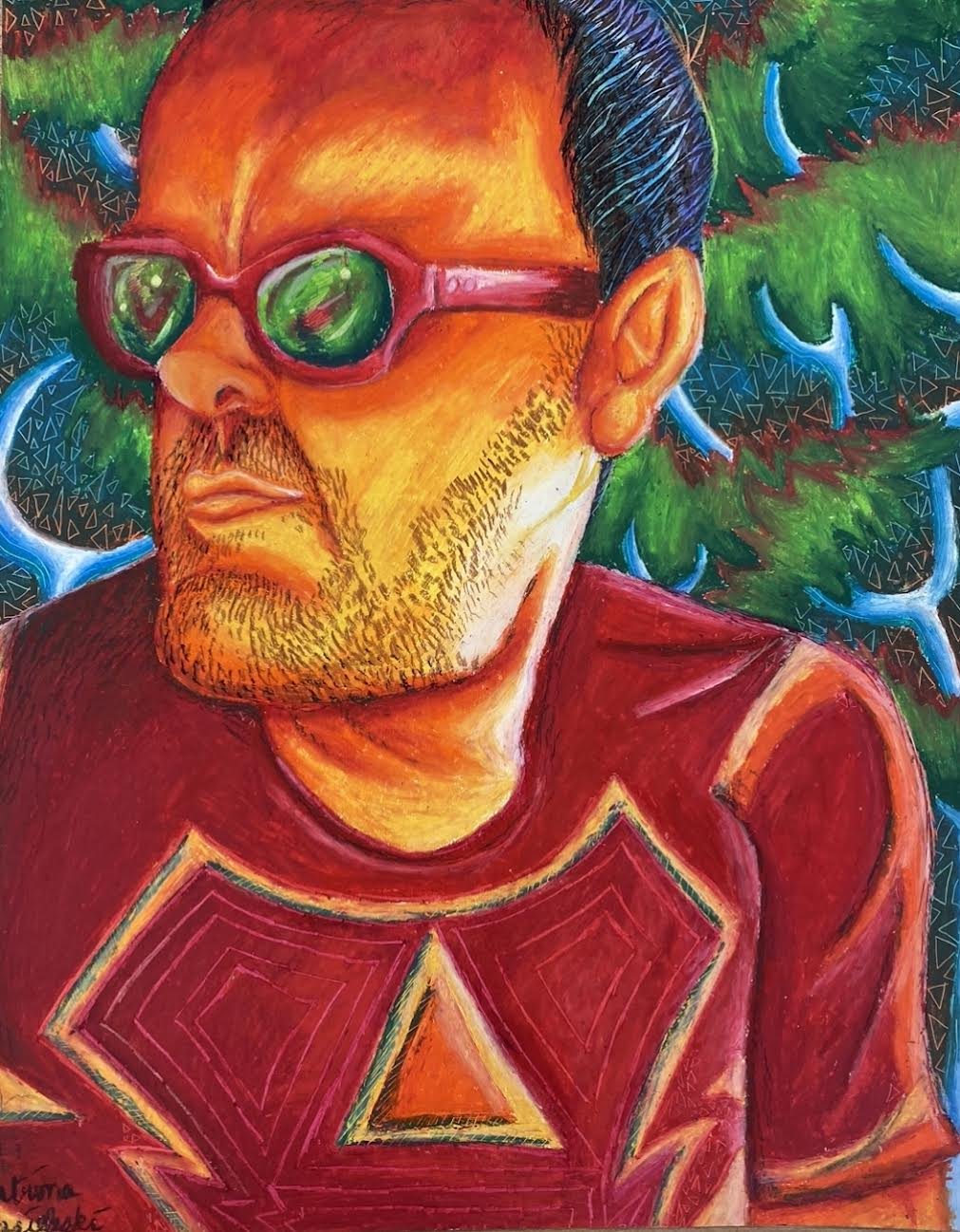
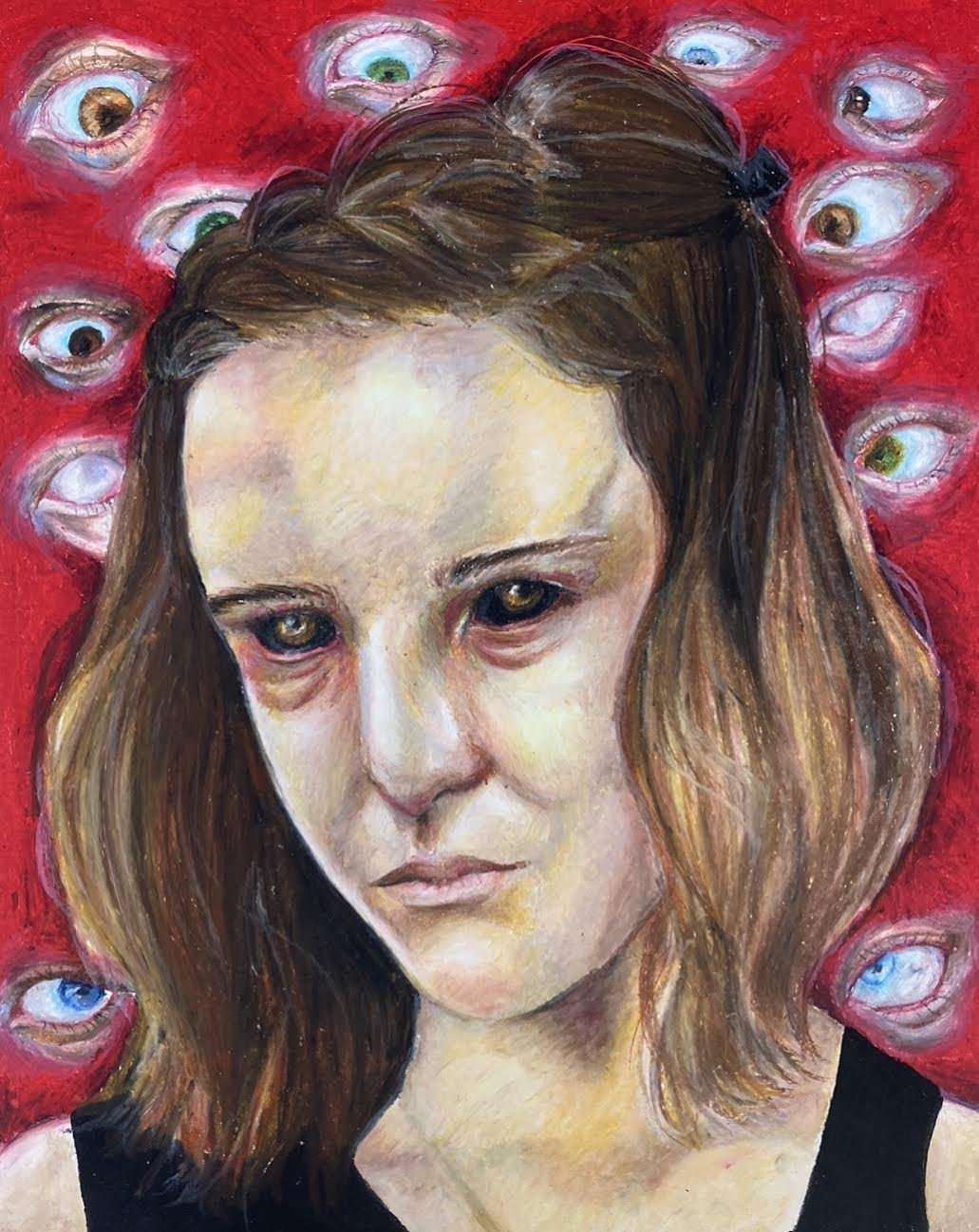
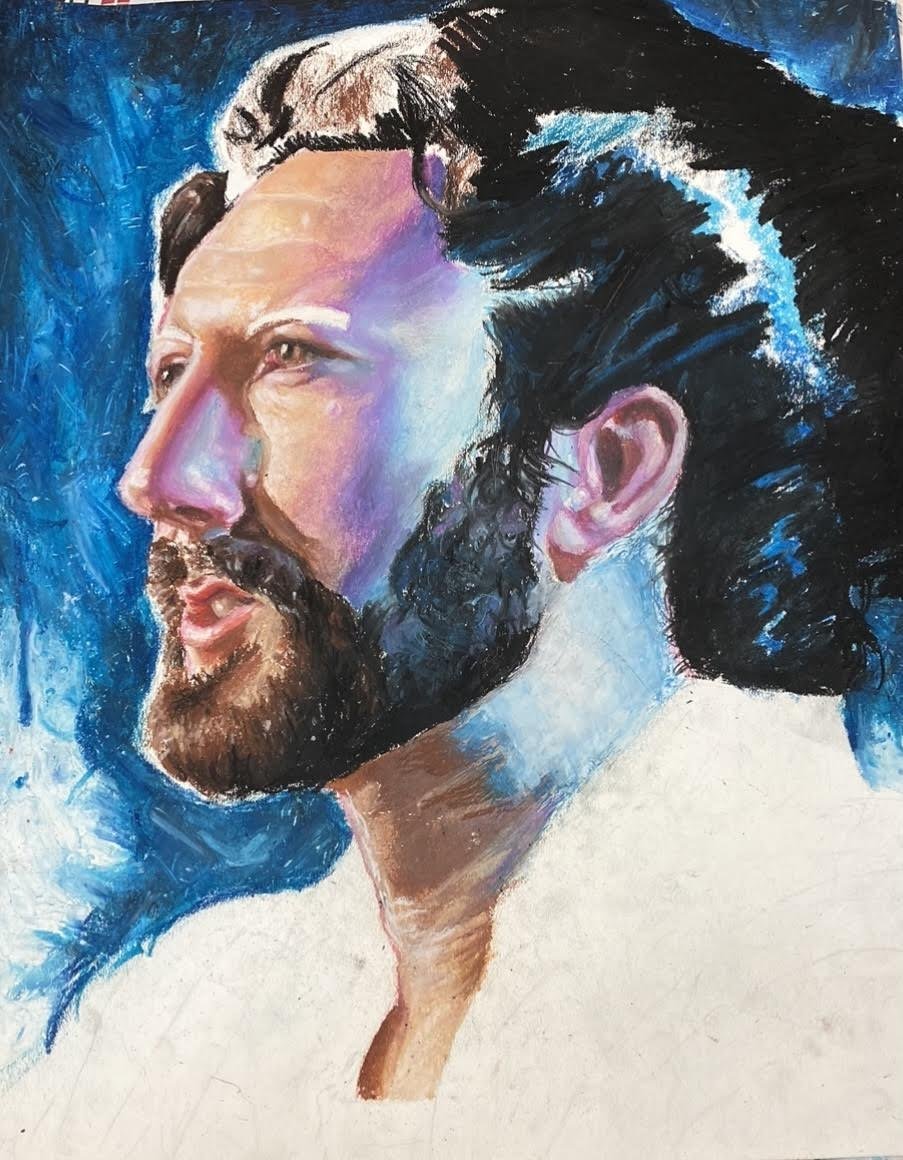
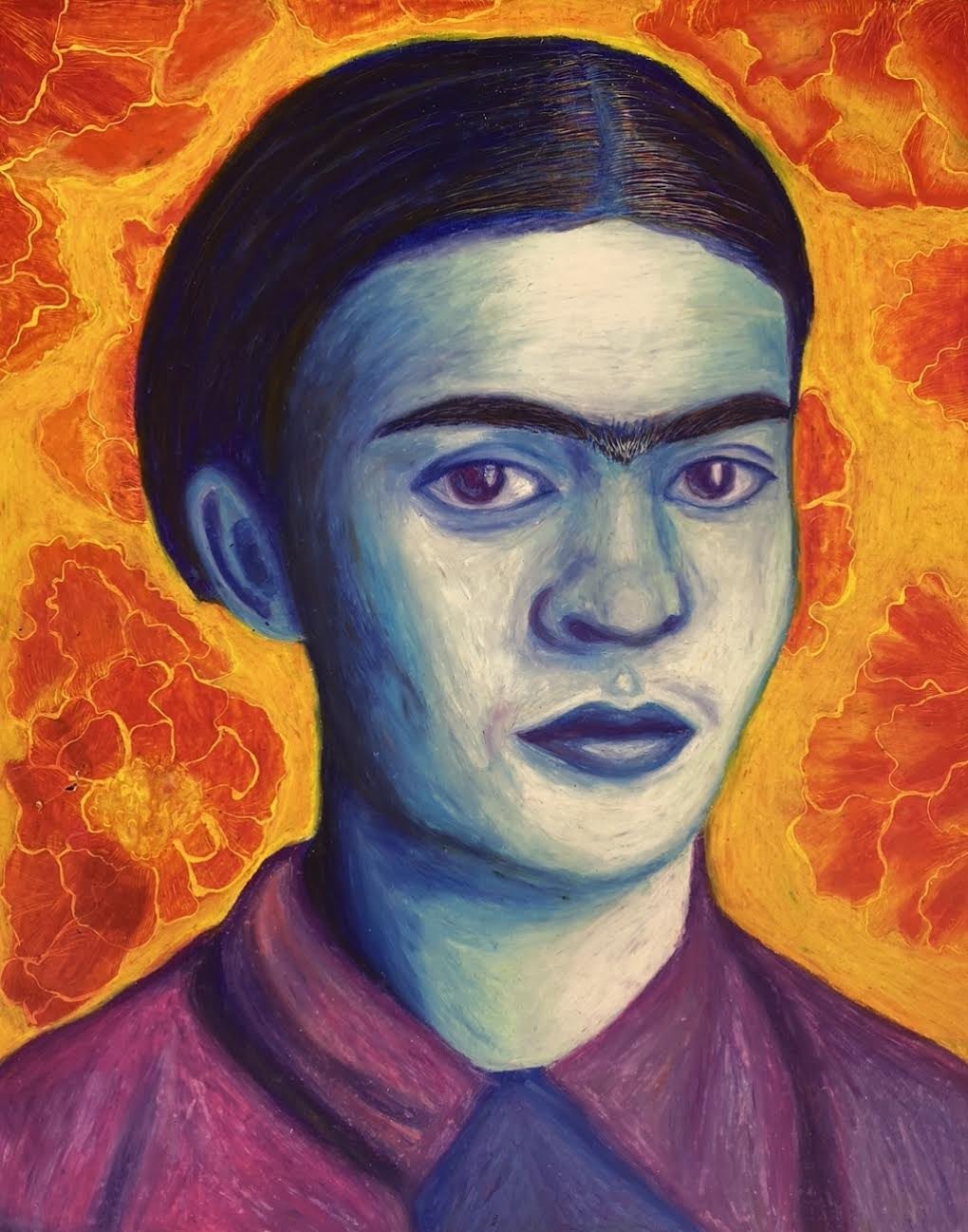
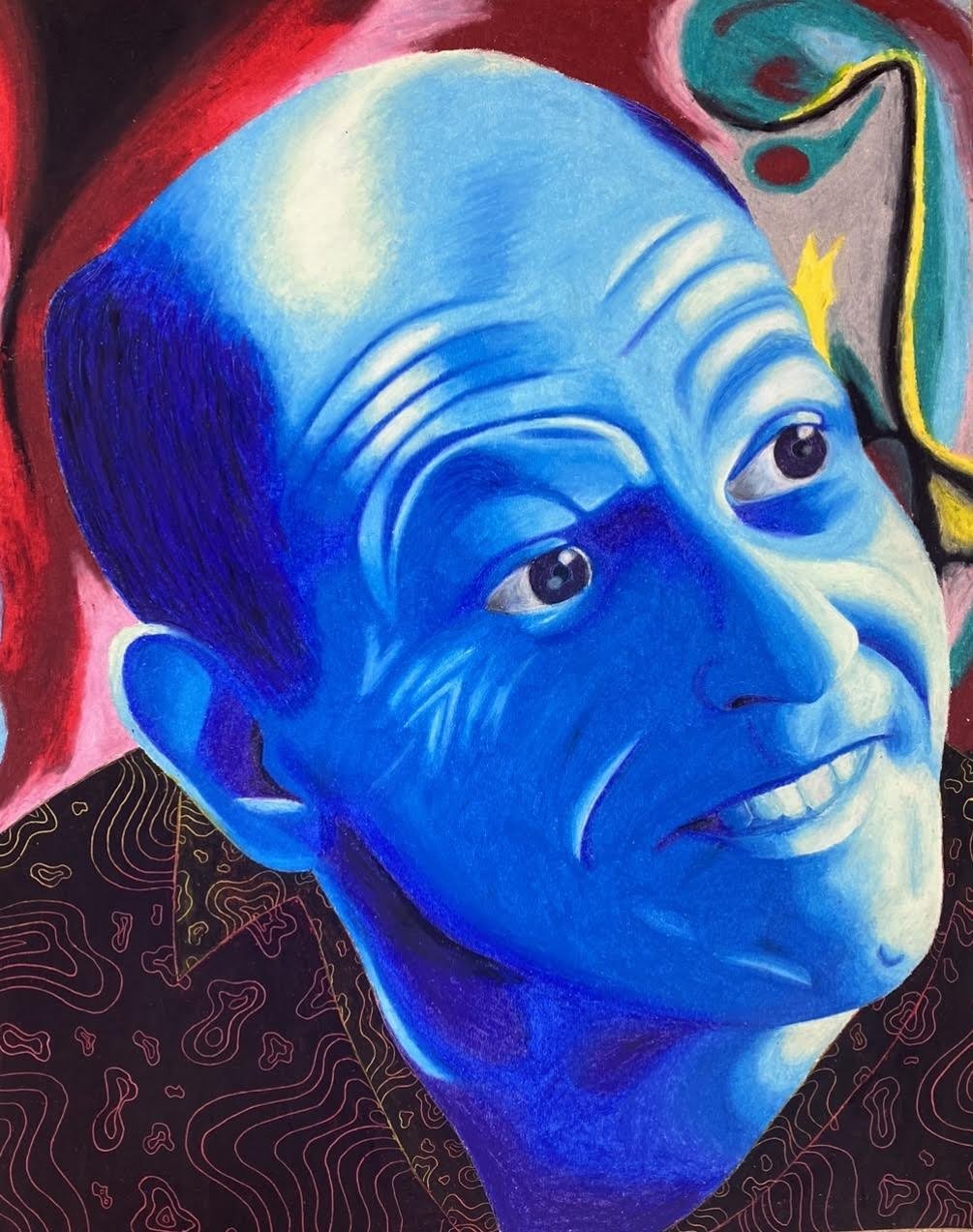
Book Alyse for Private Art Lessons
alysekeith.art@gmail.com
55 Atlanta St. SE #115
Marietta, GA 30060